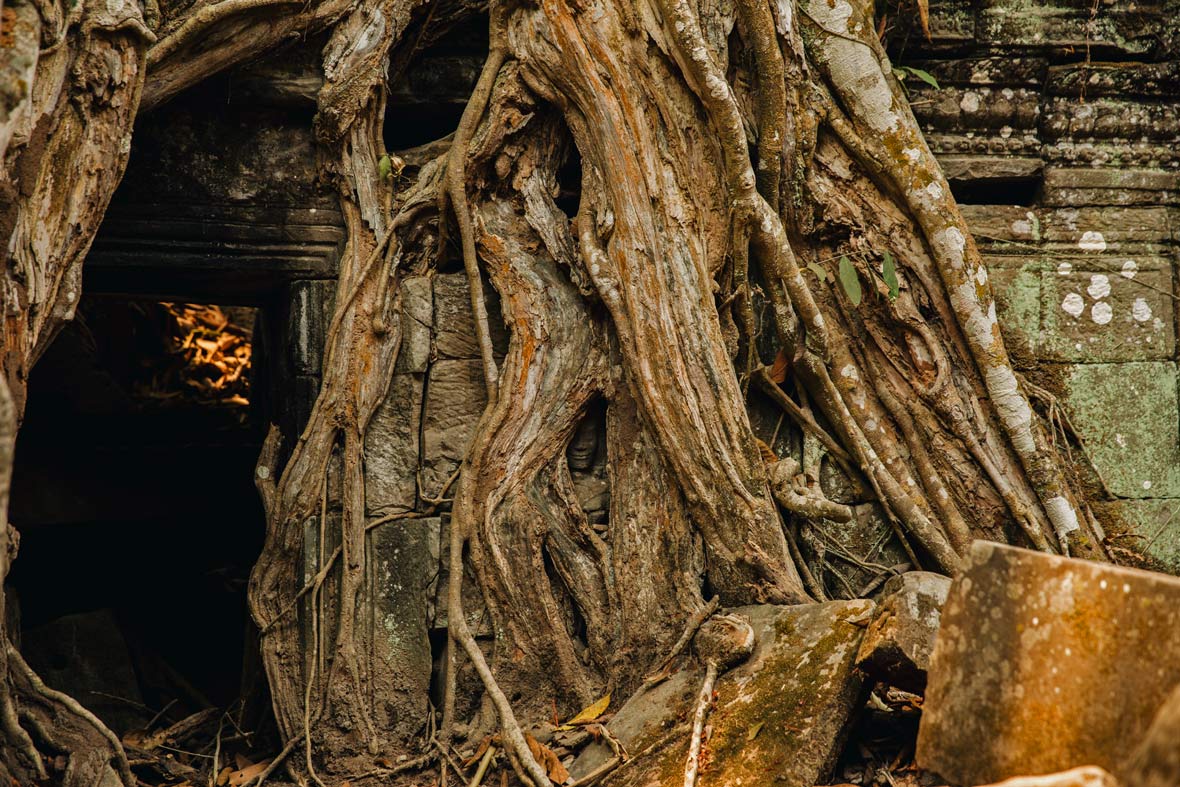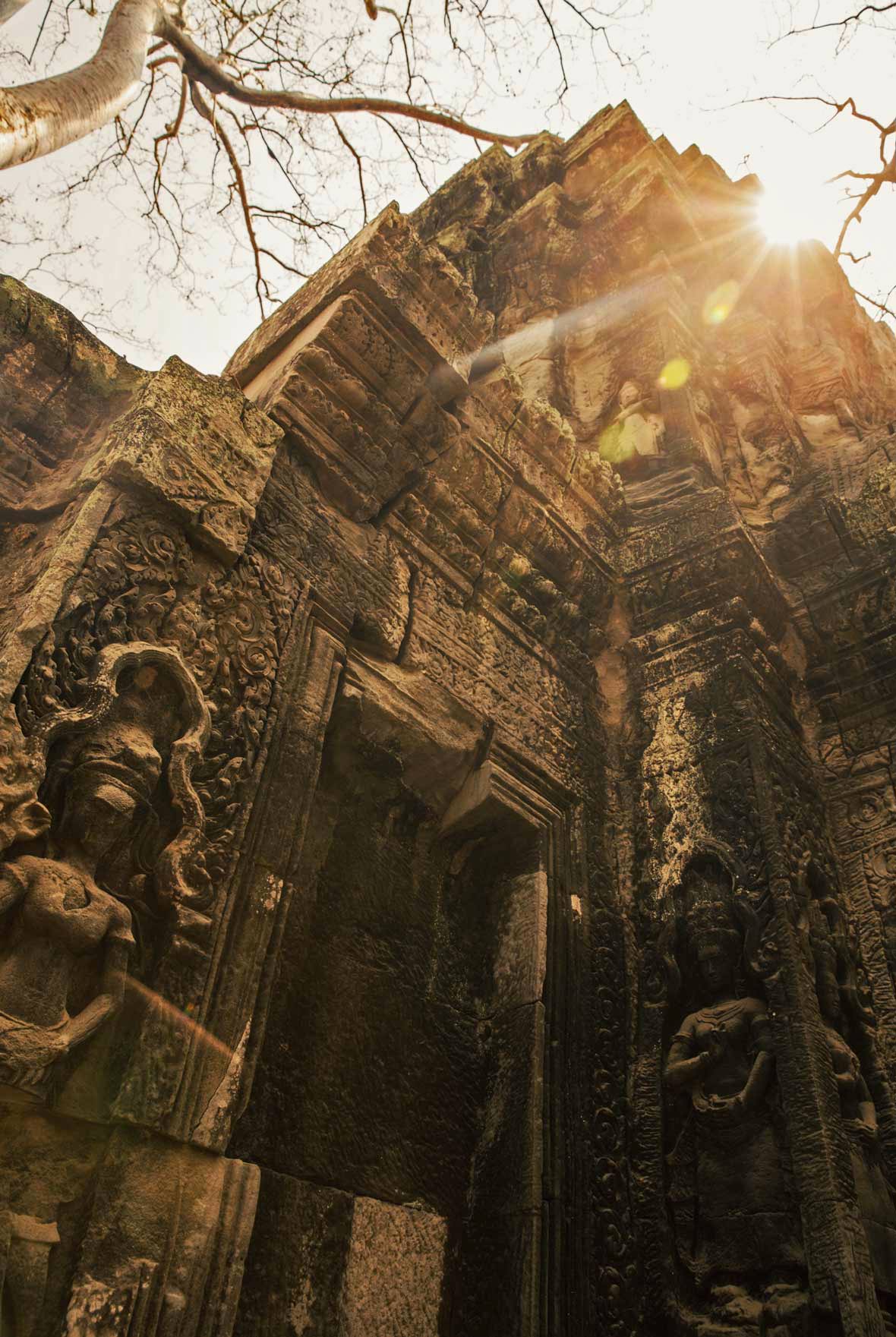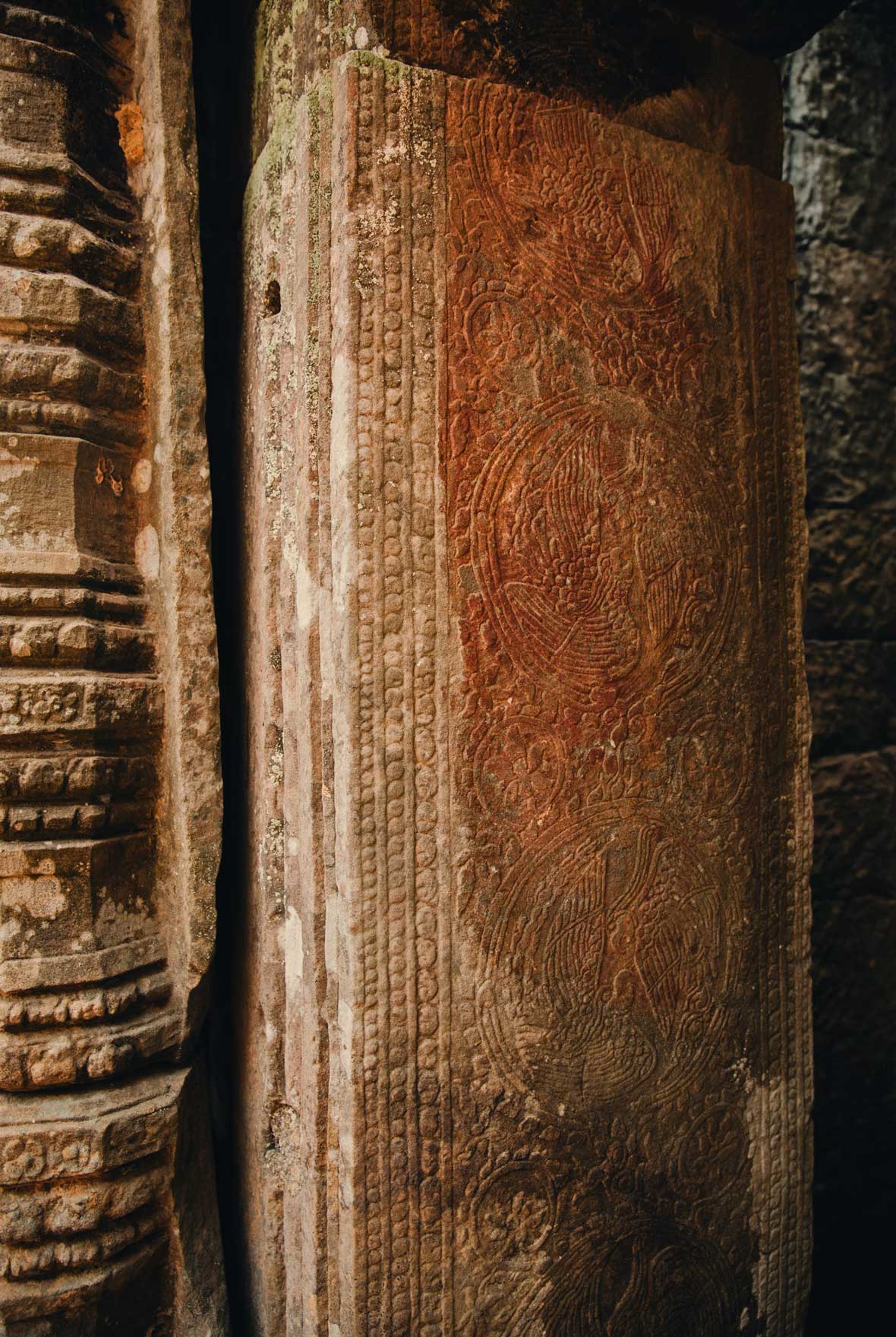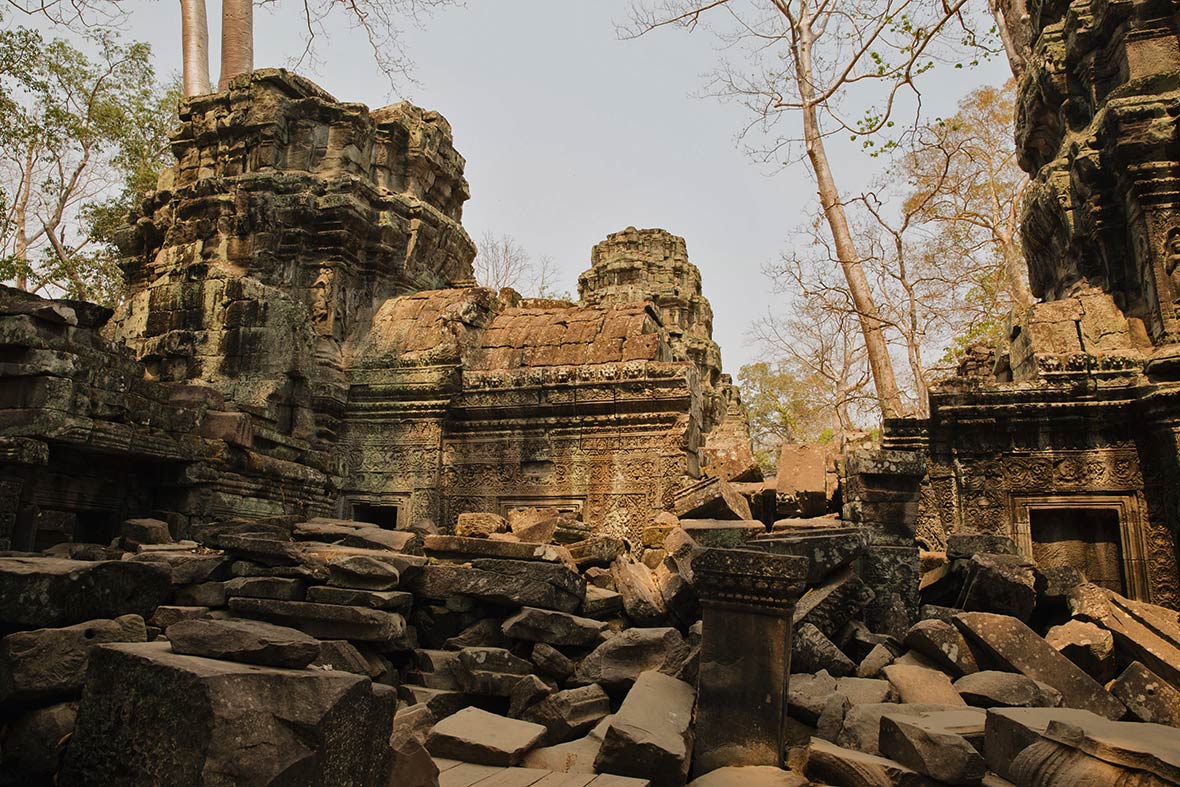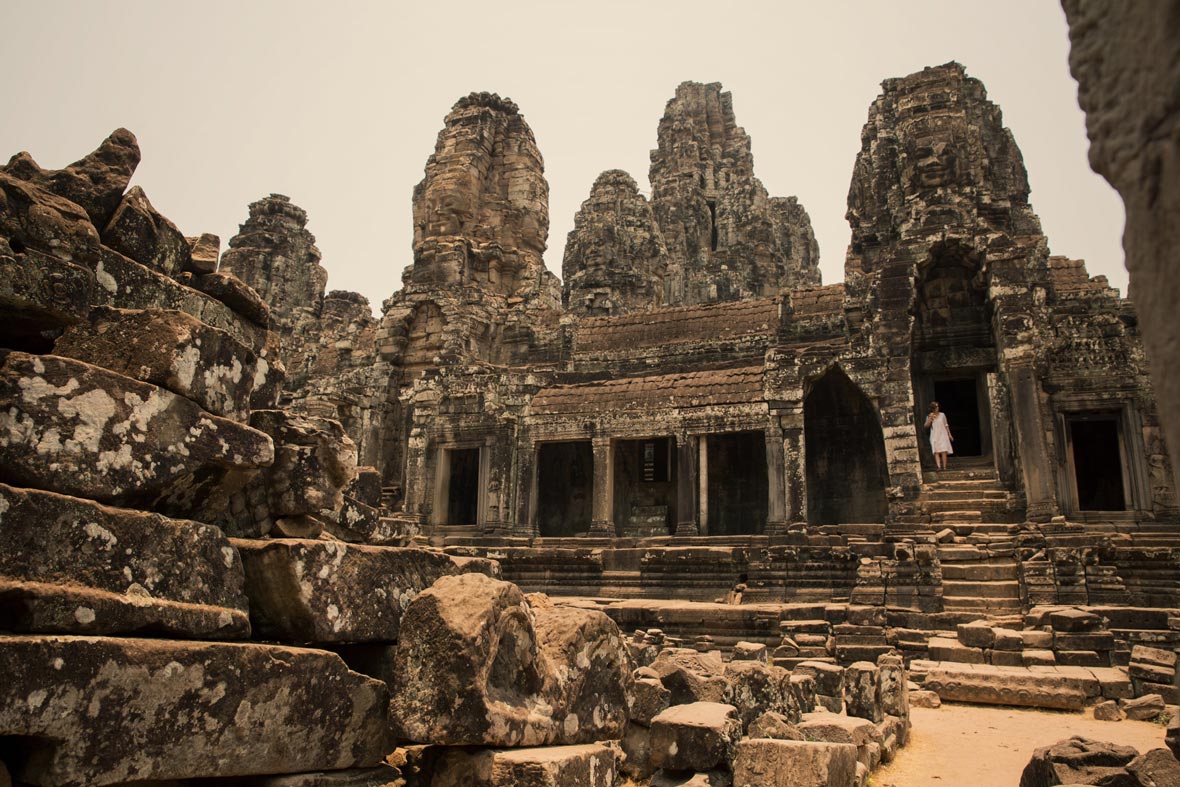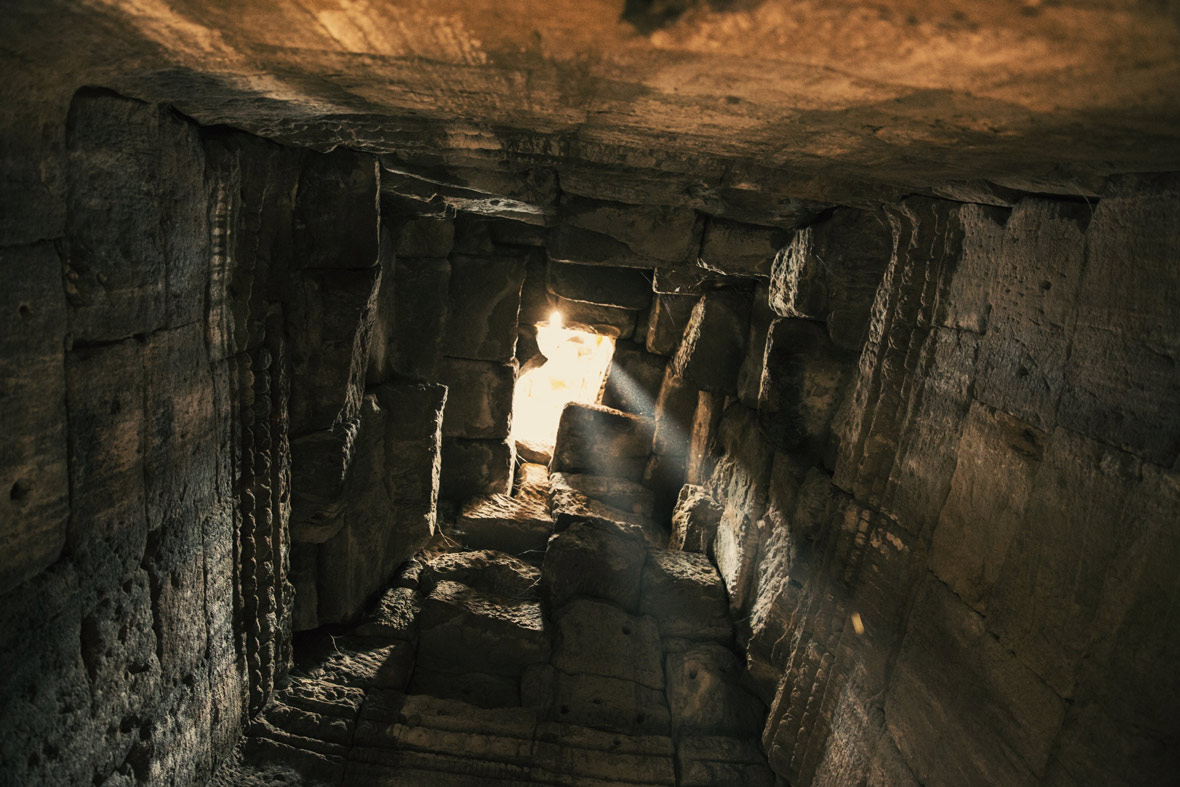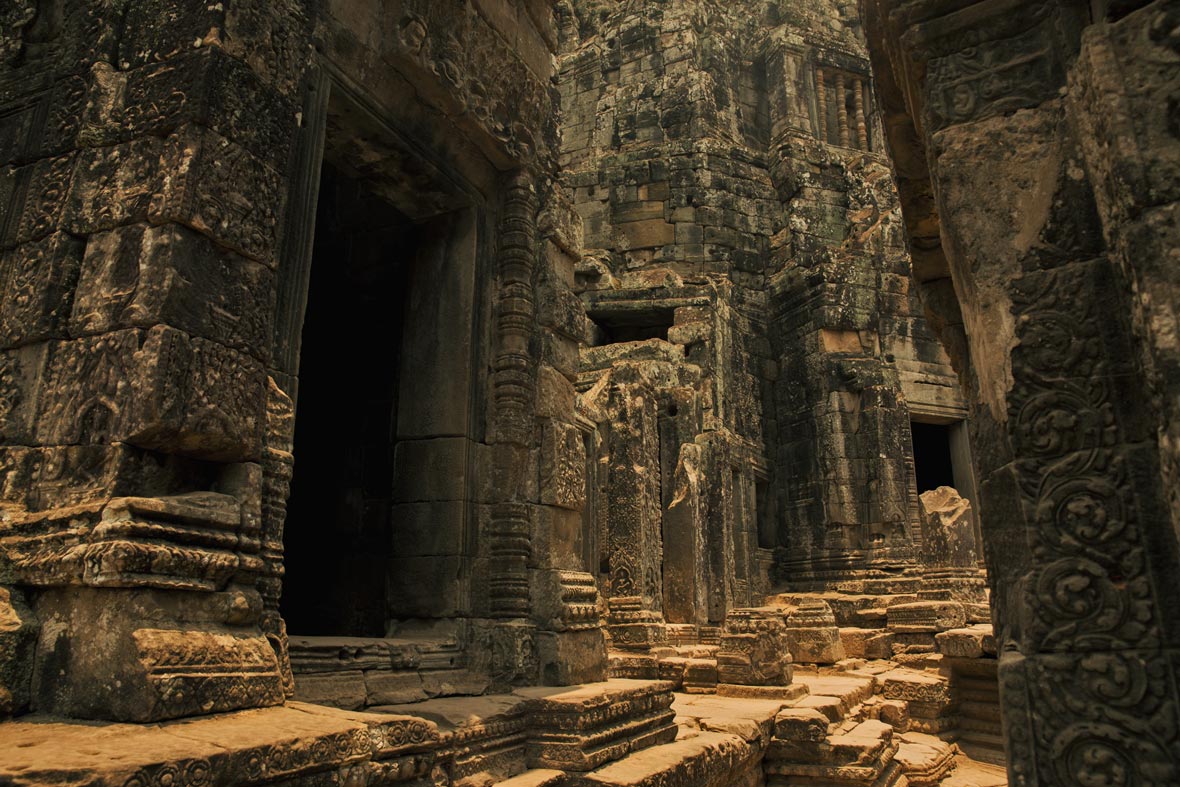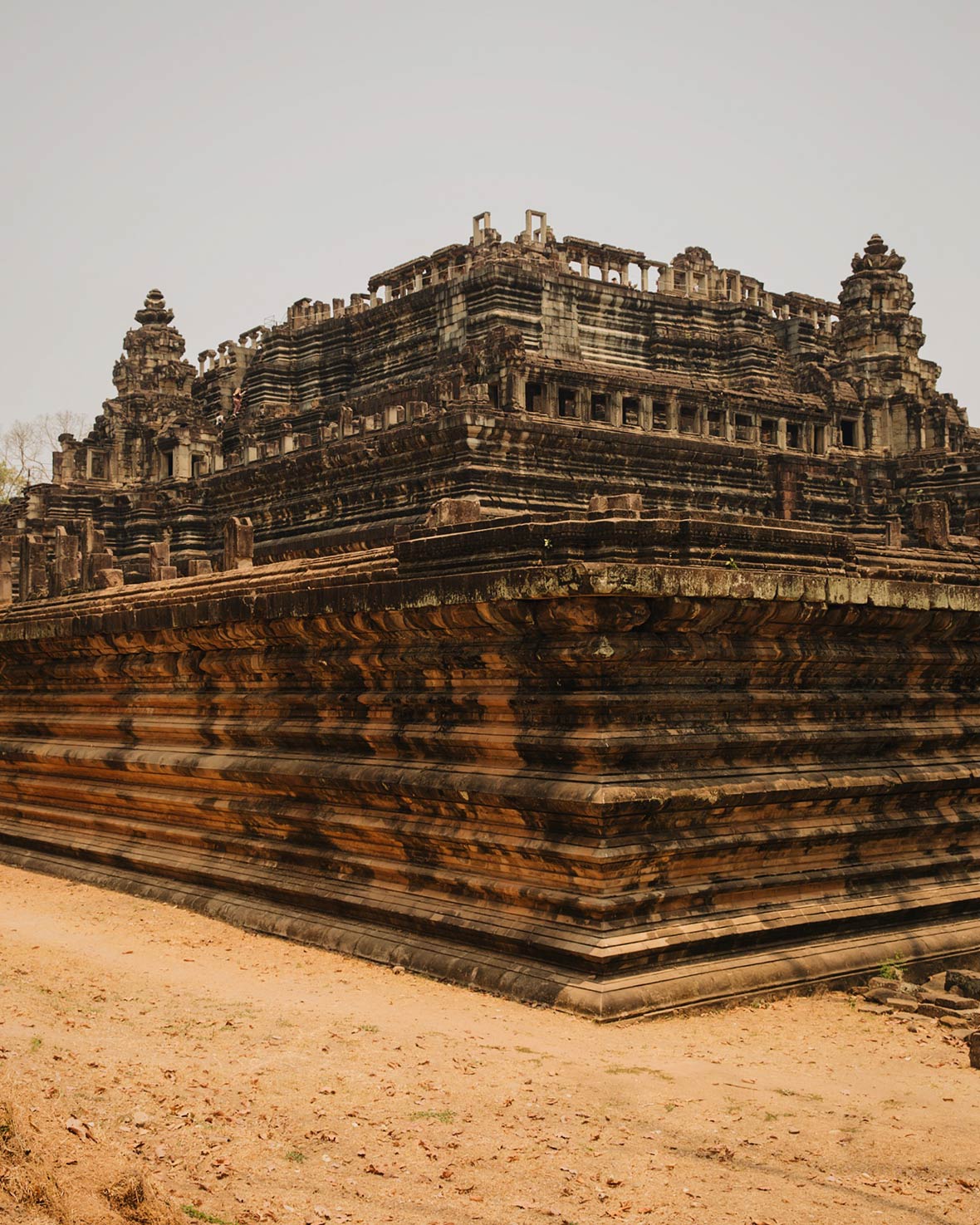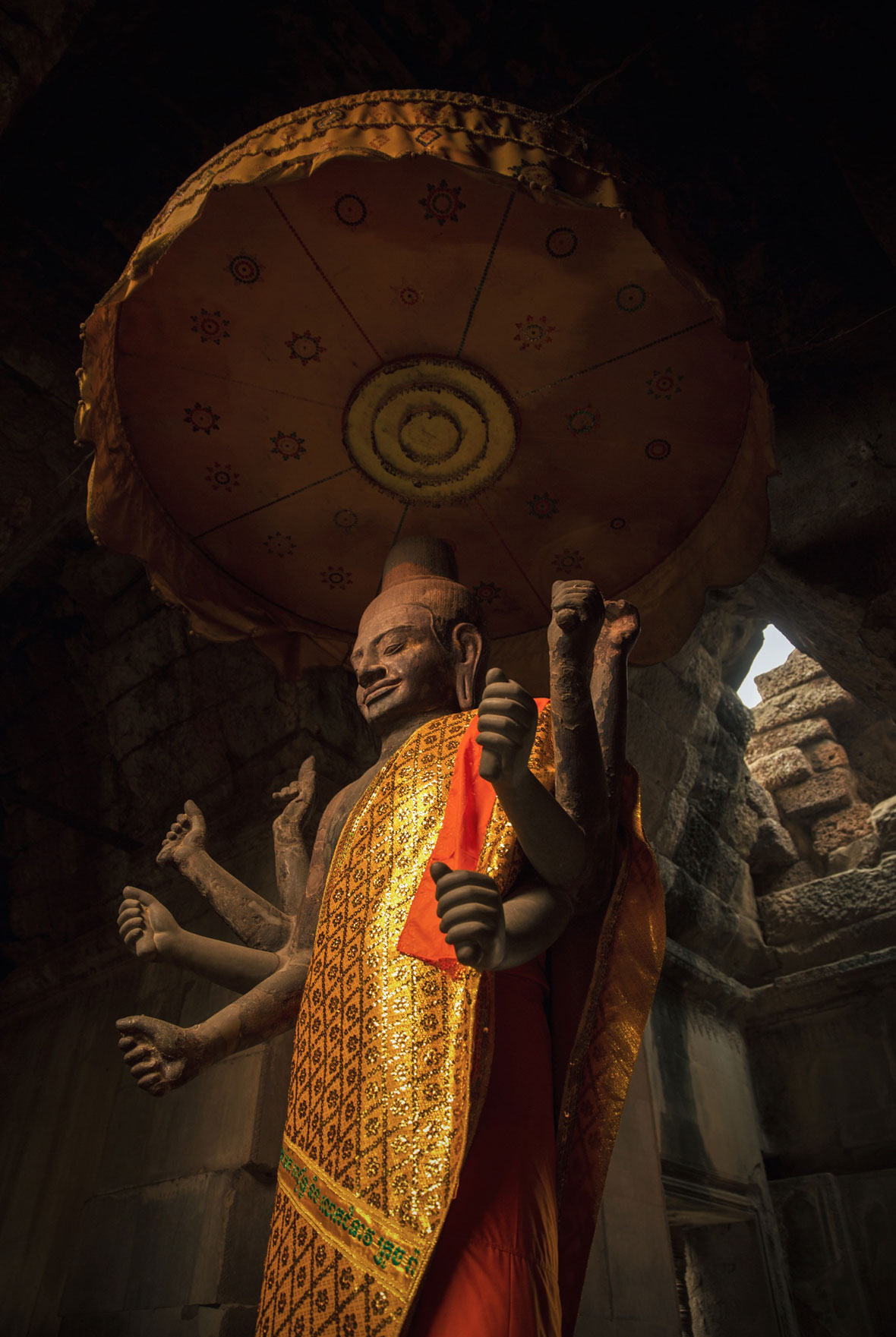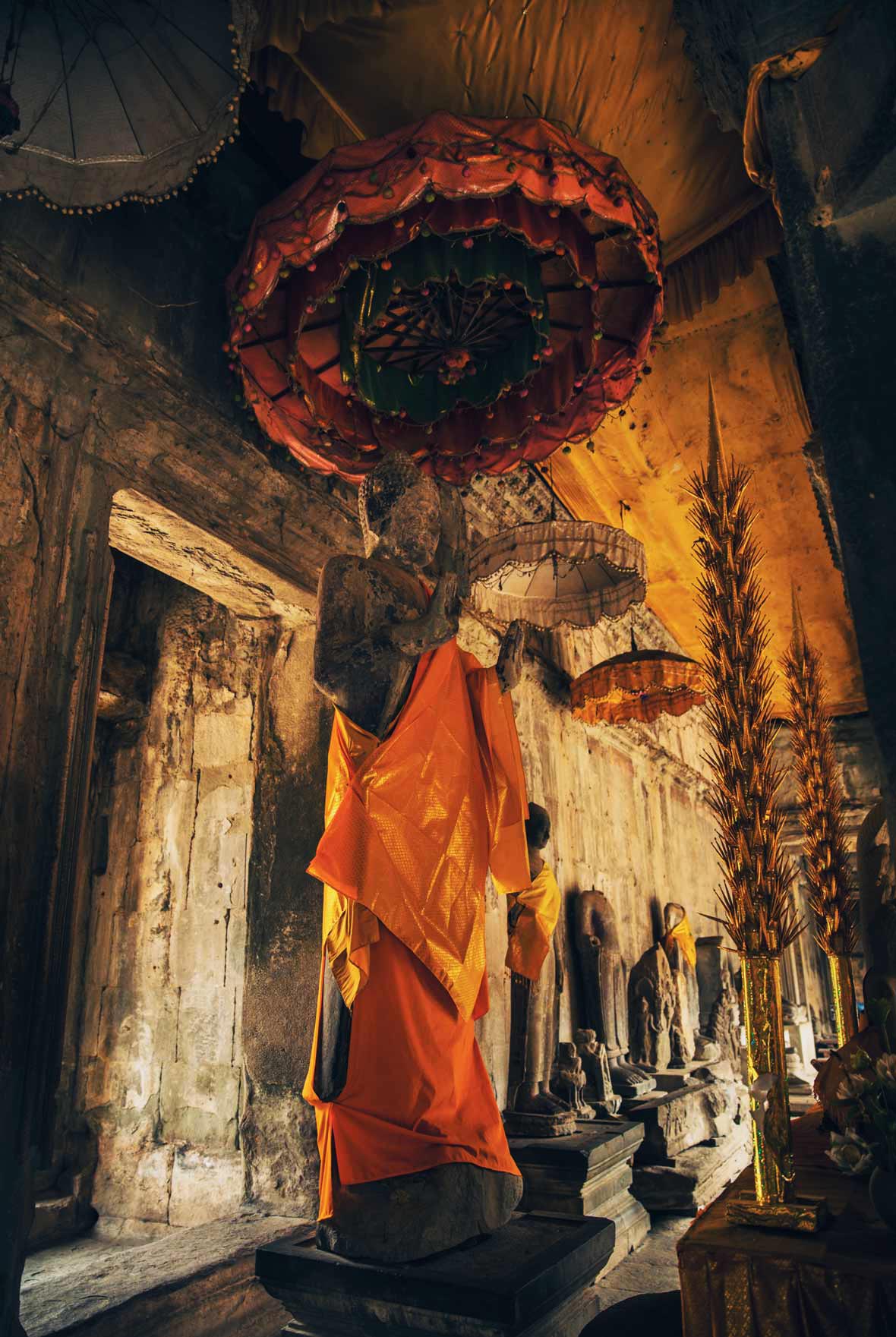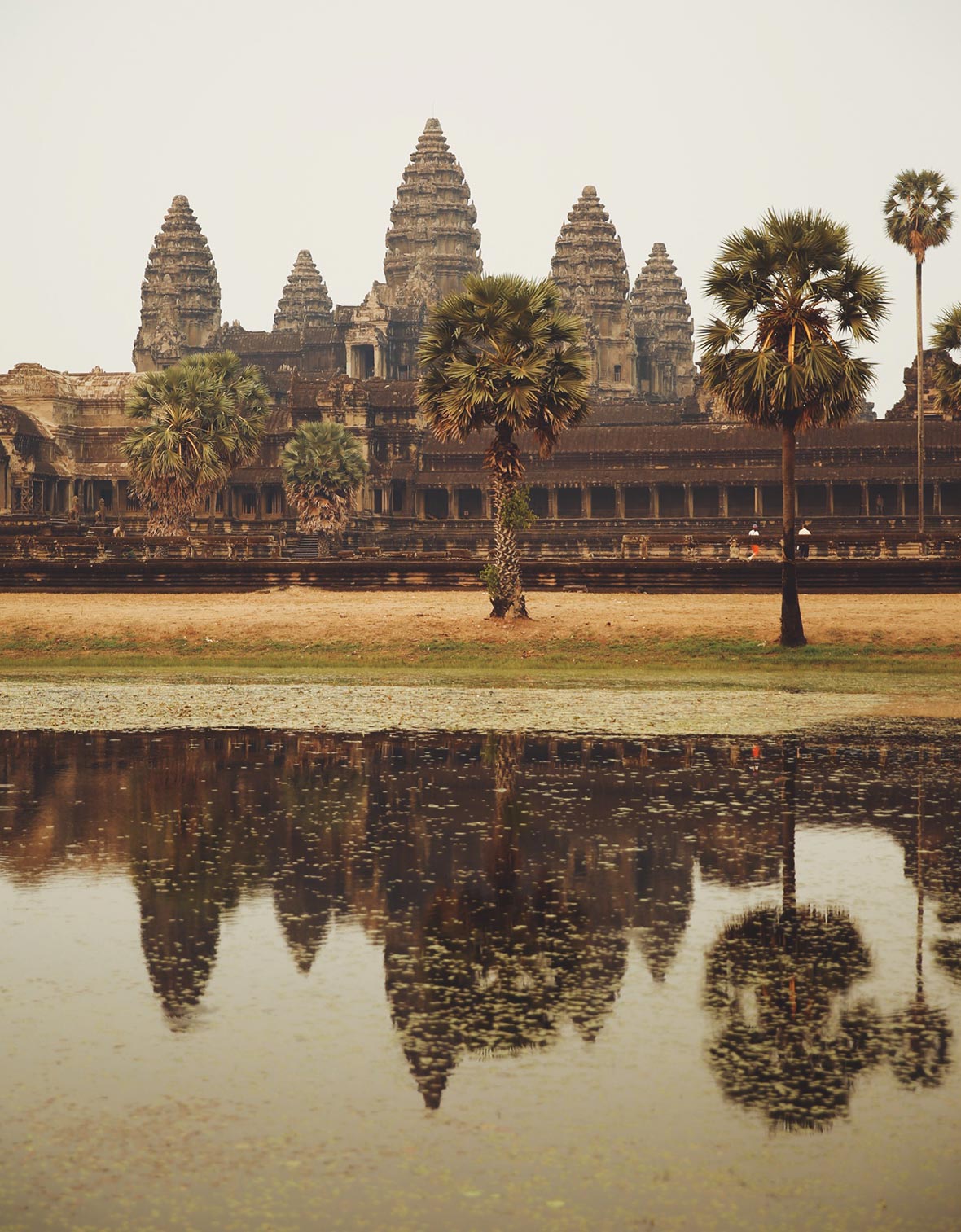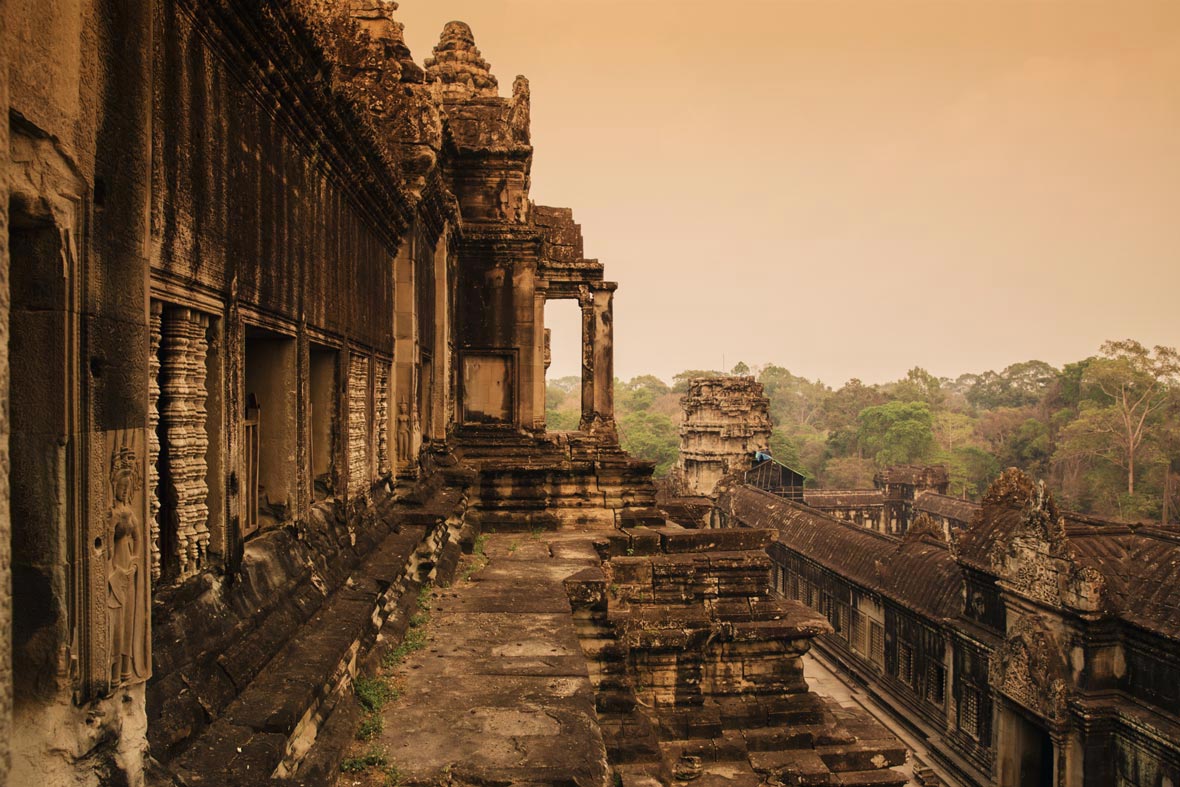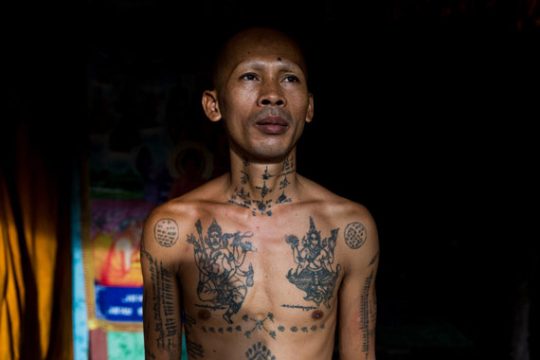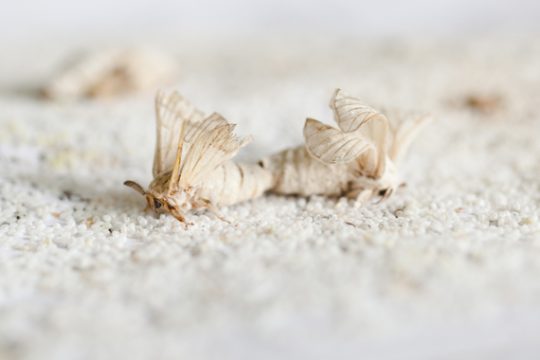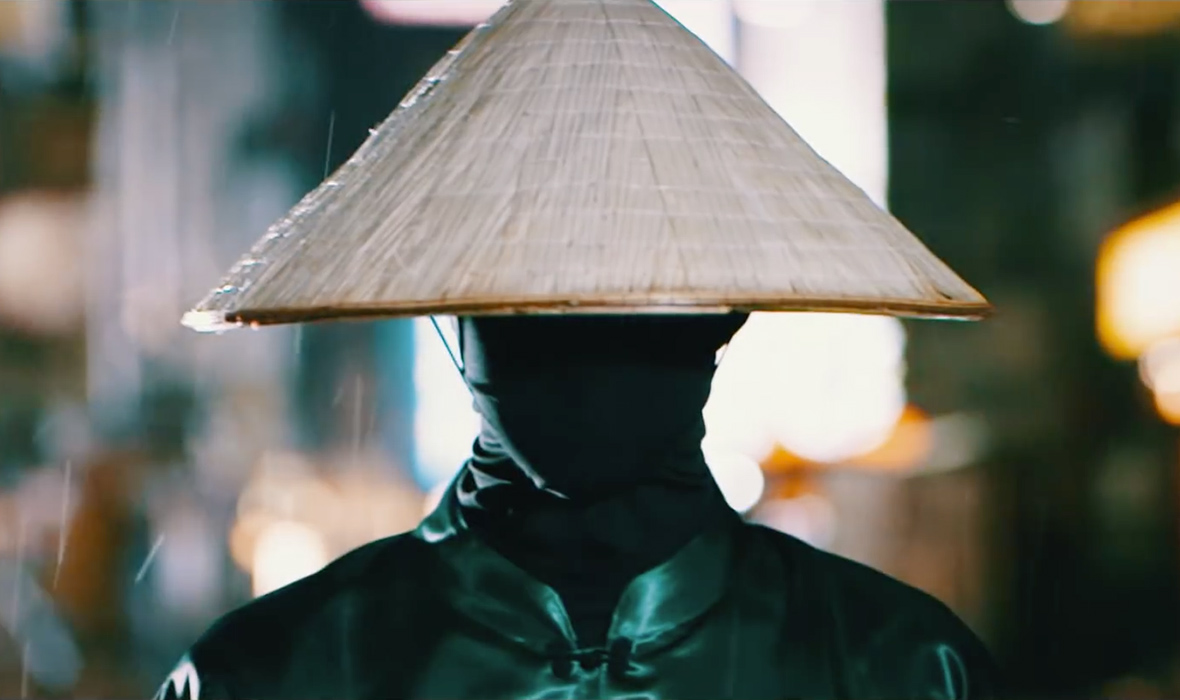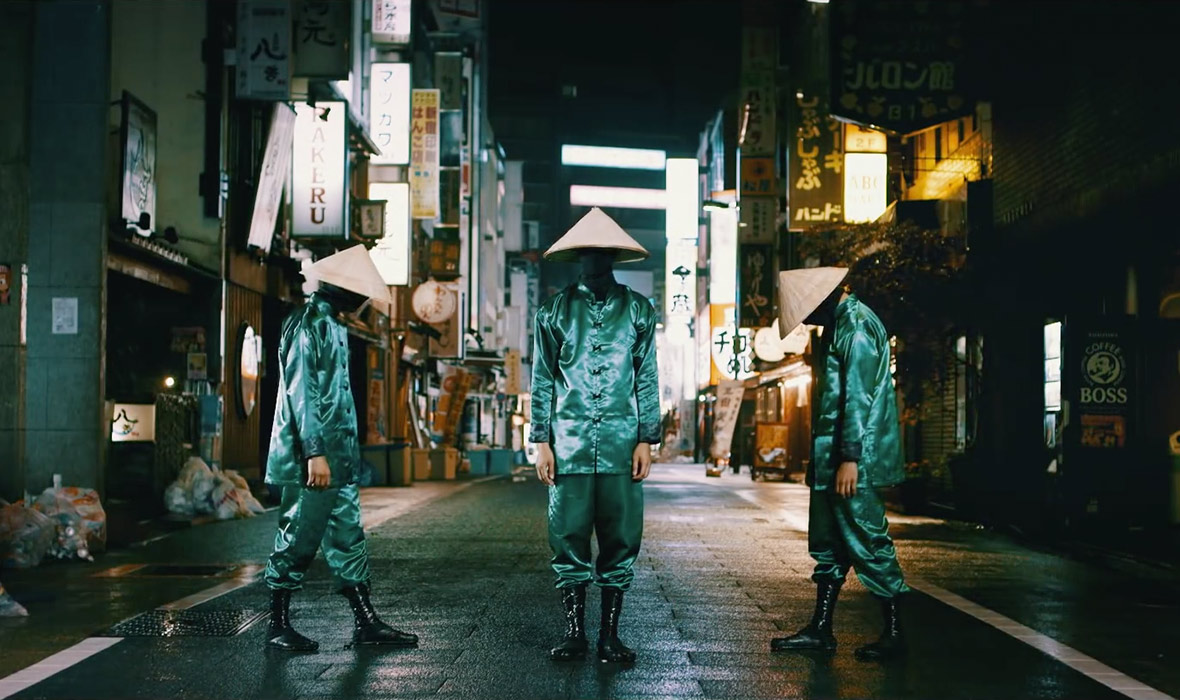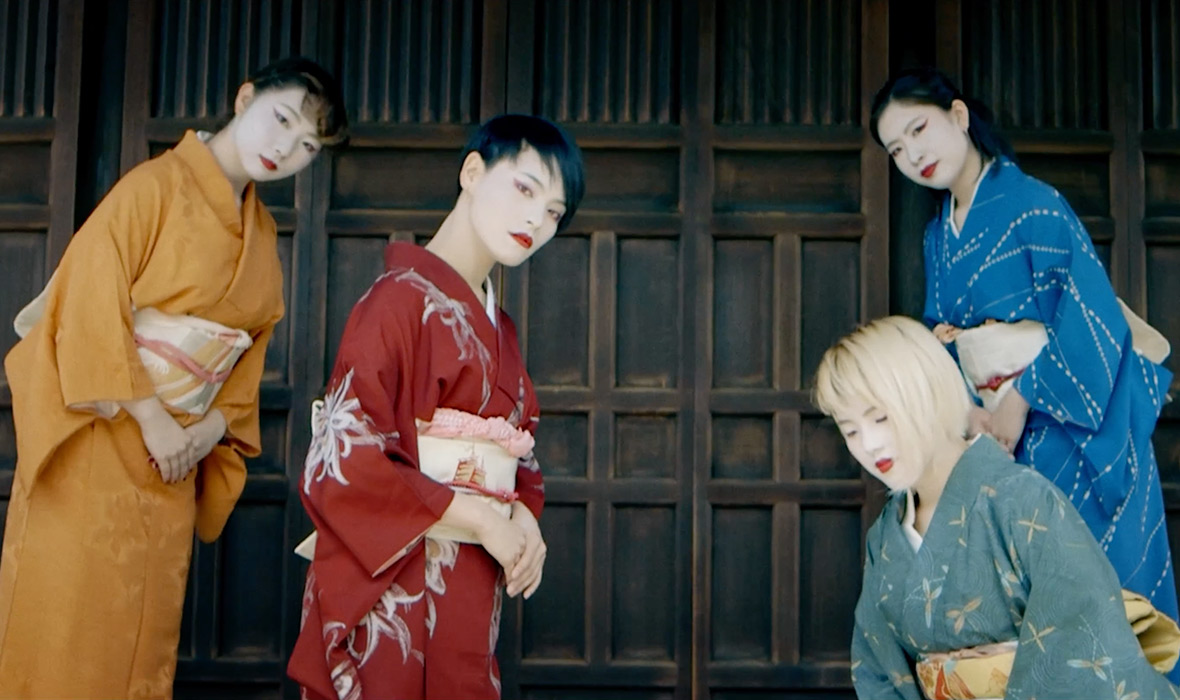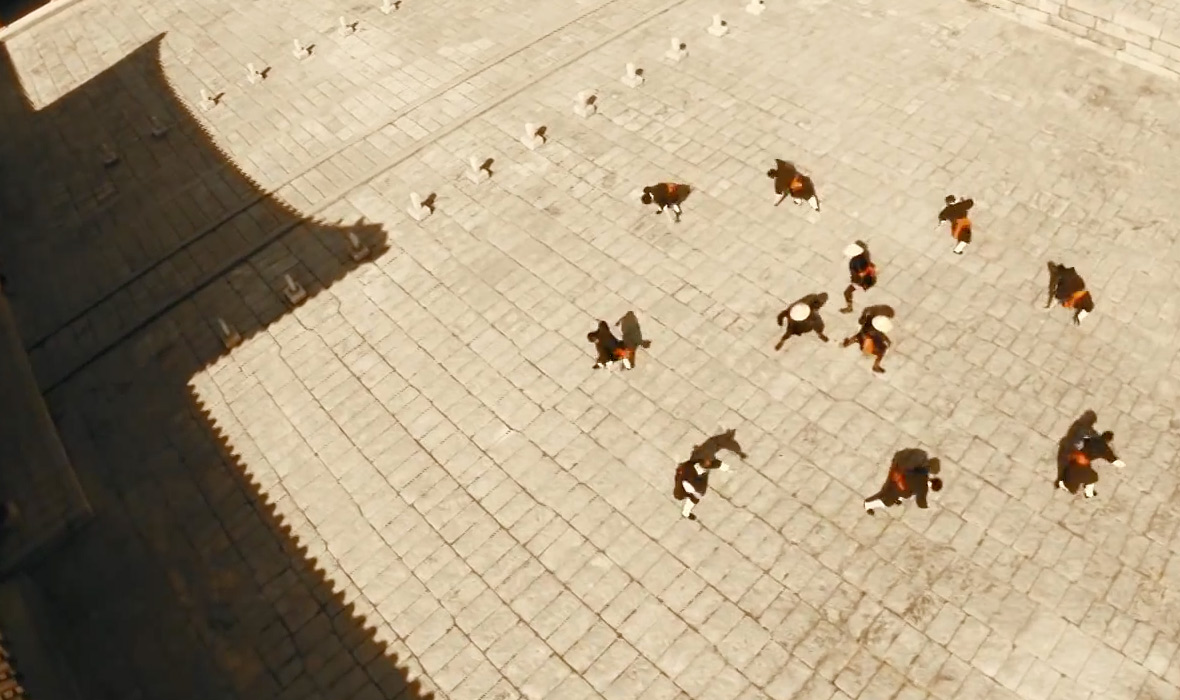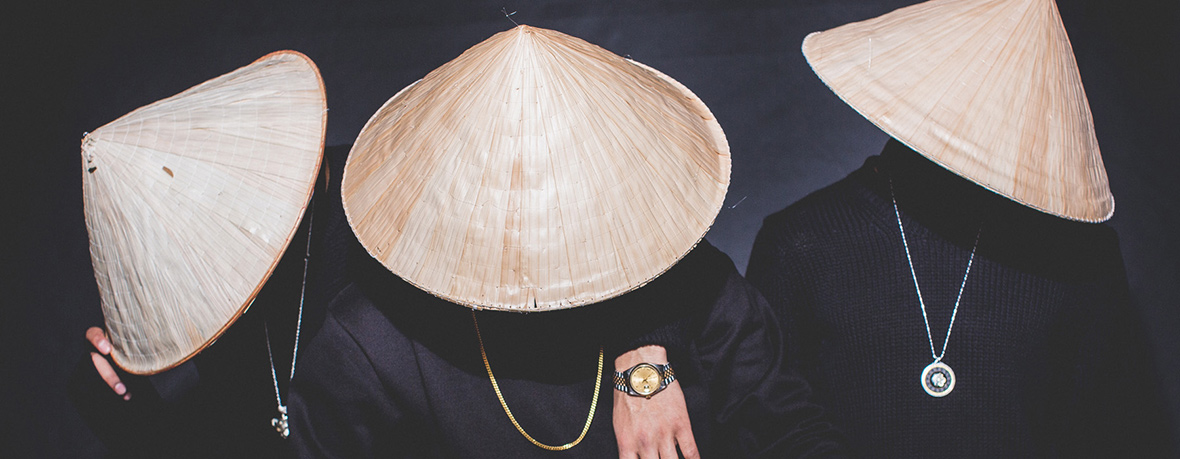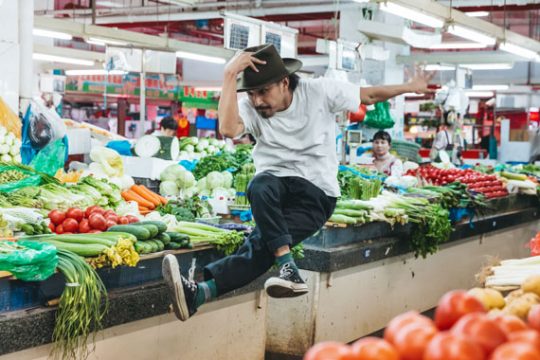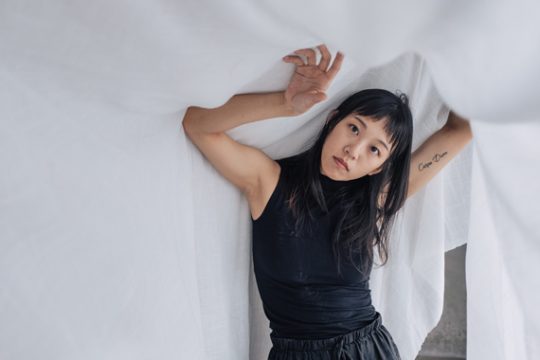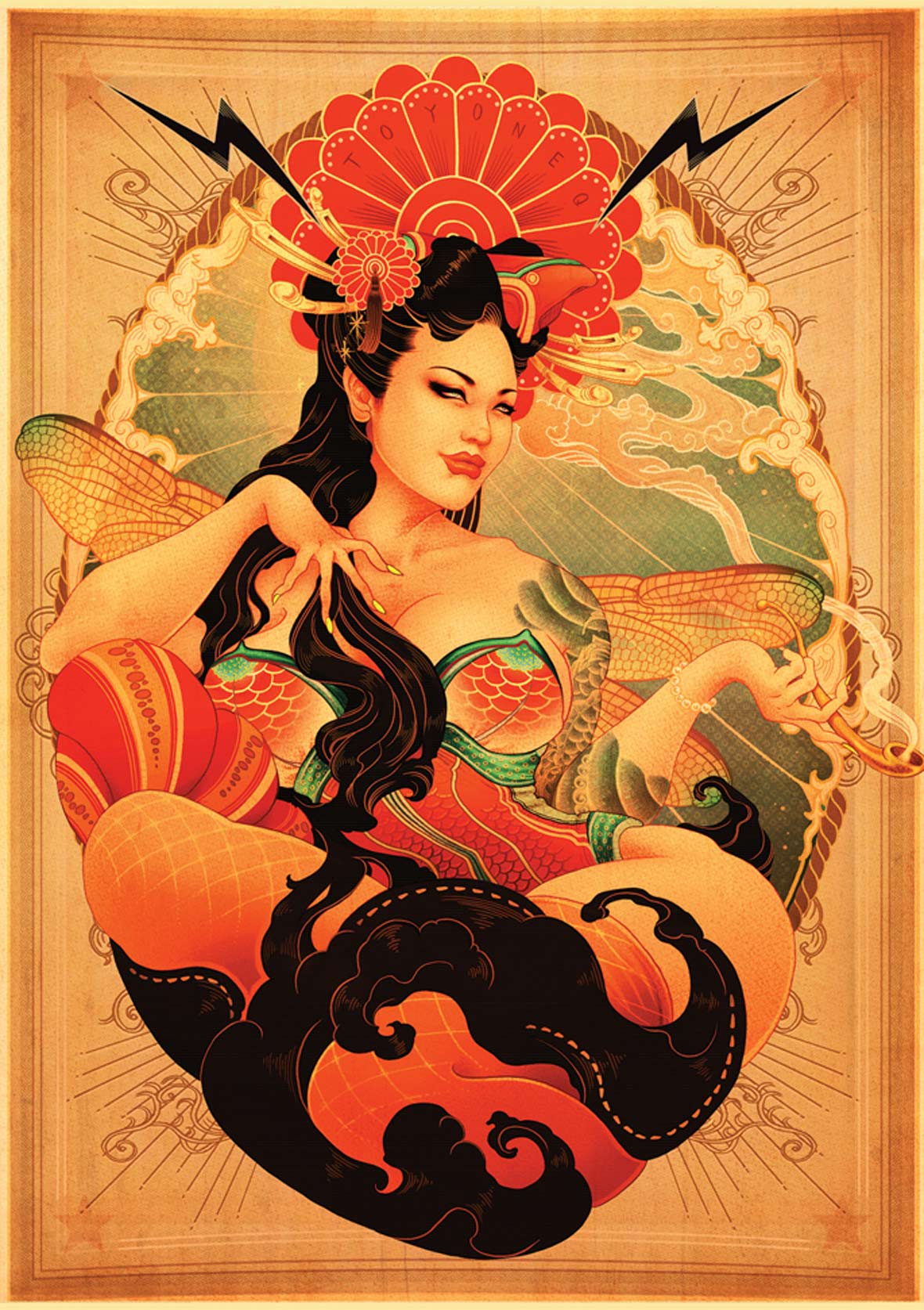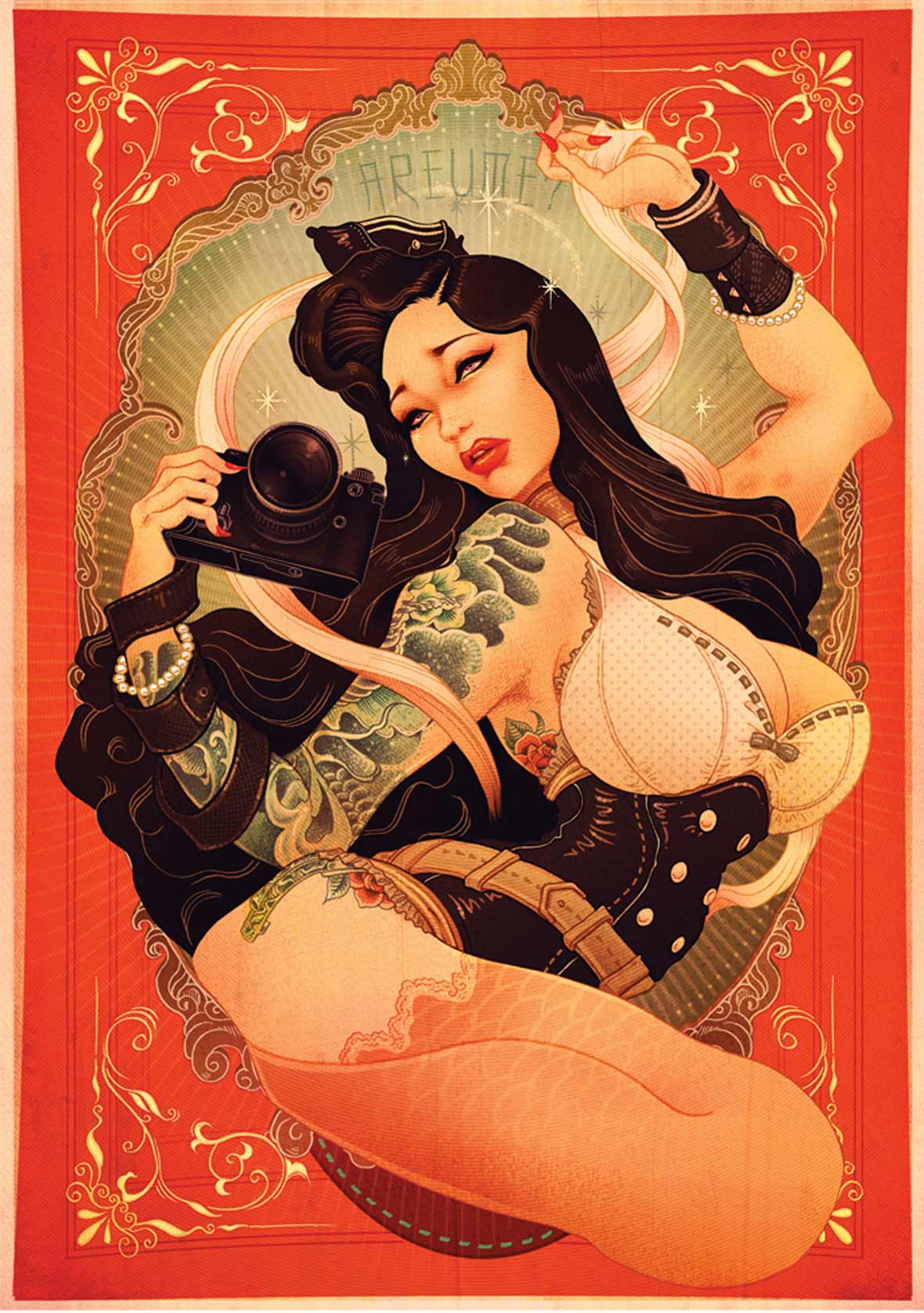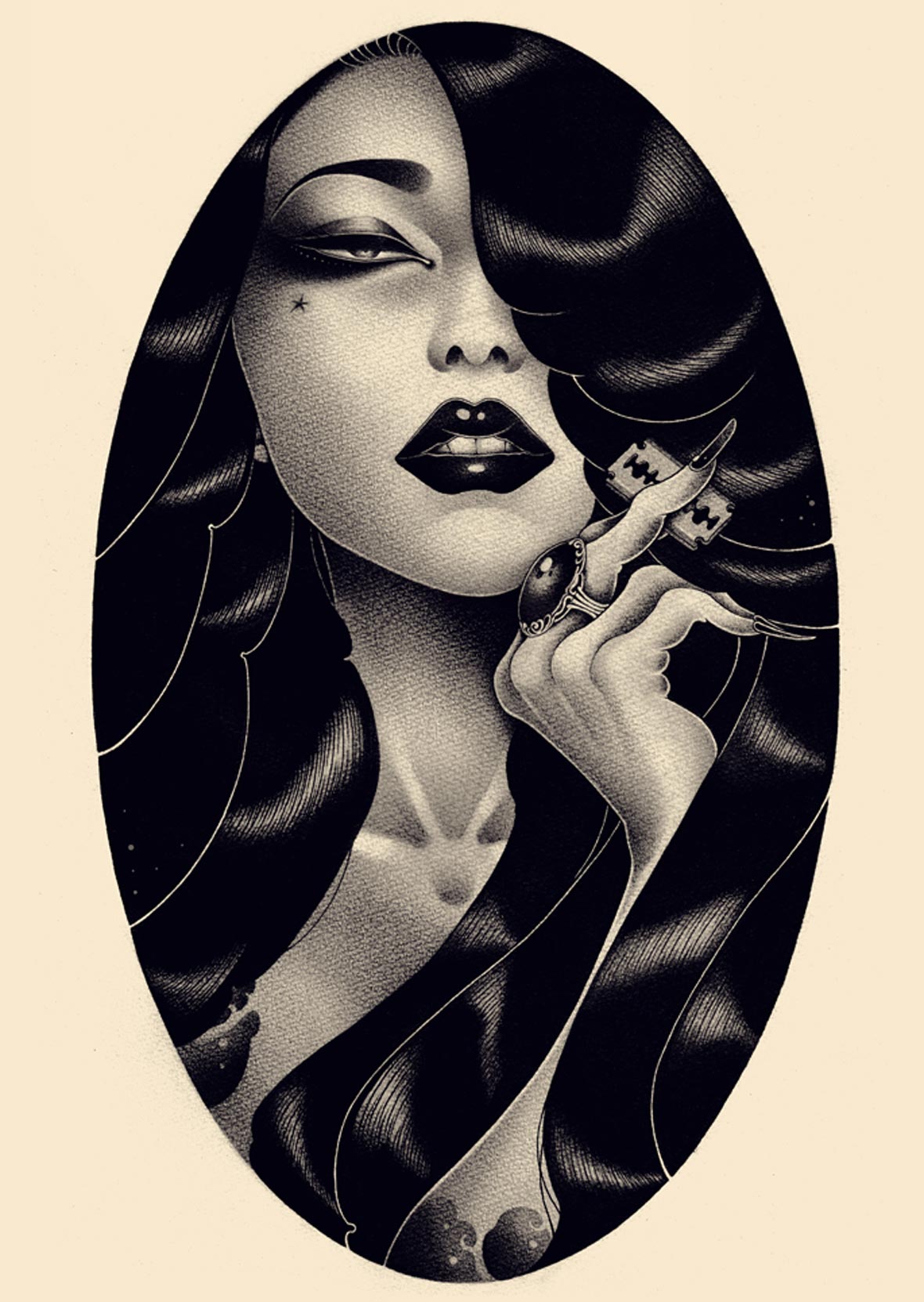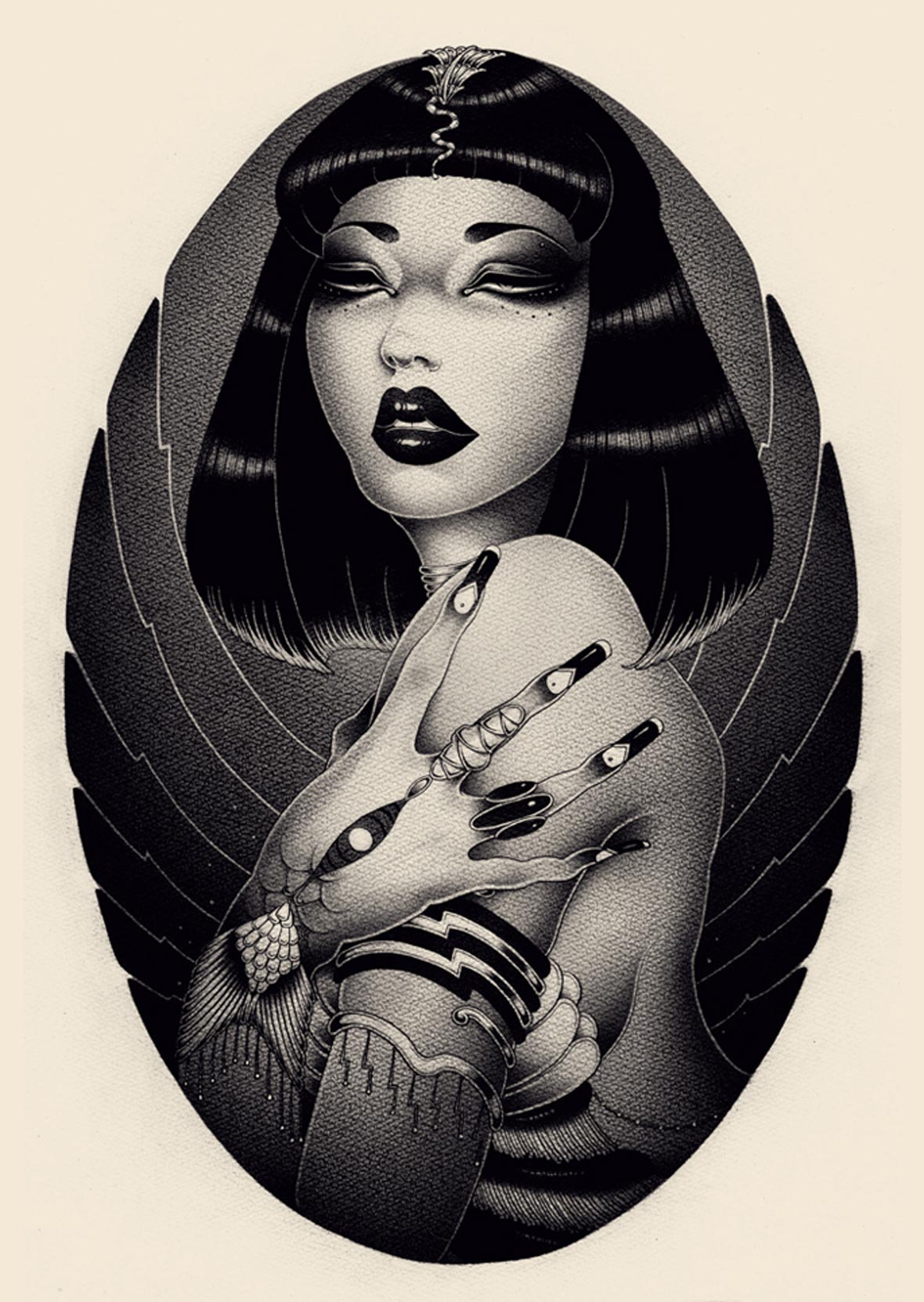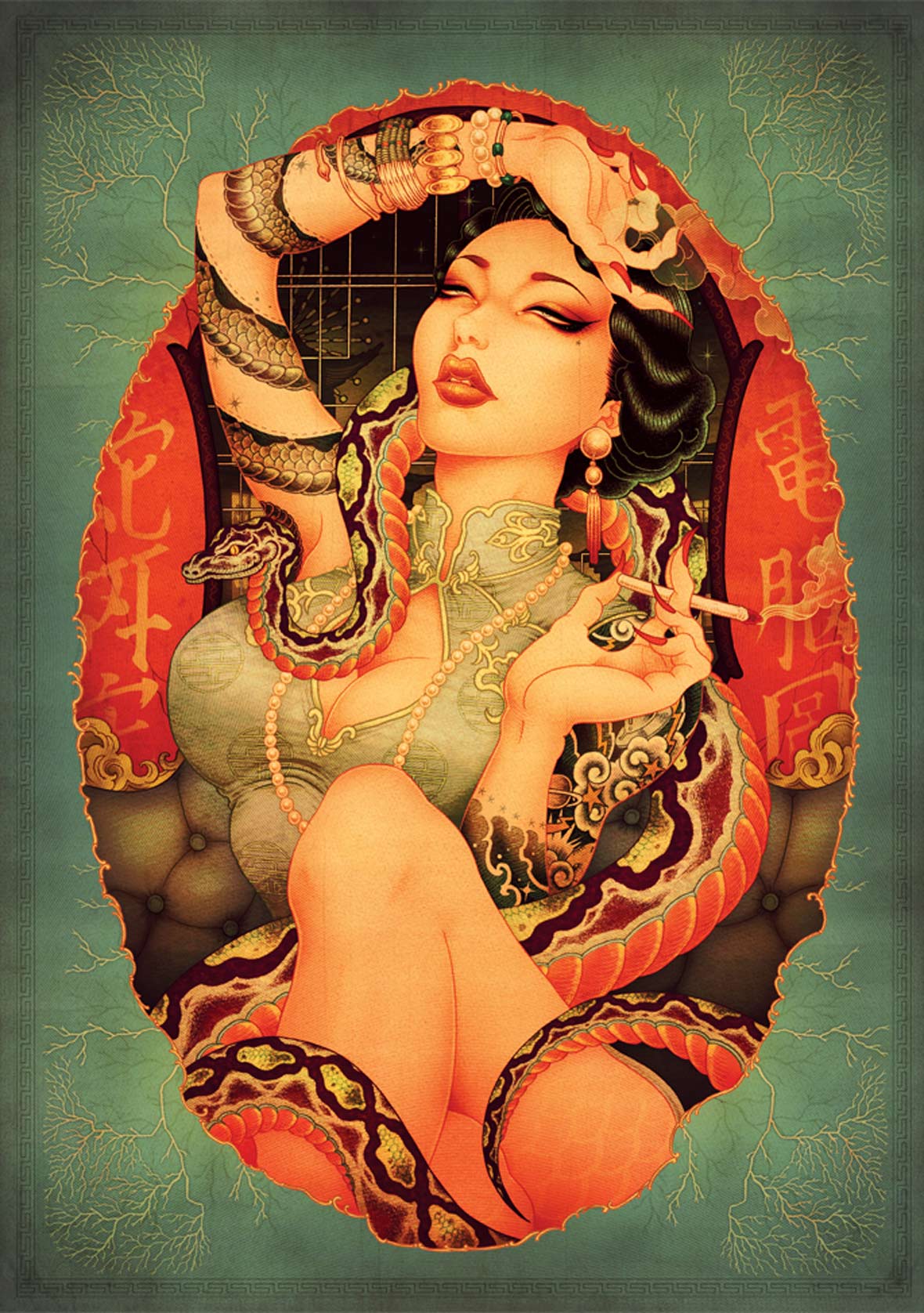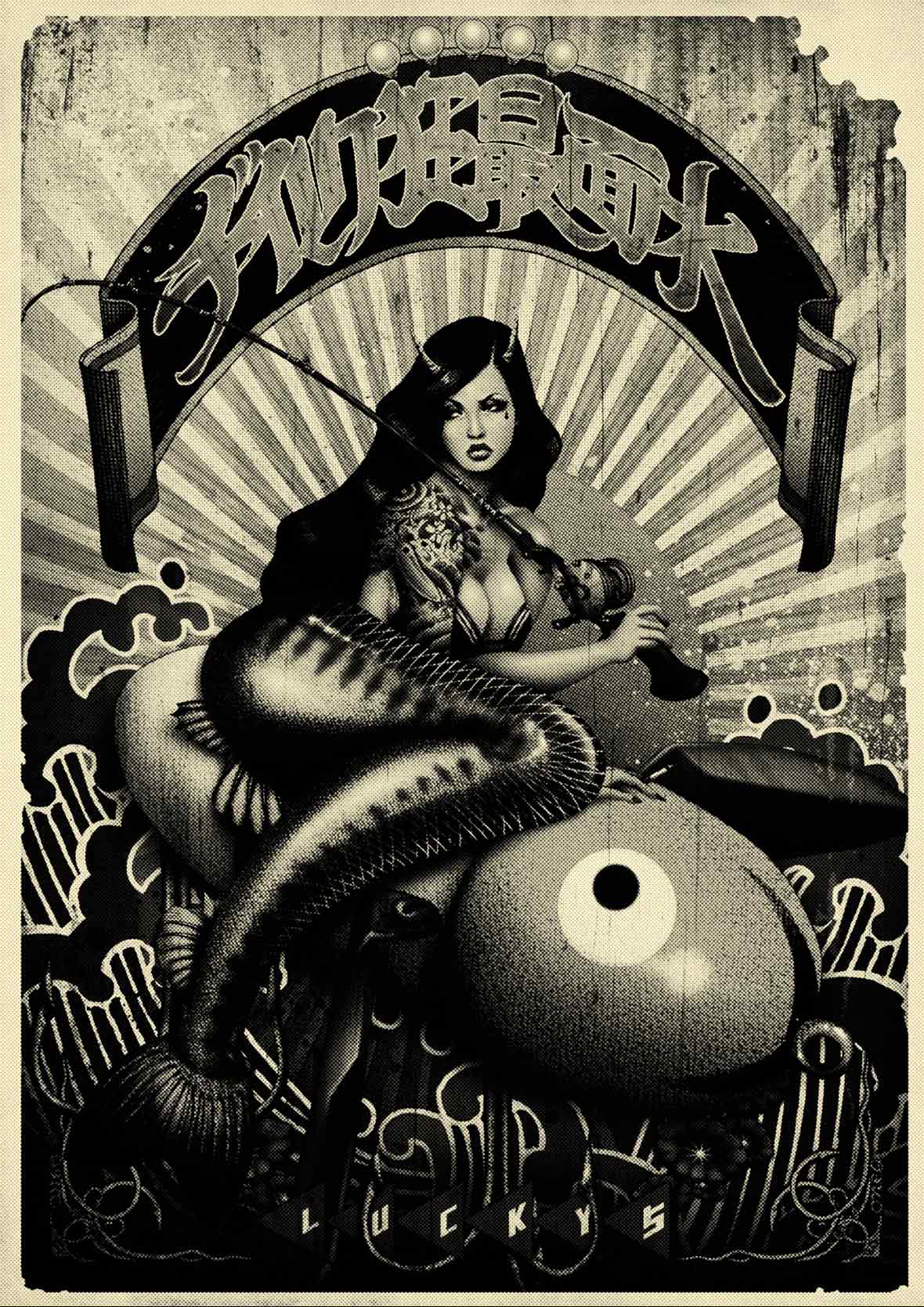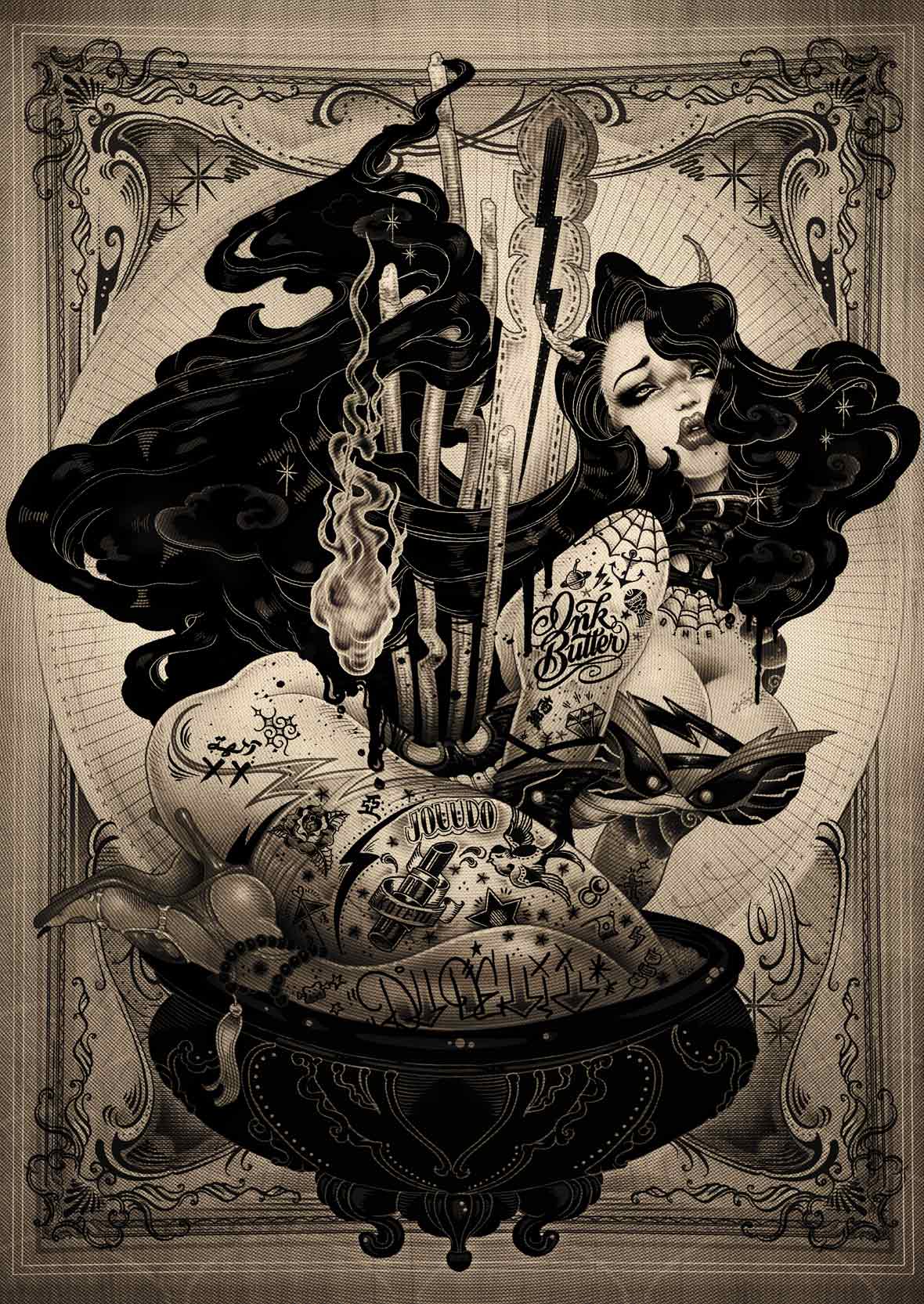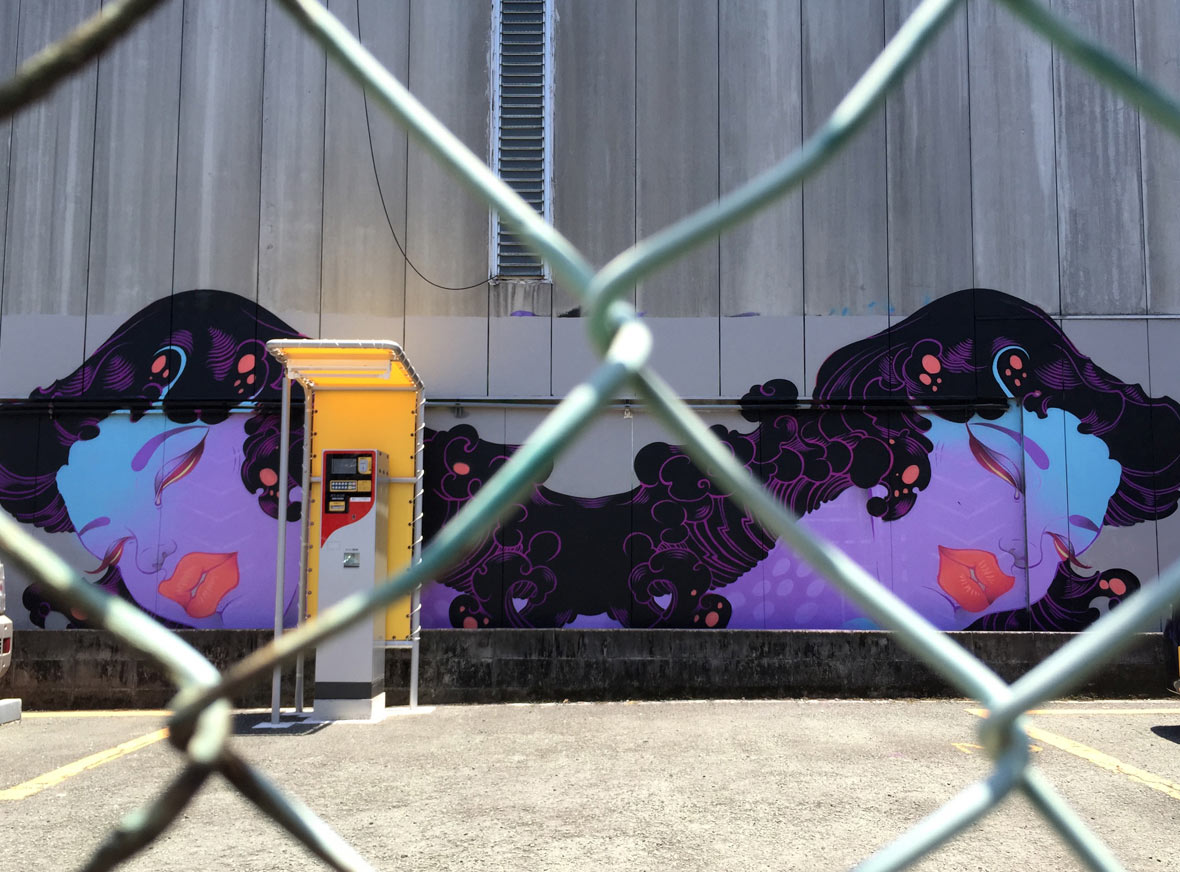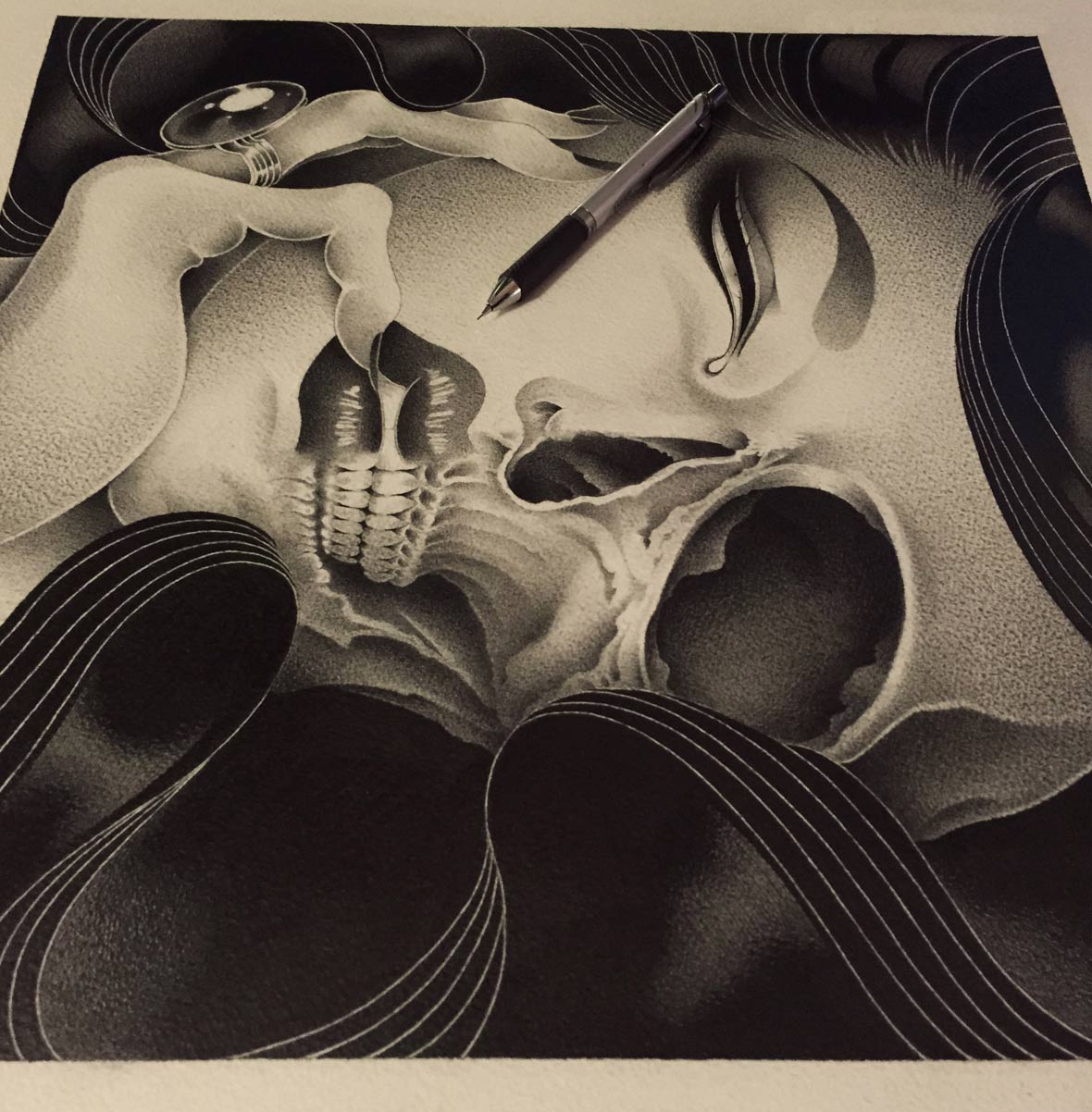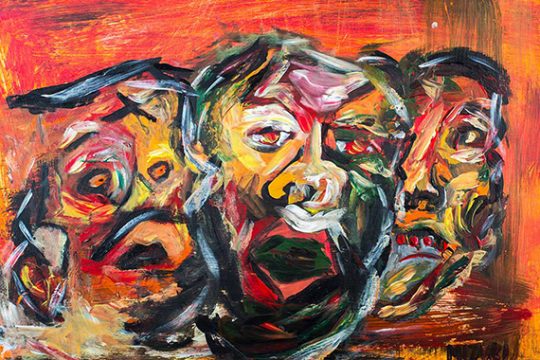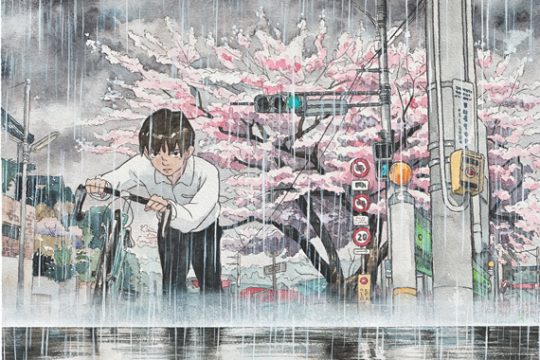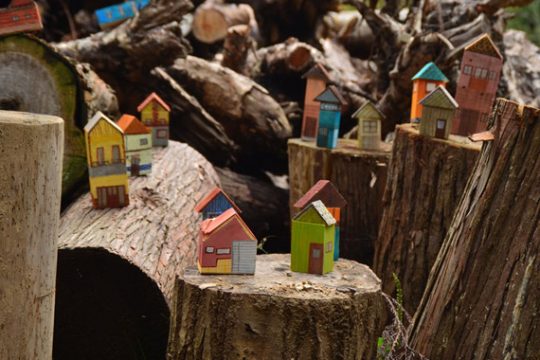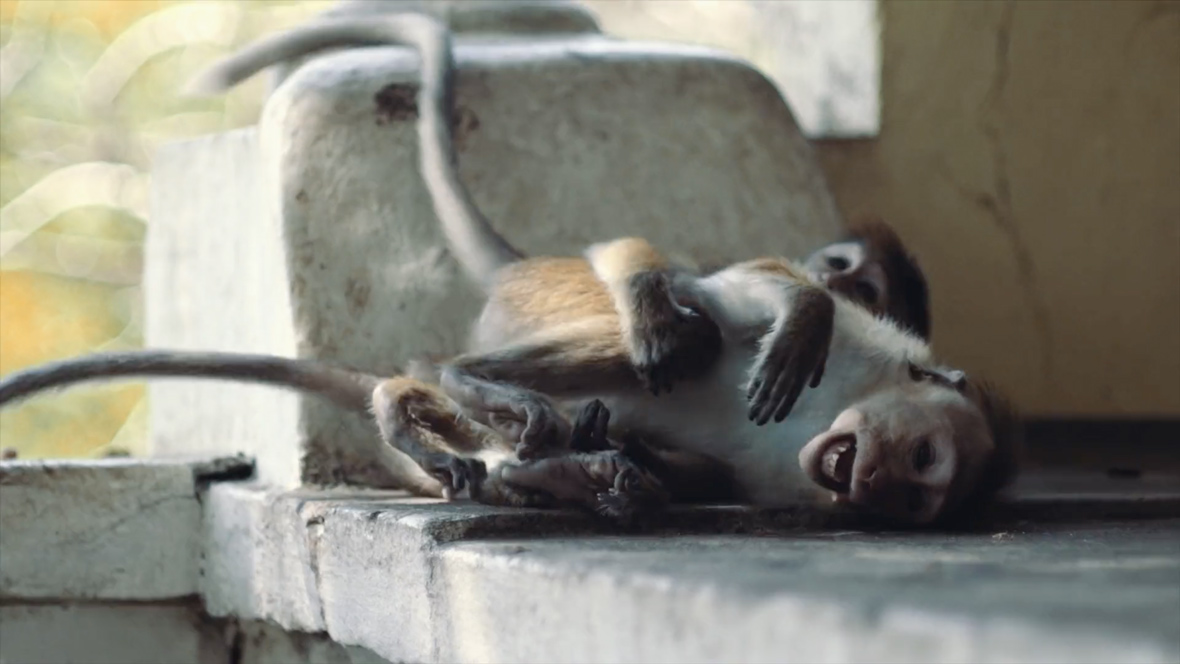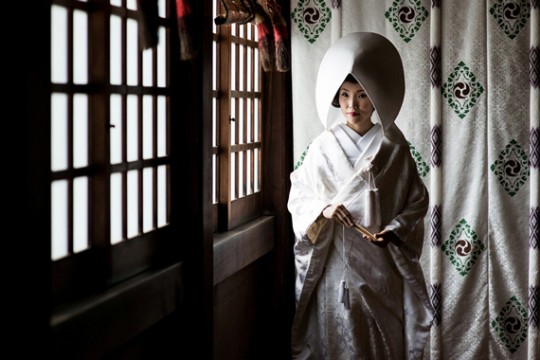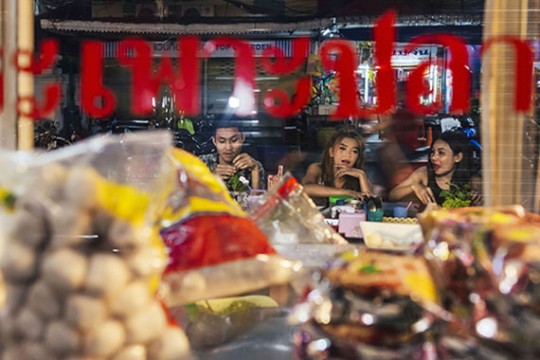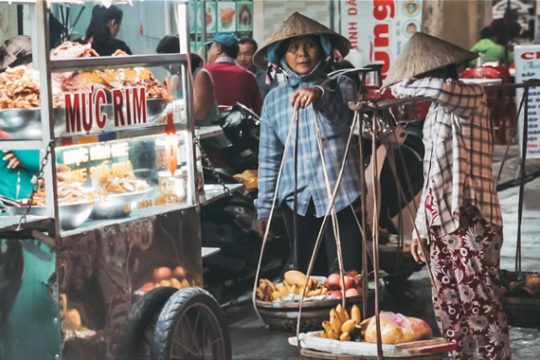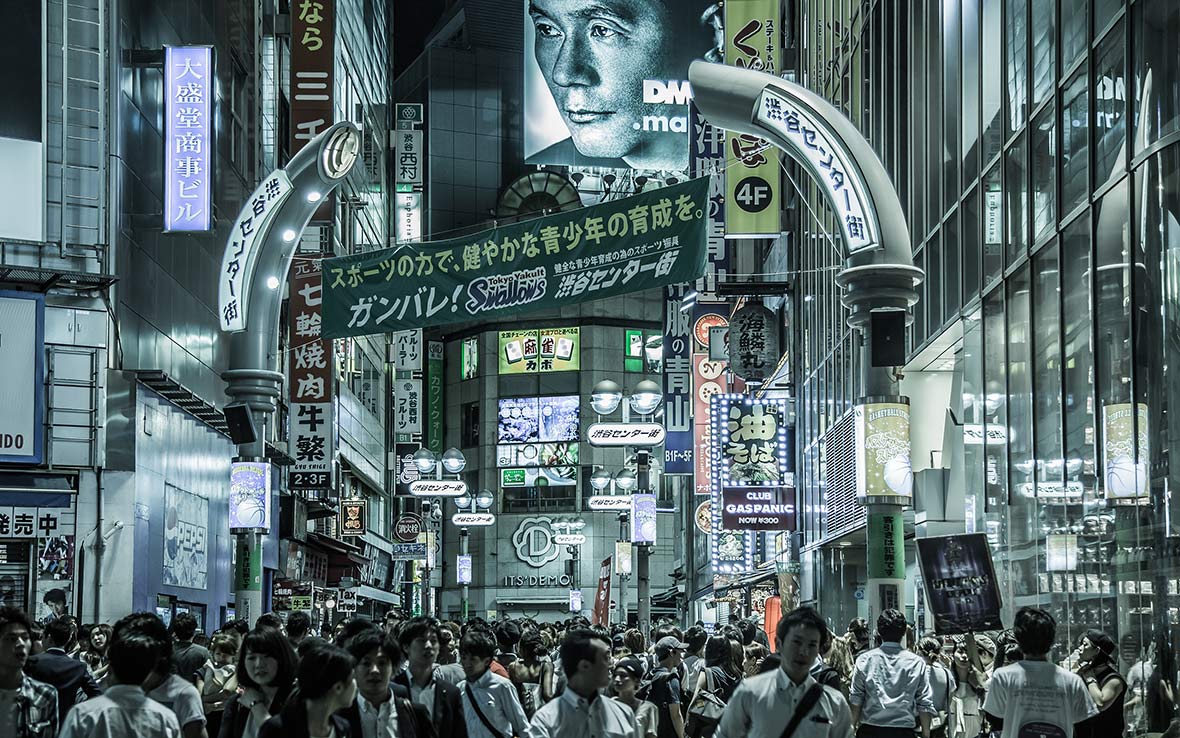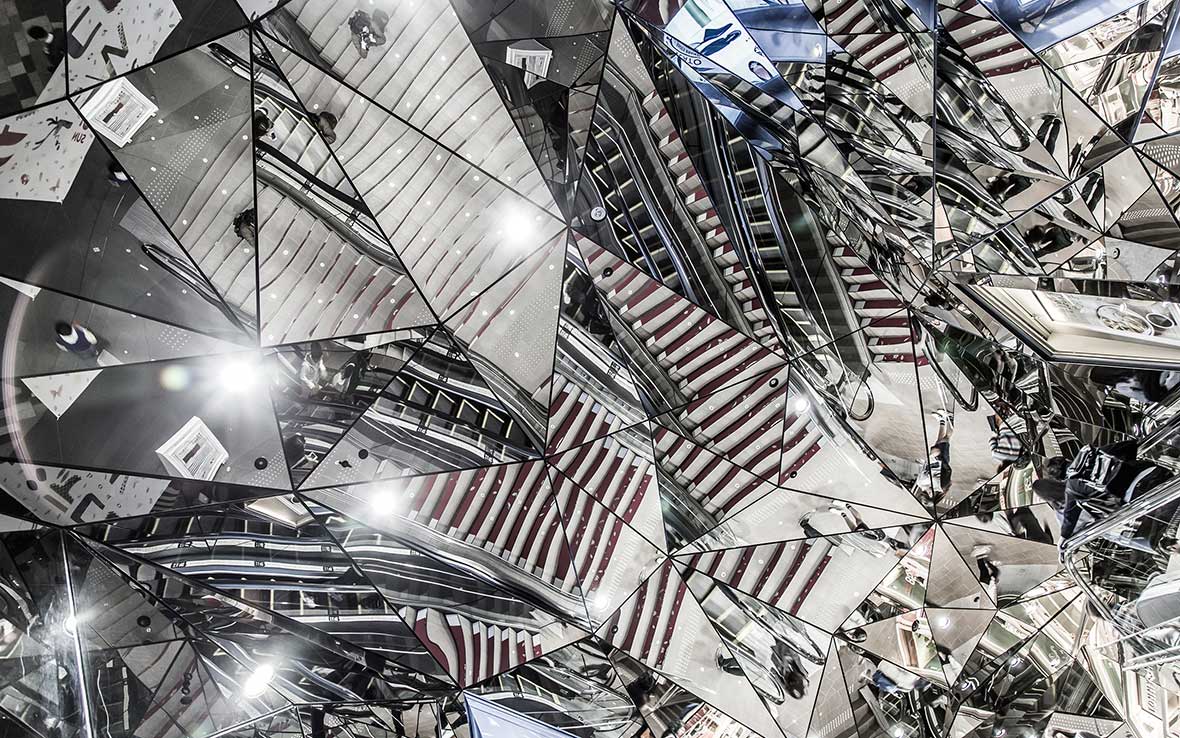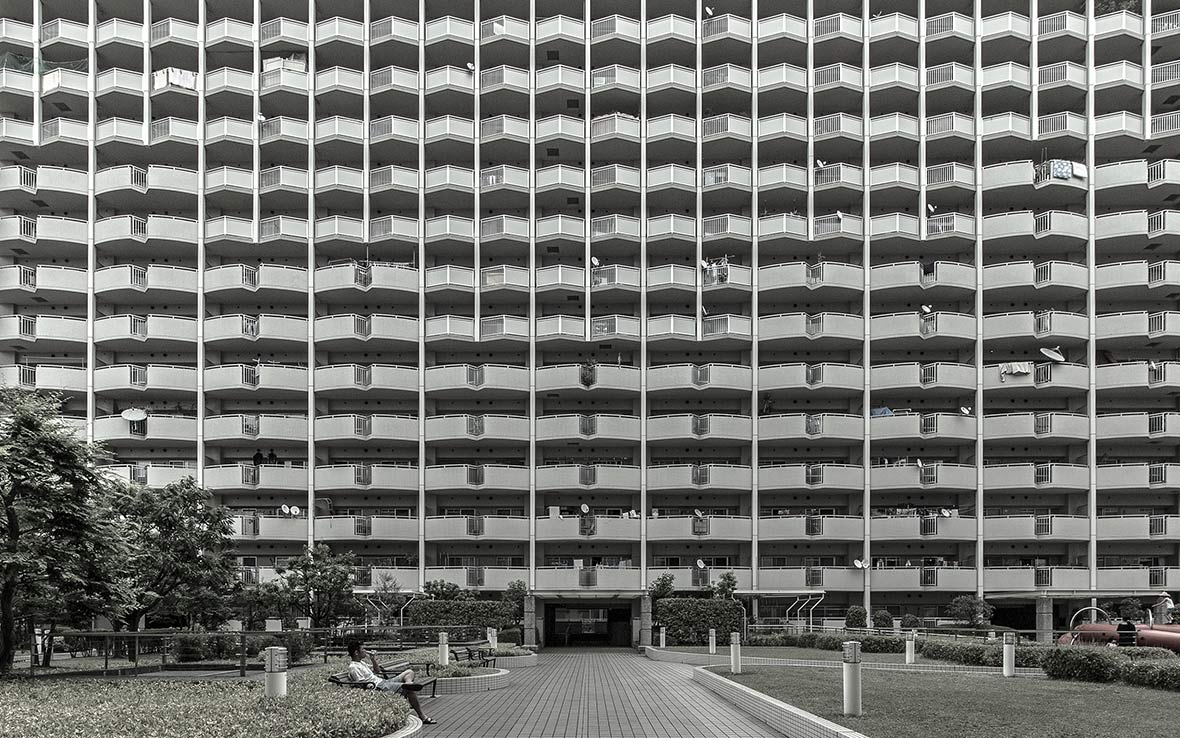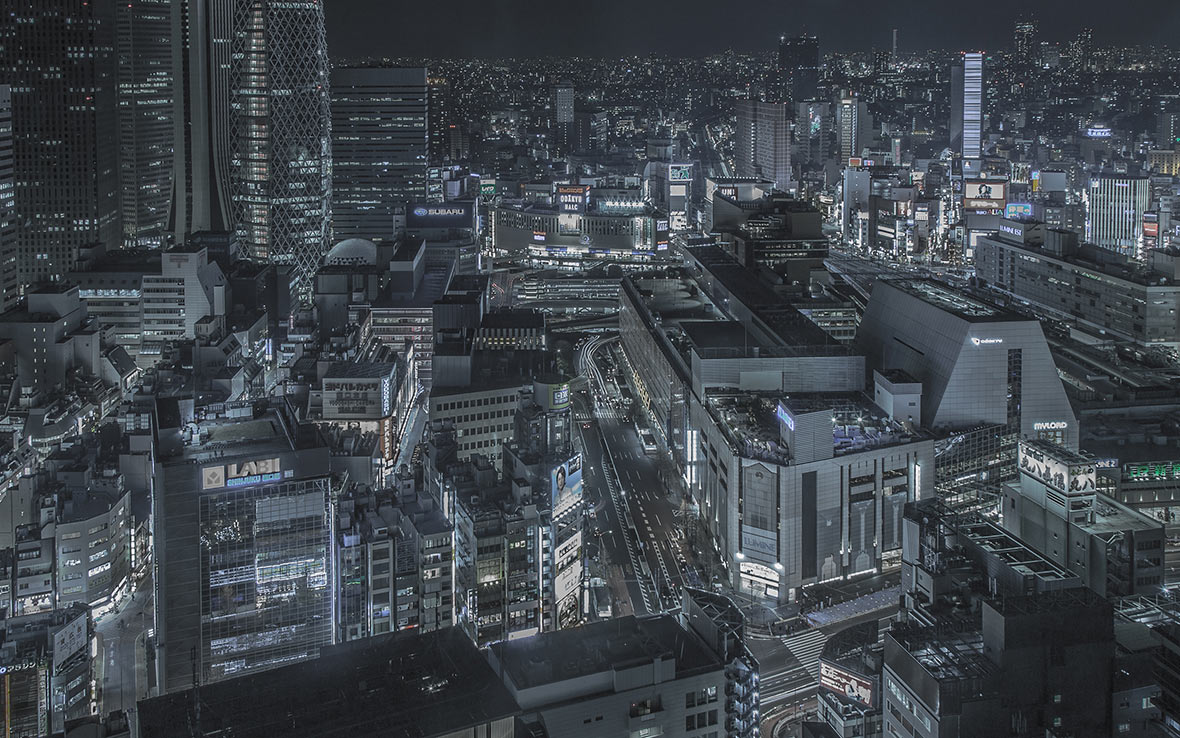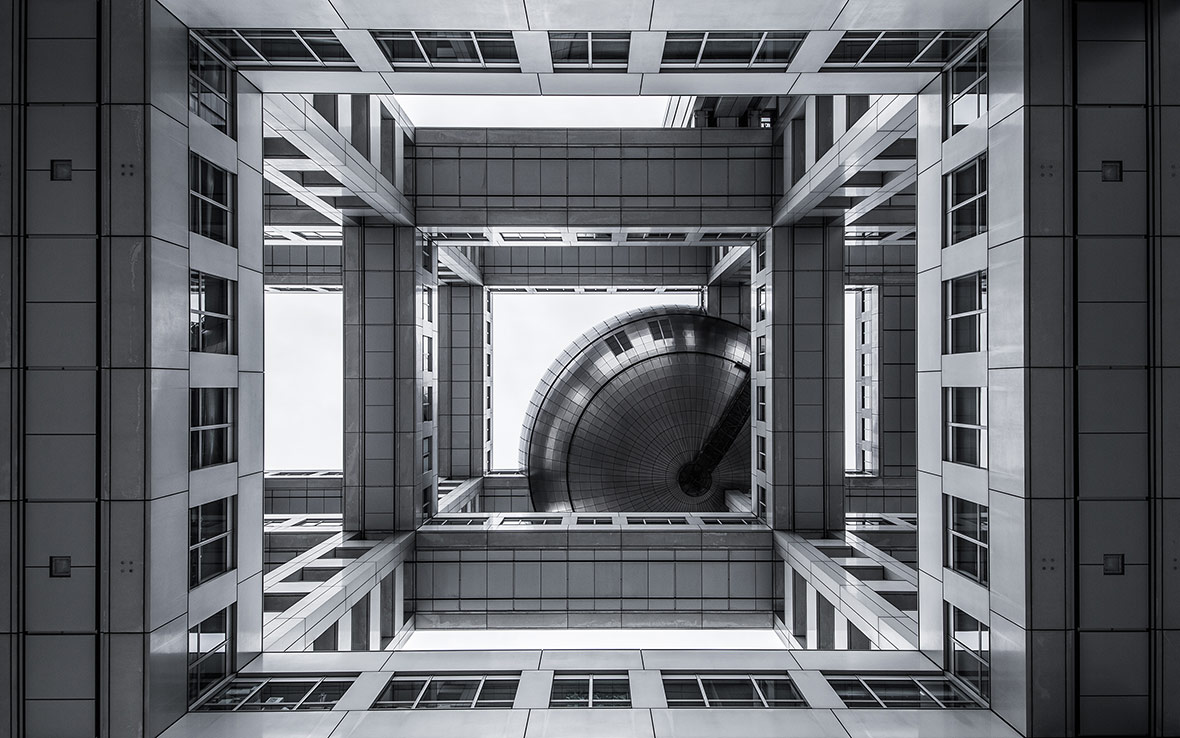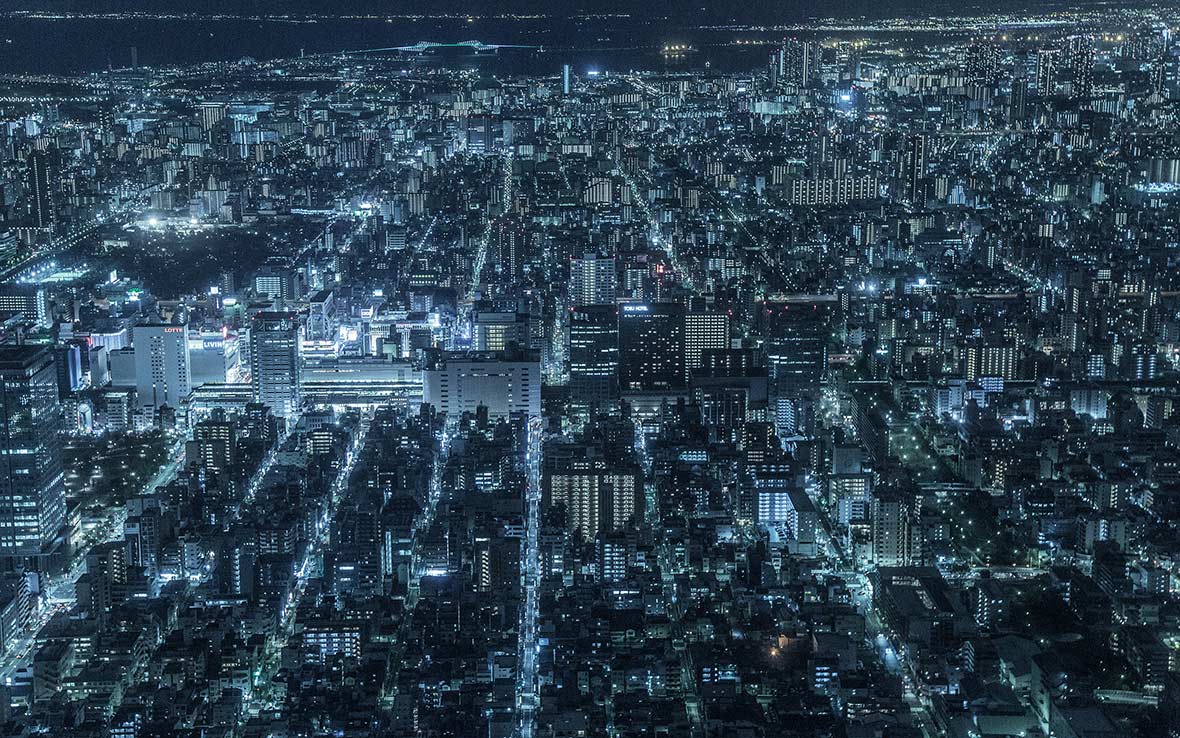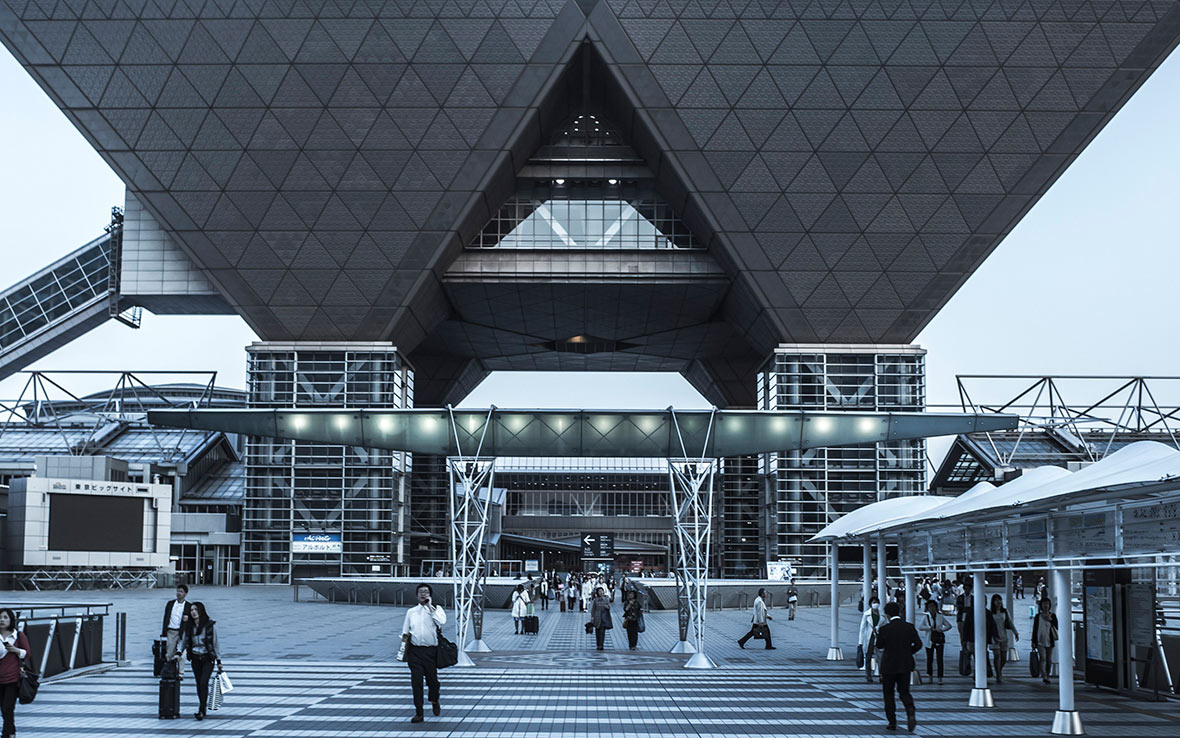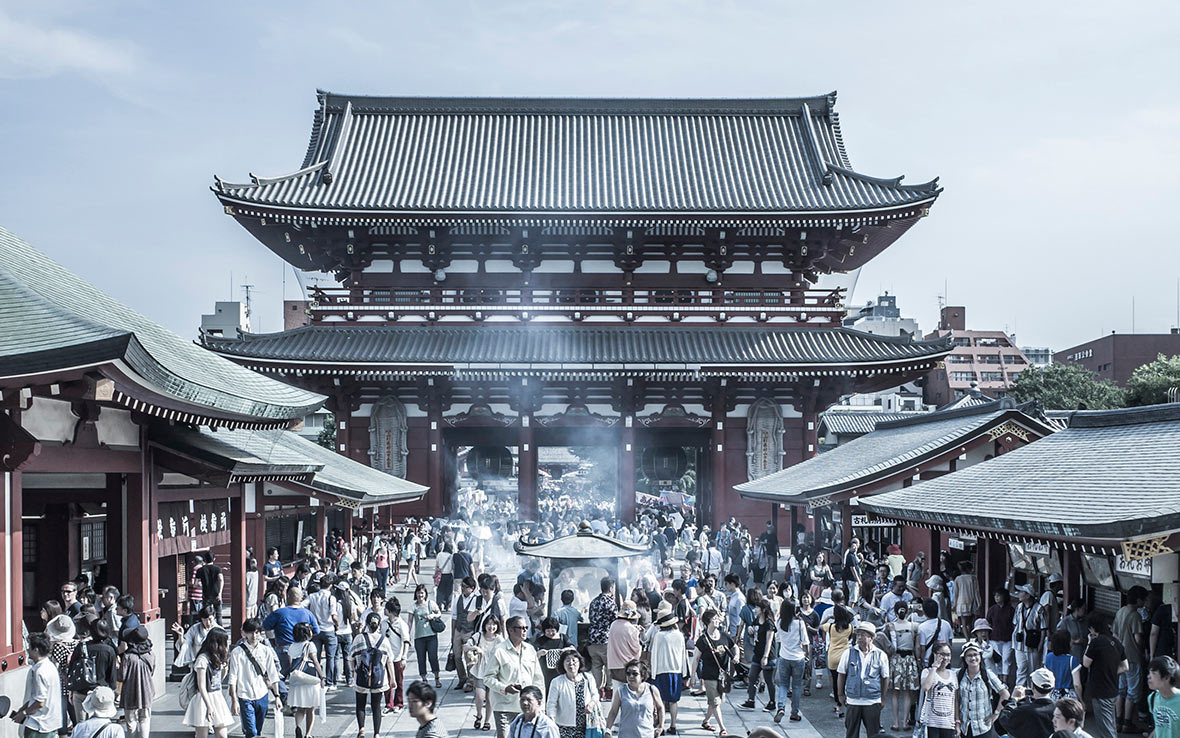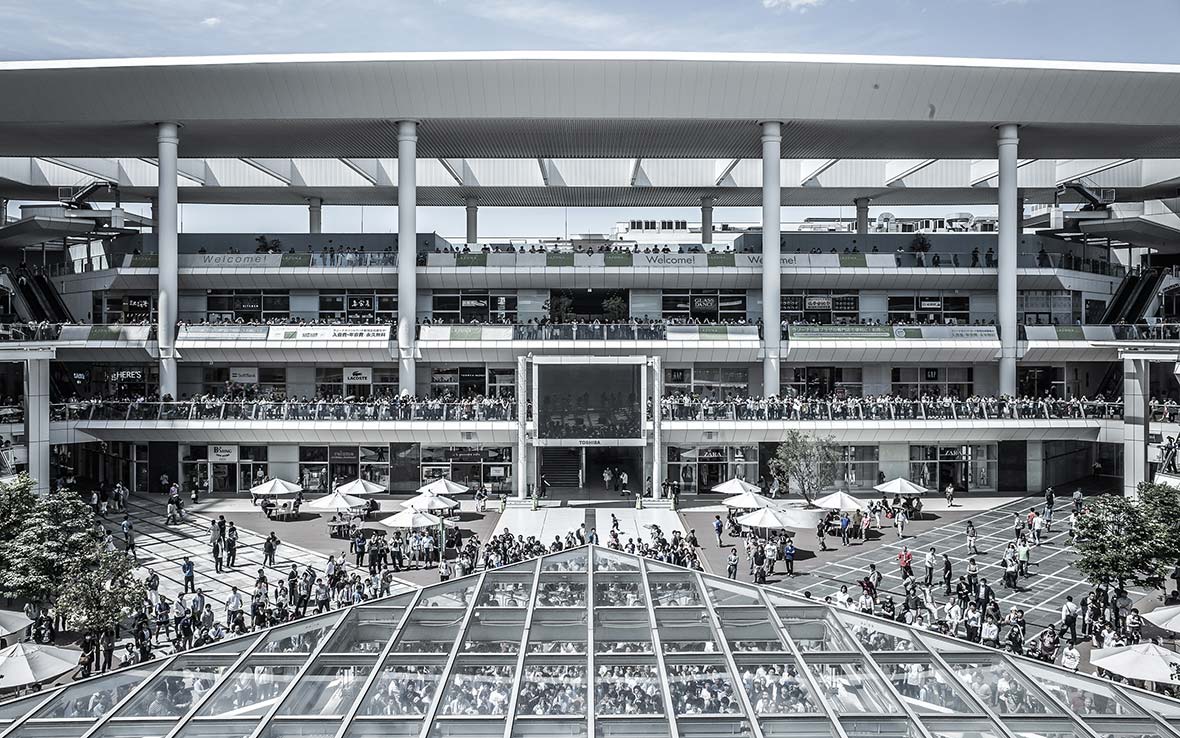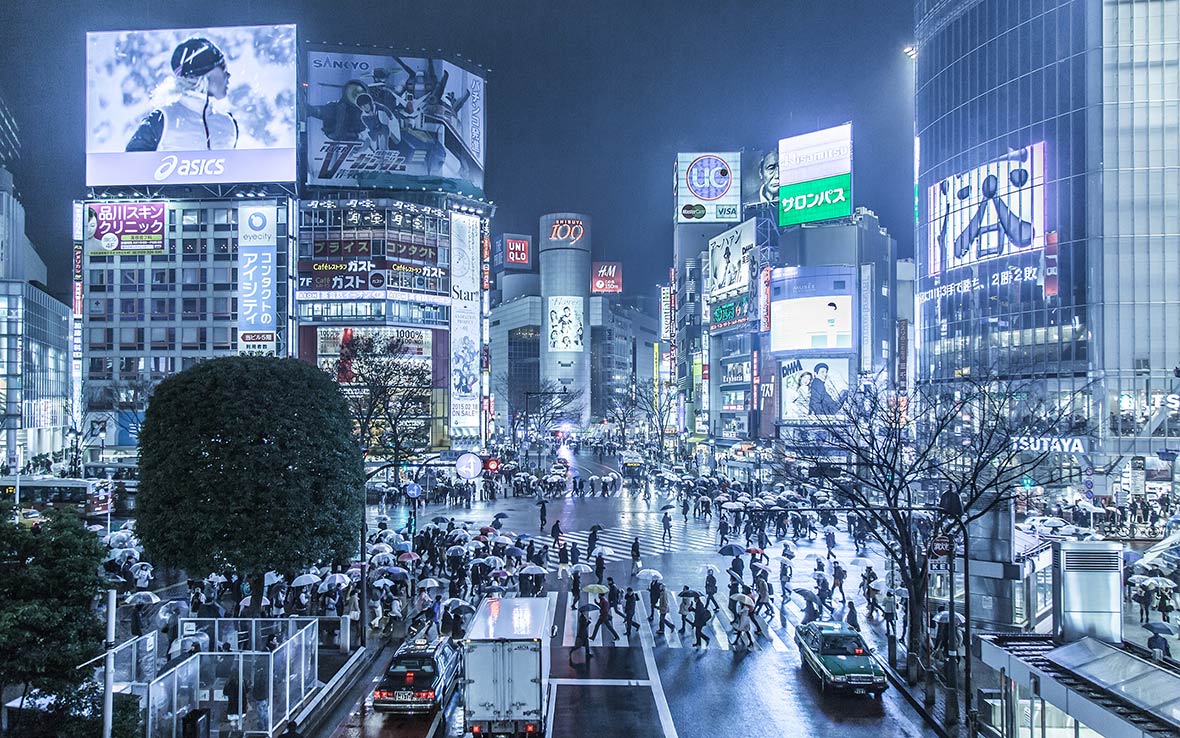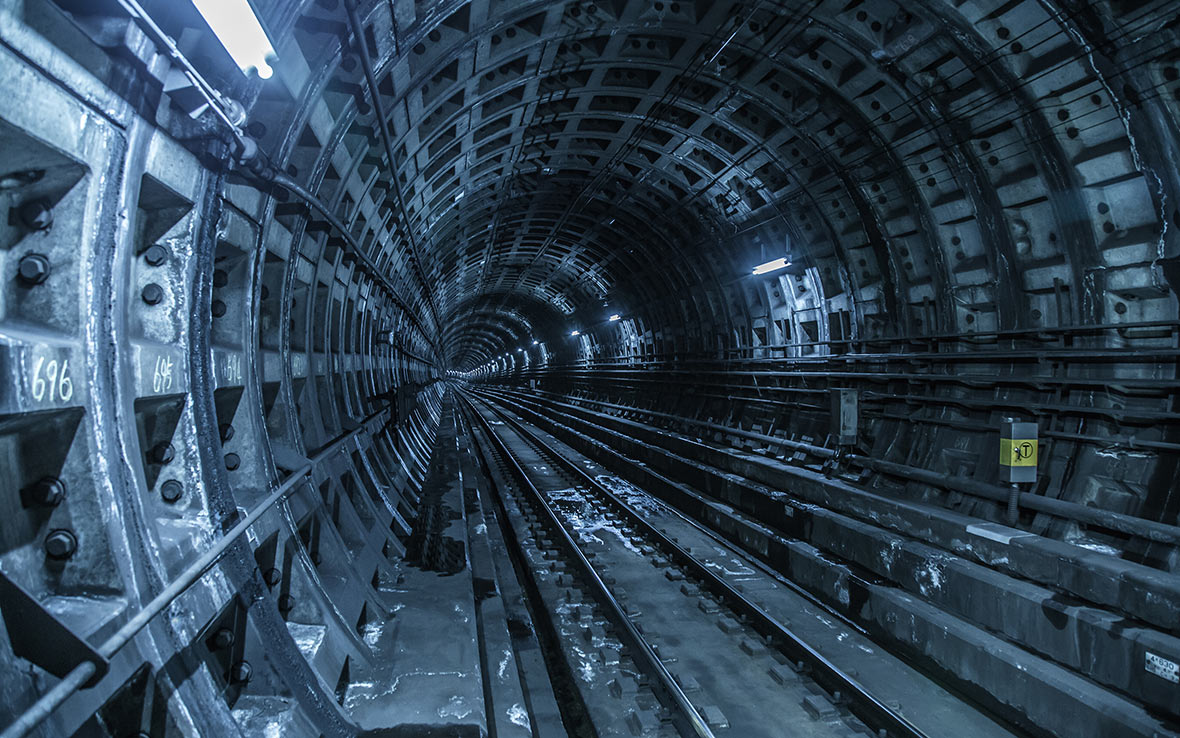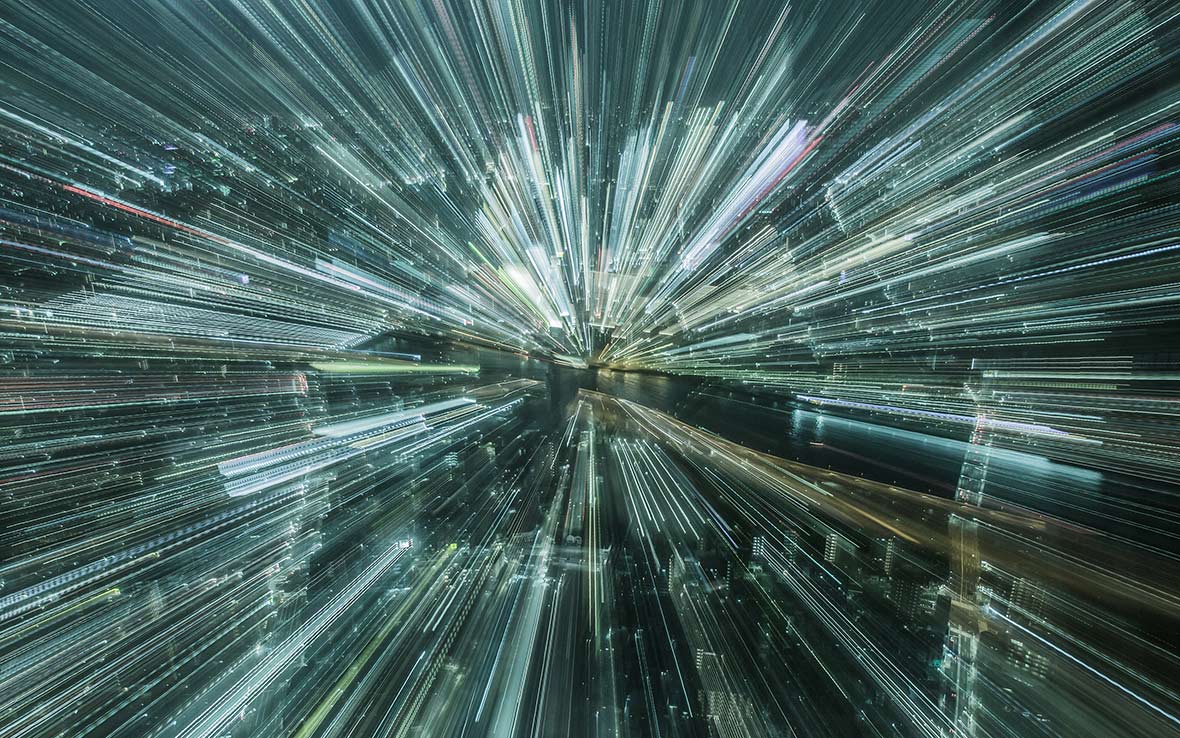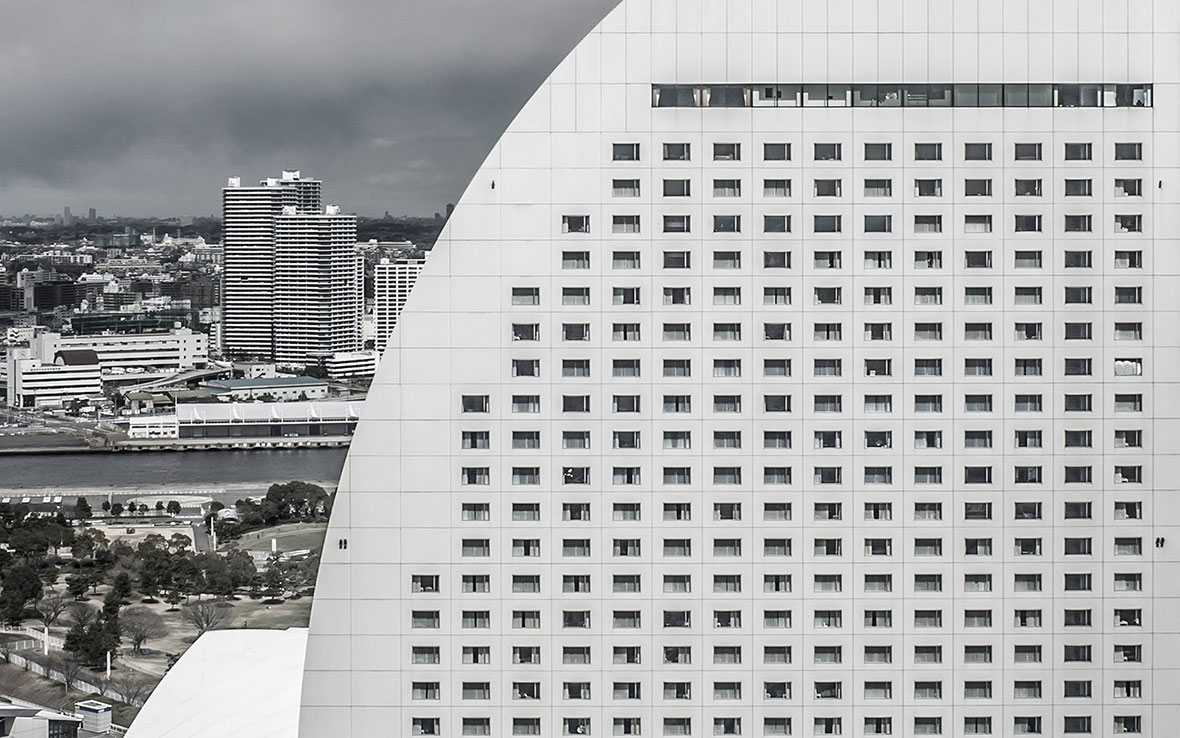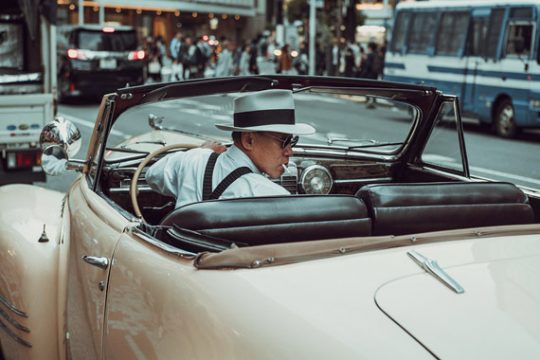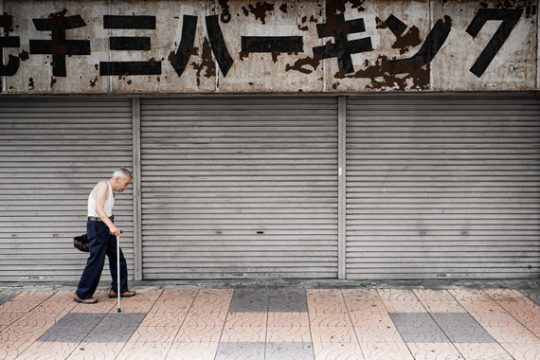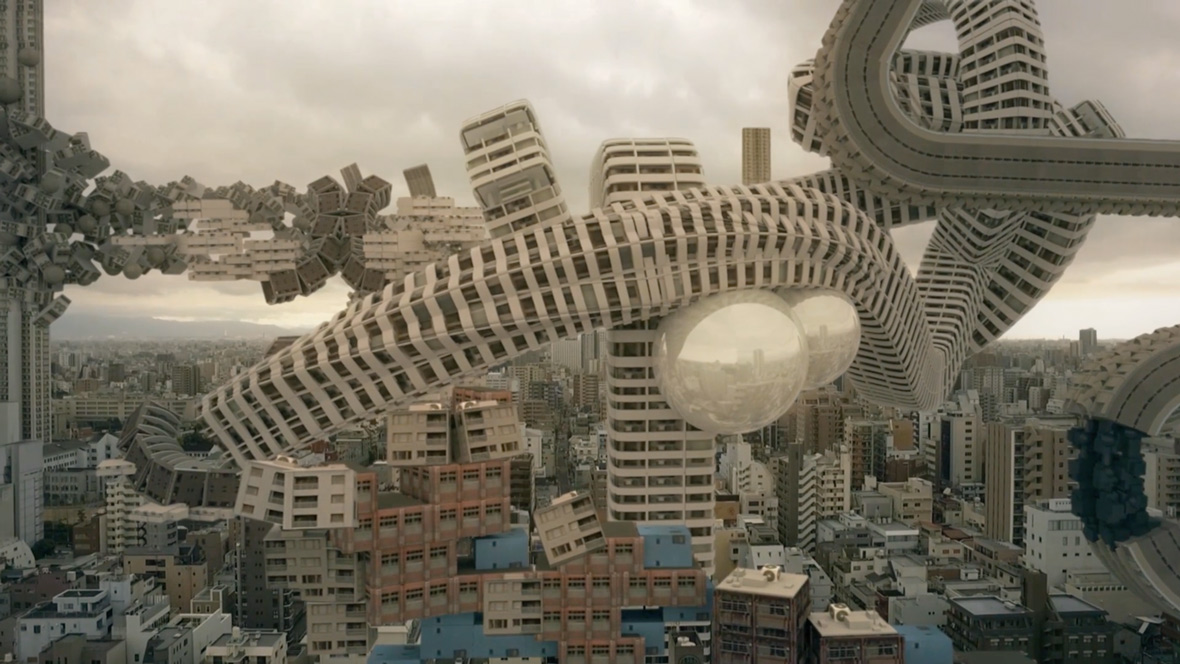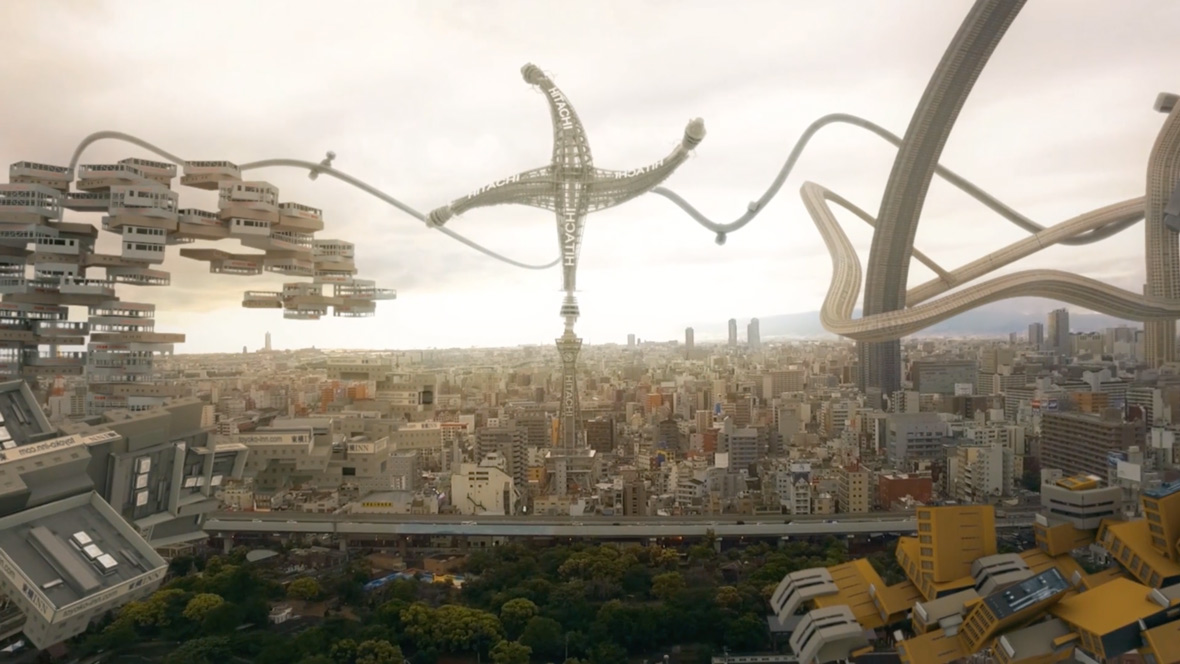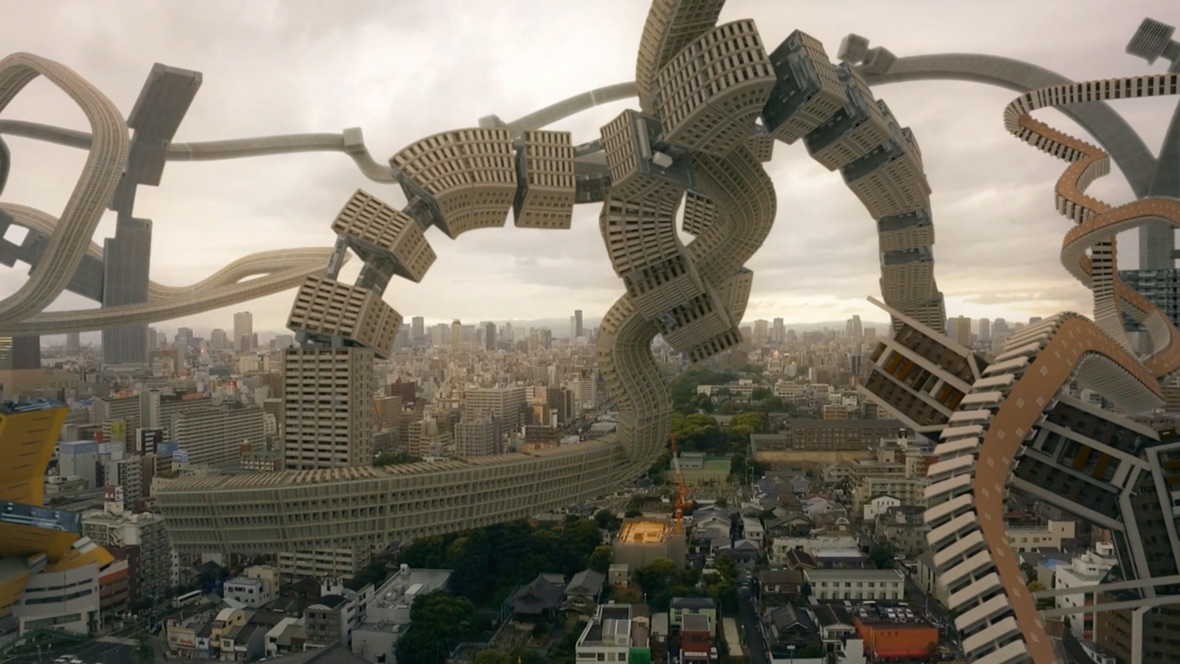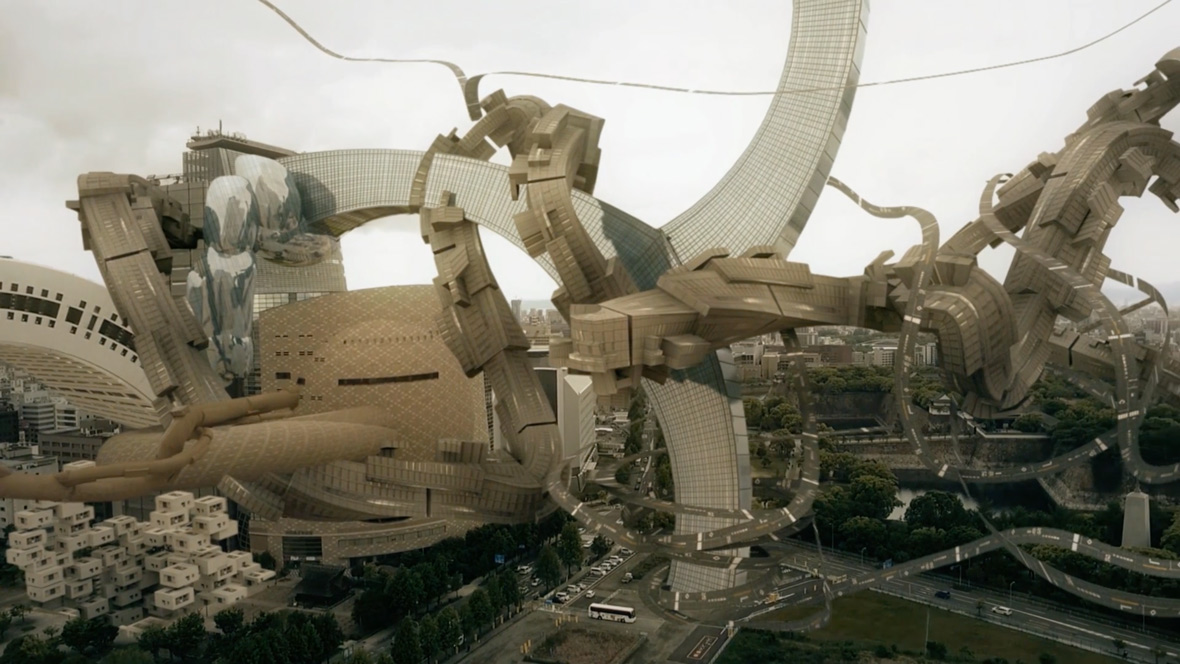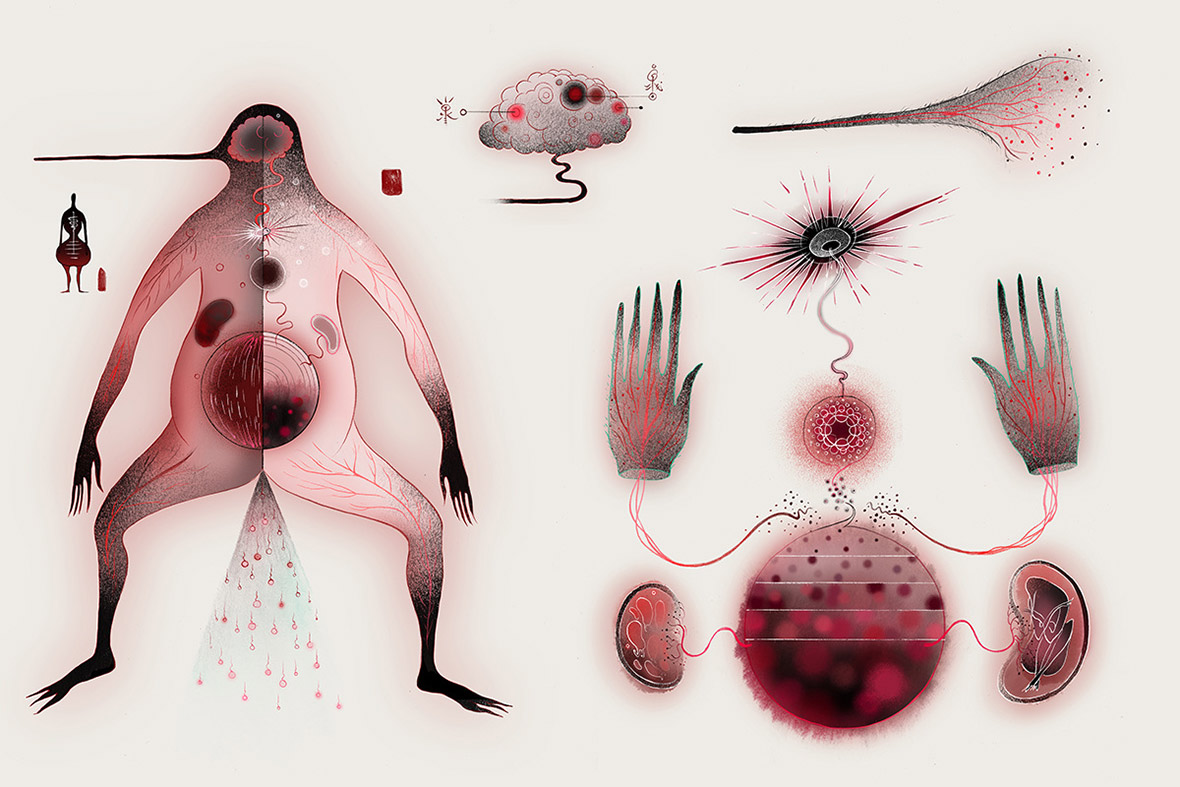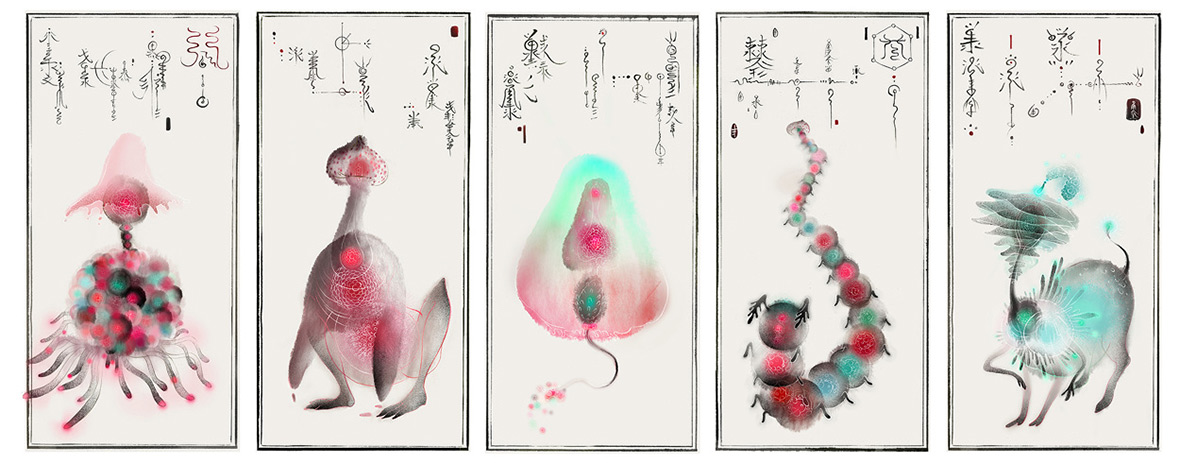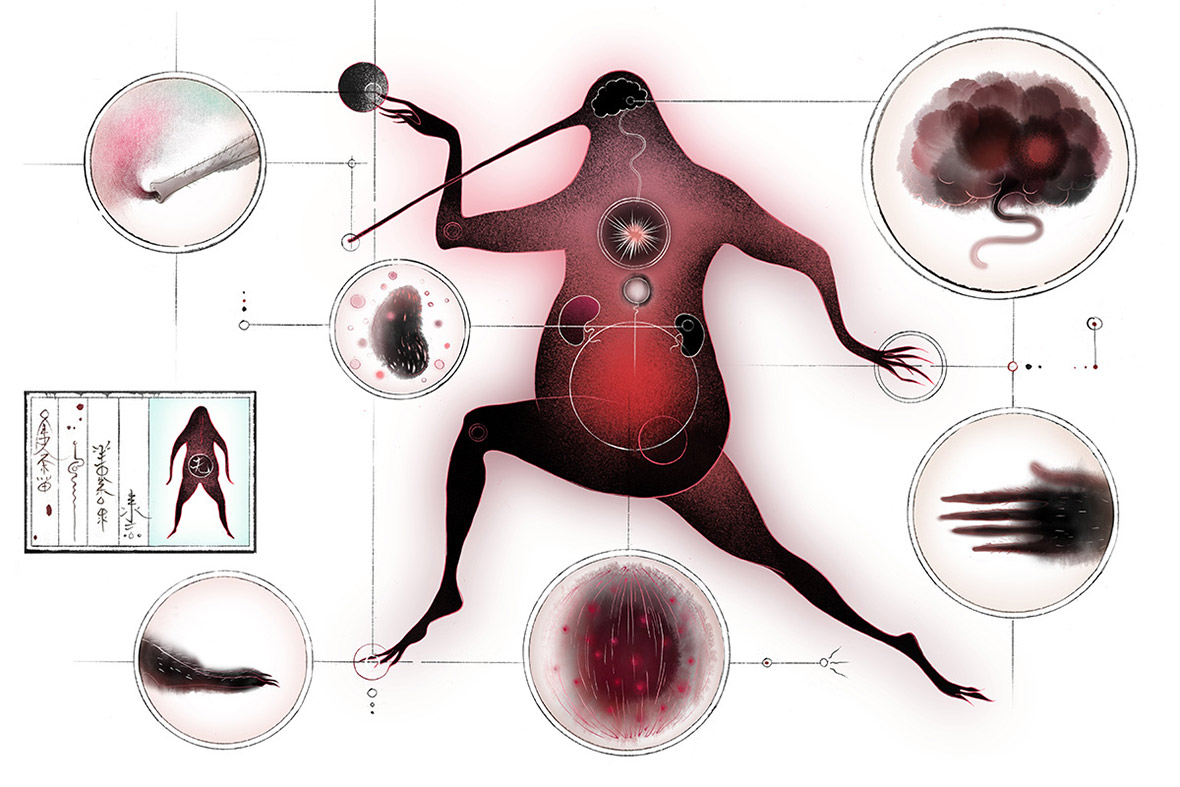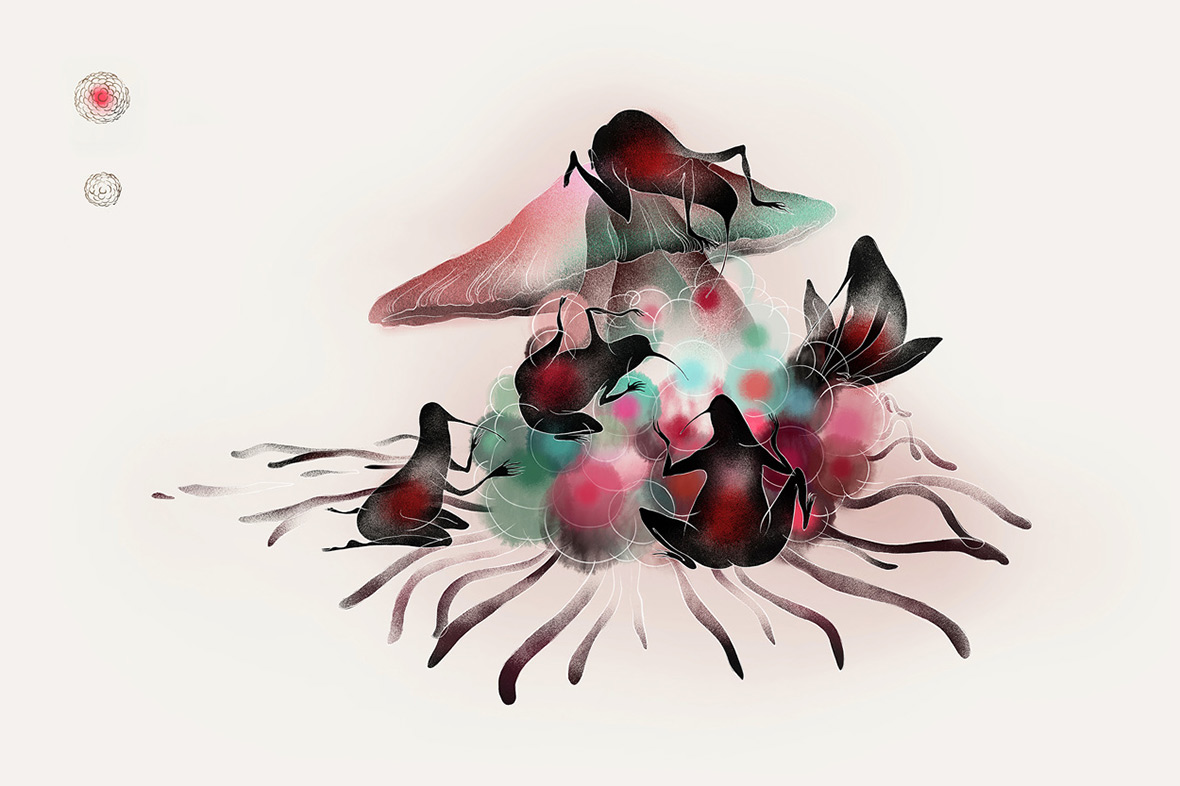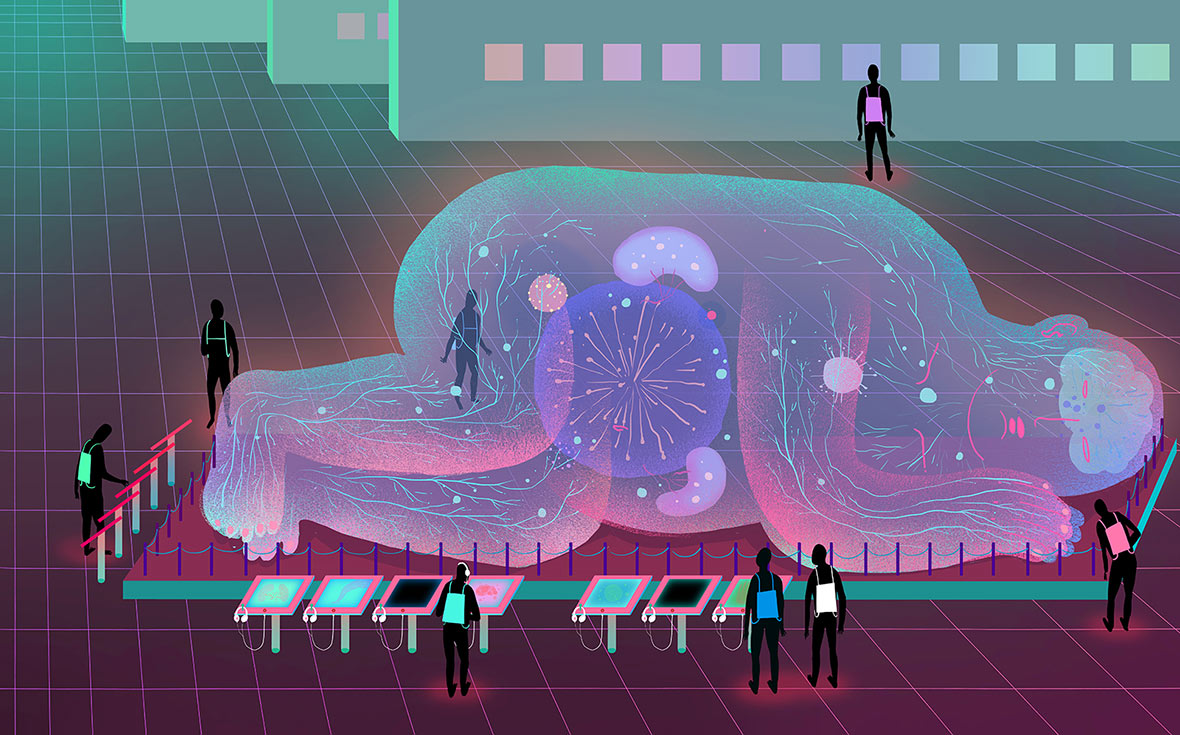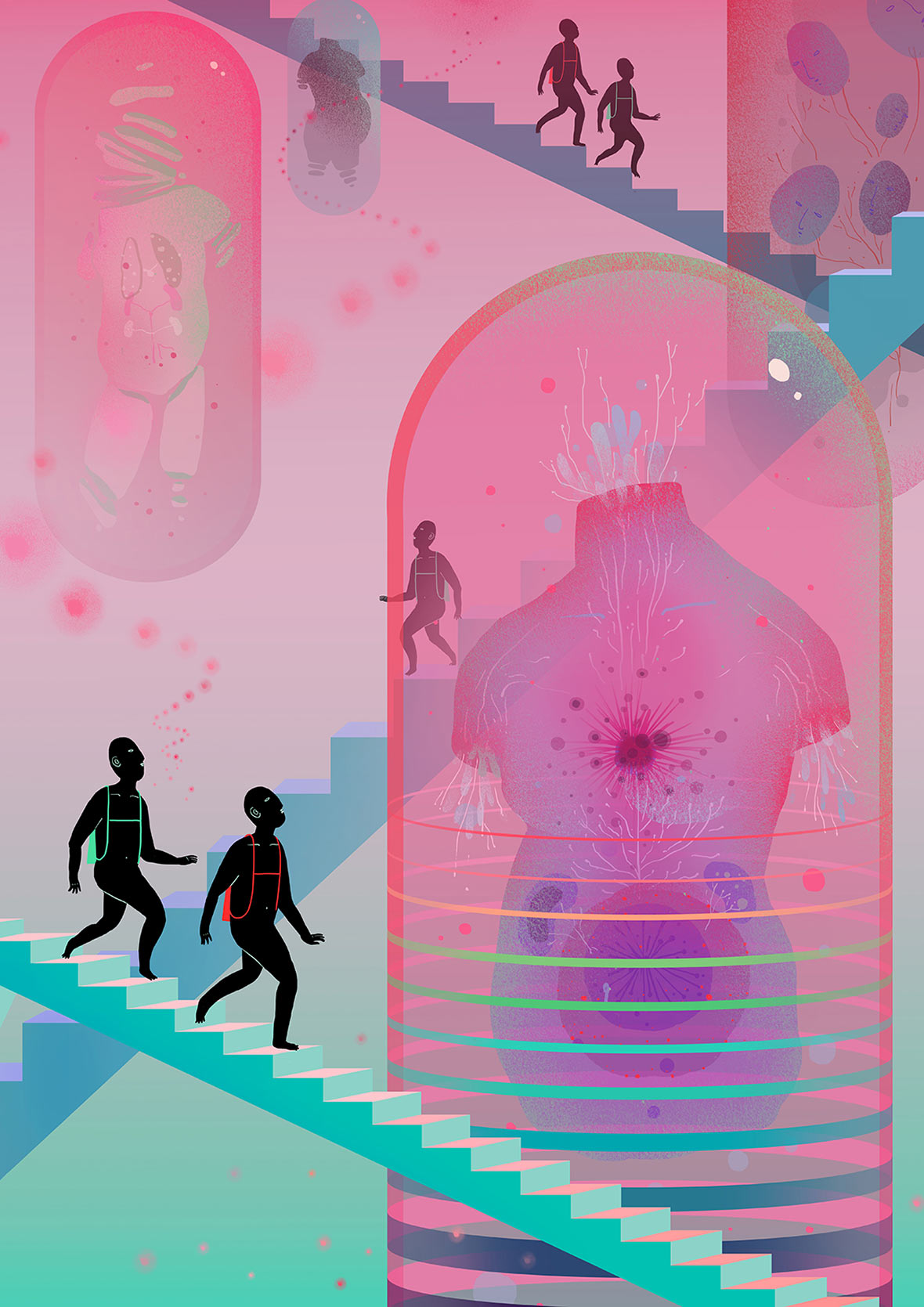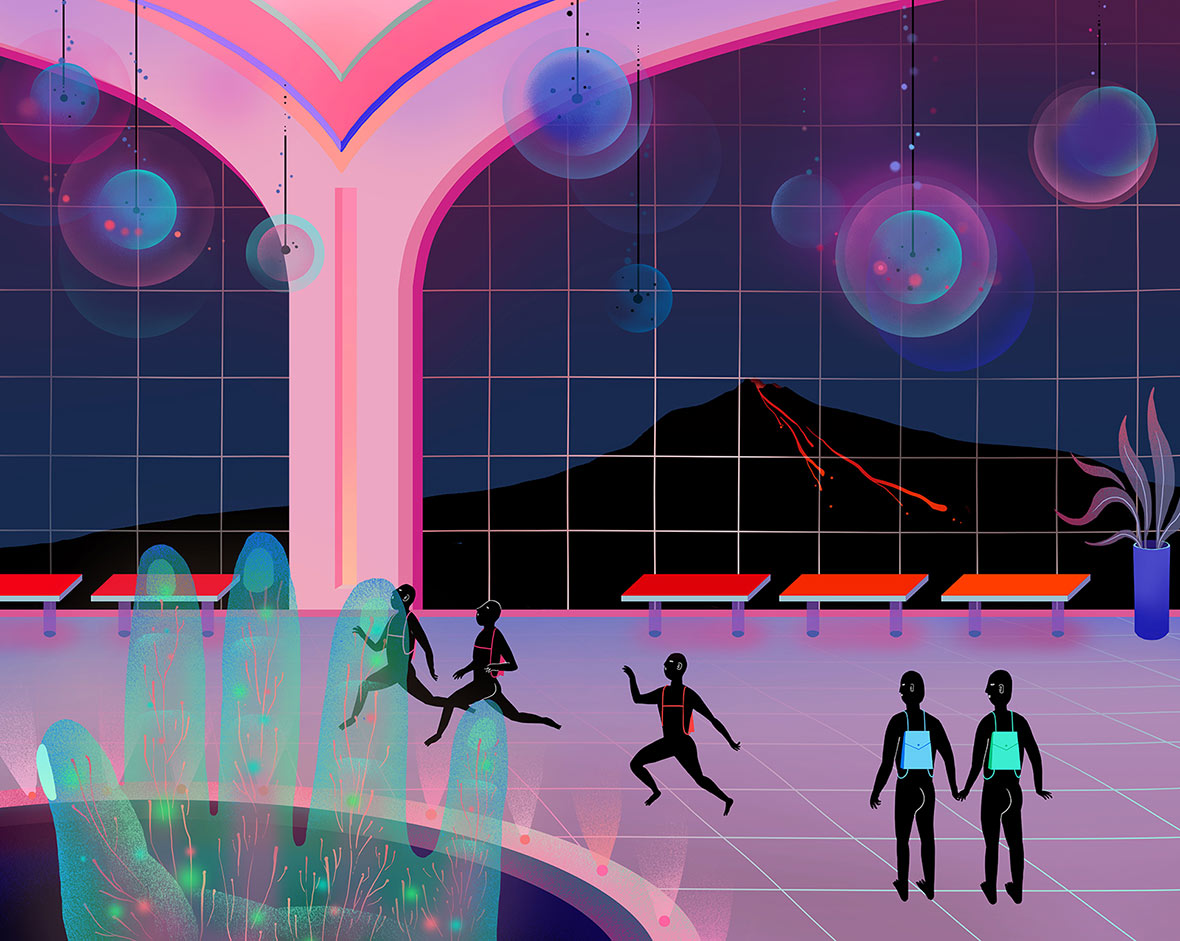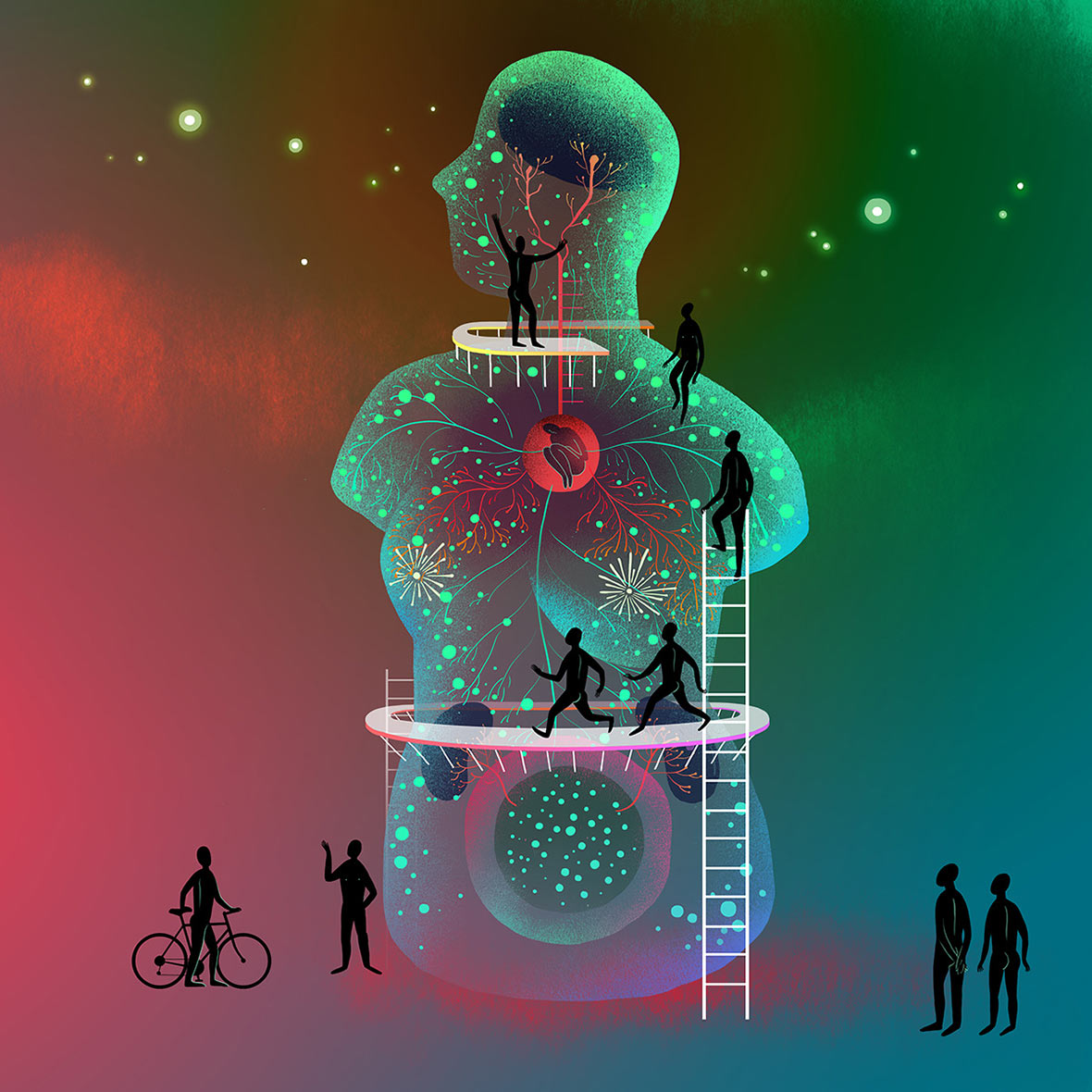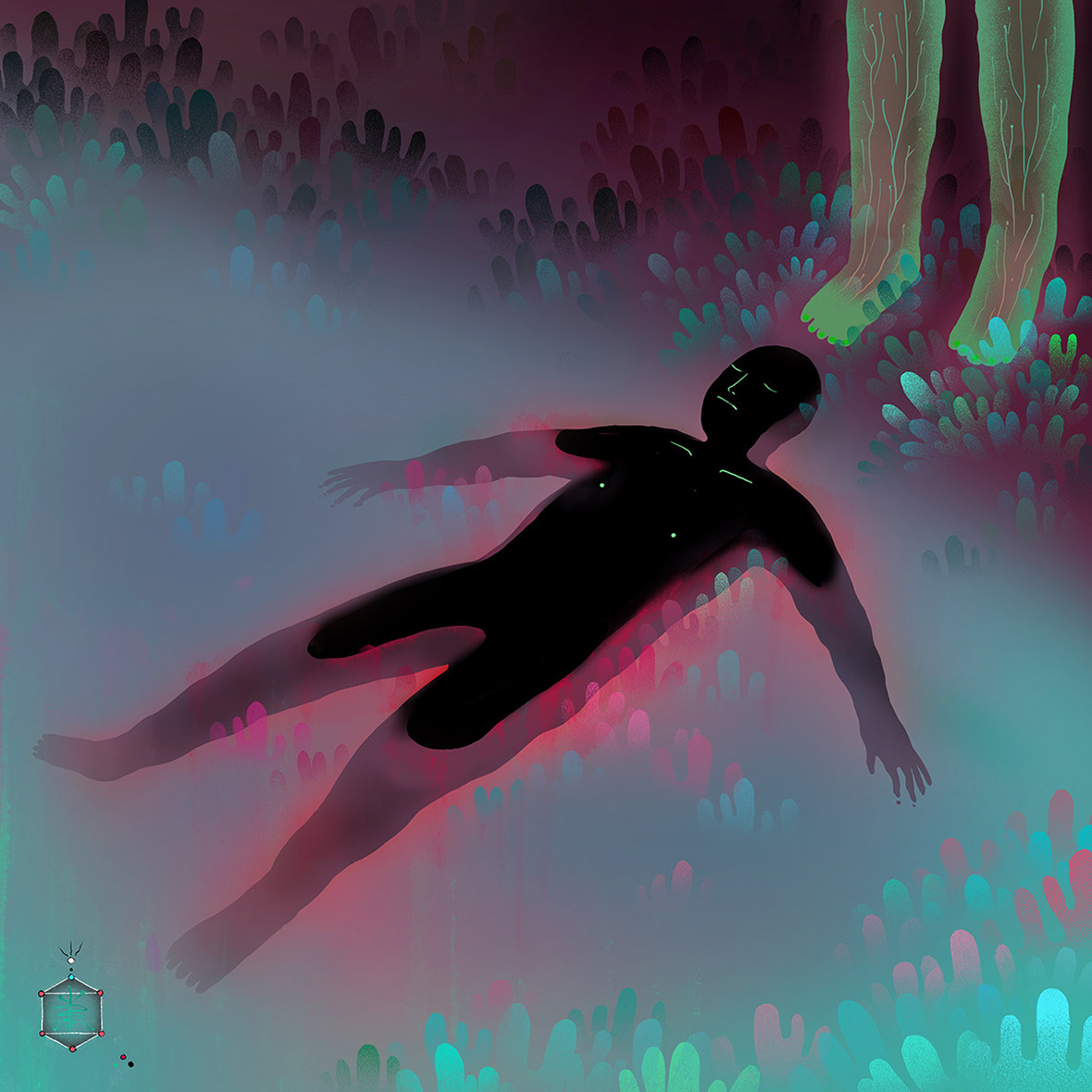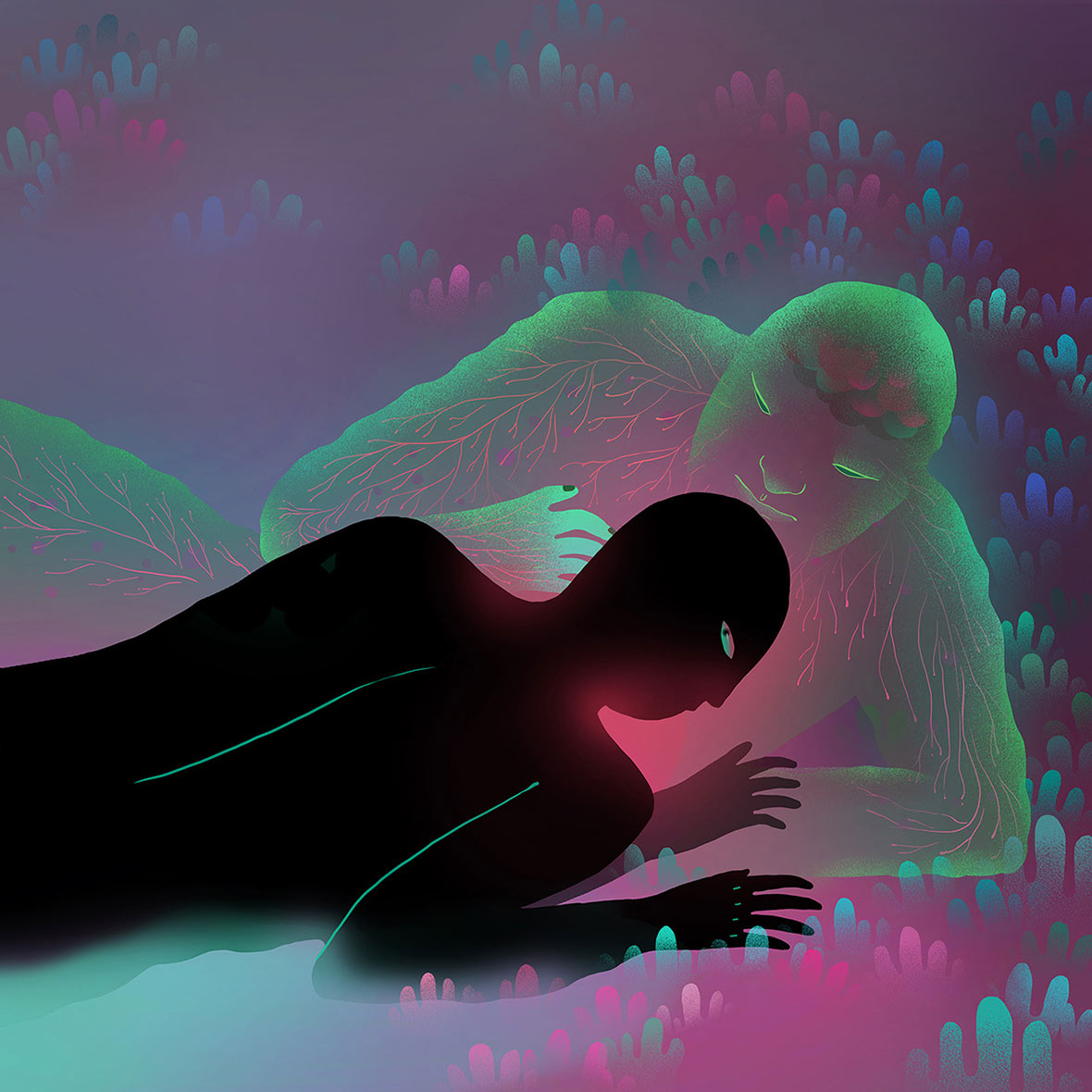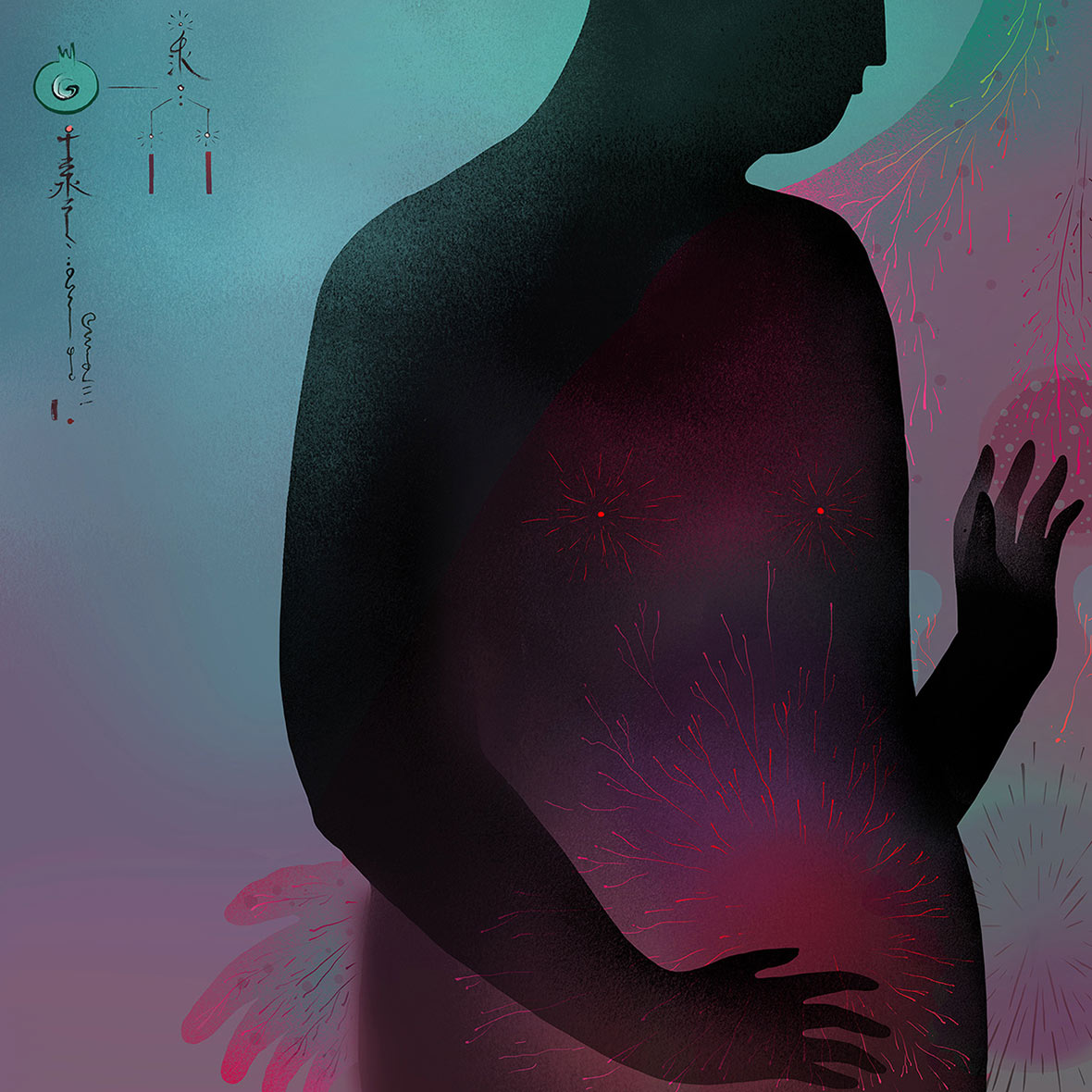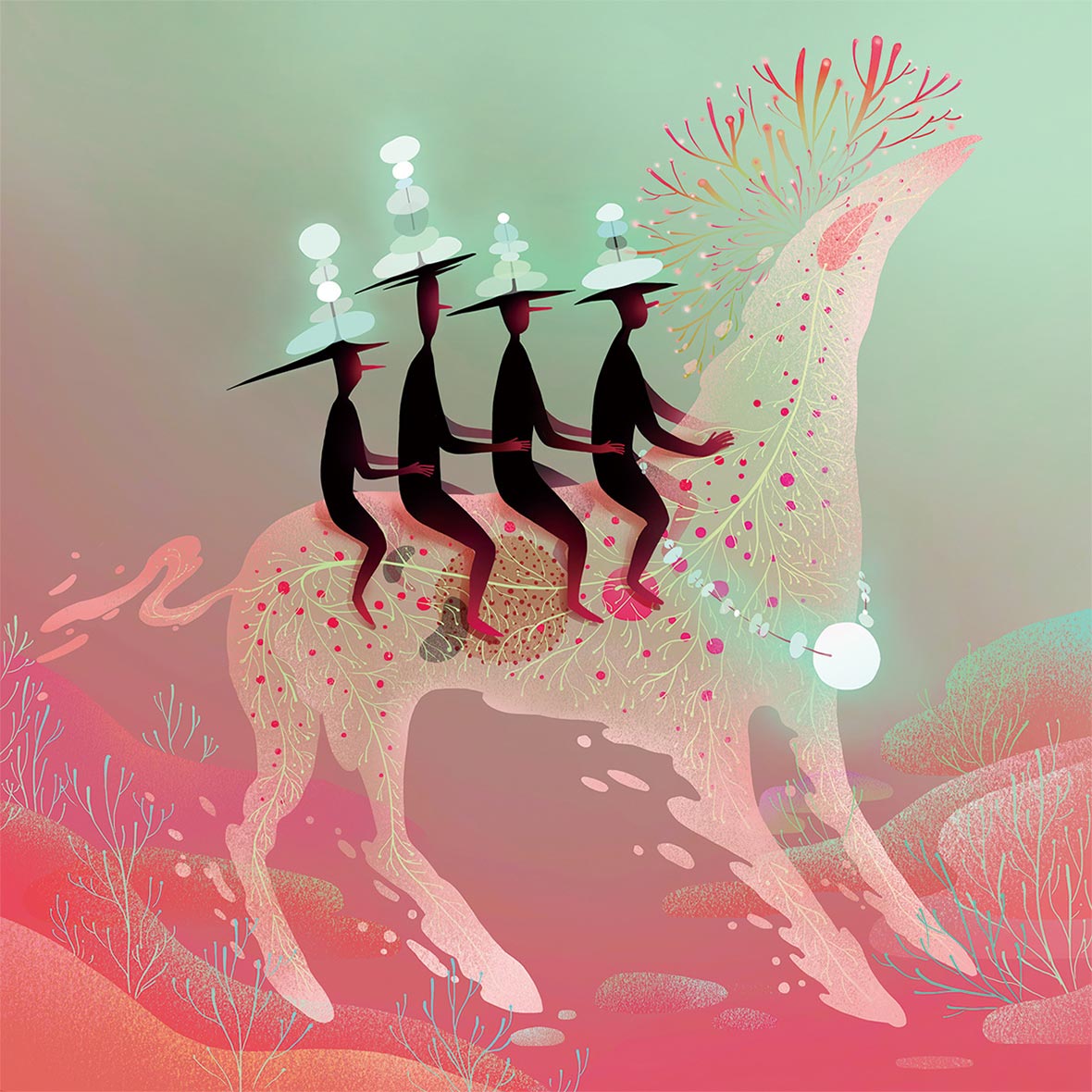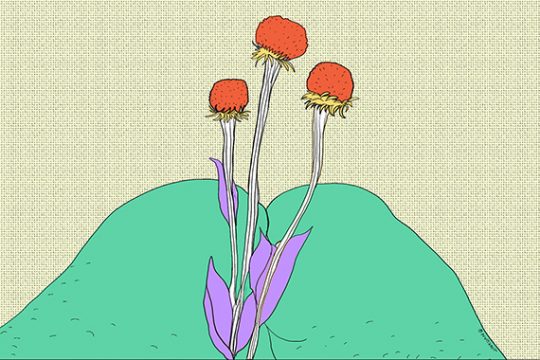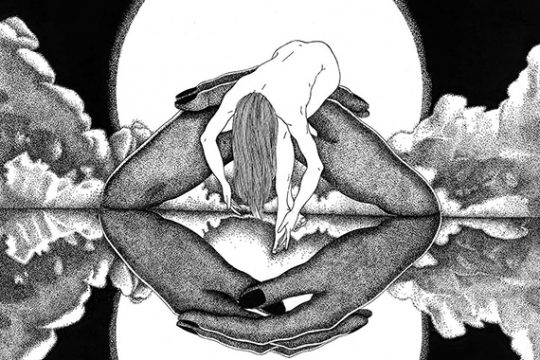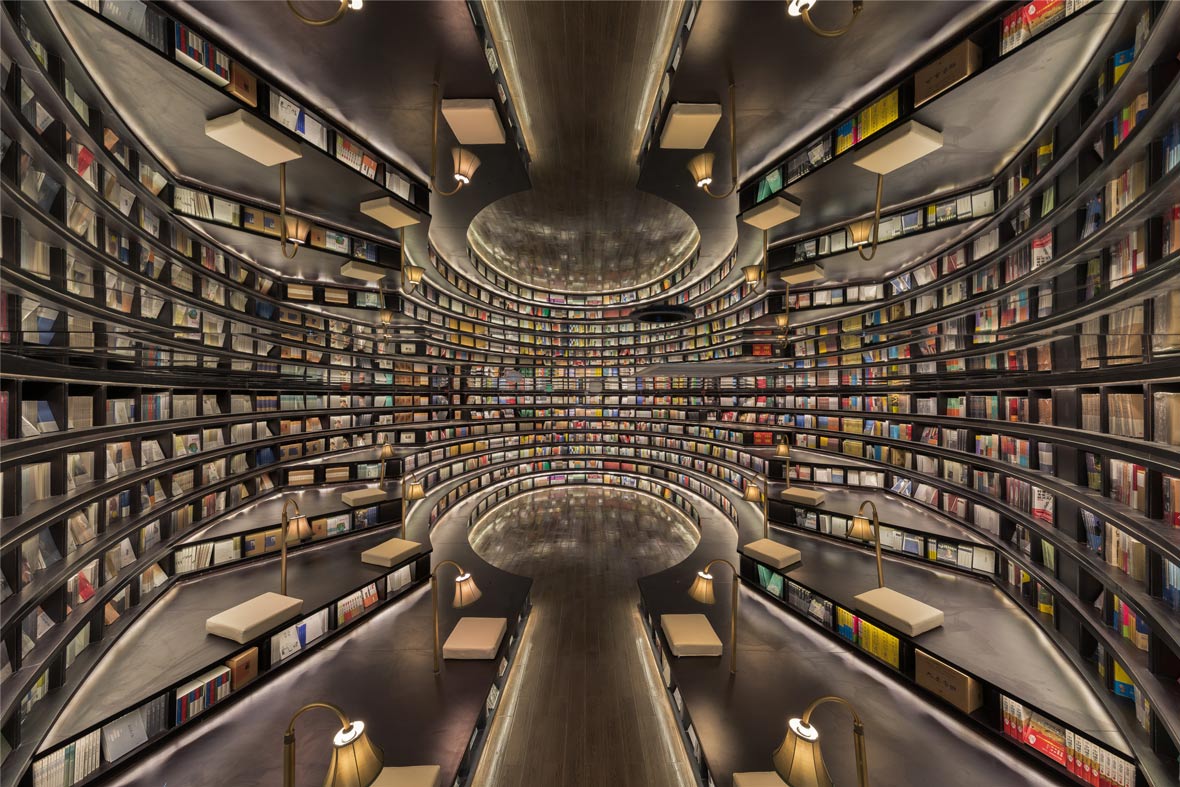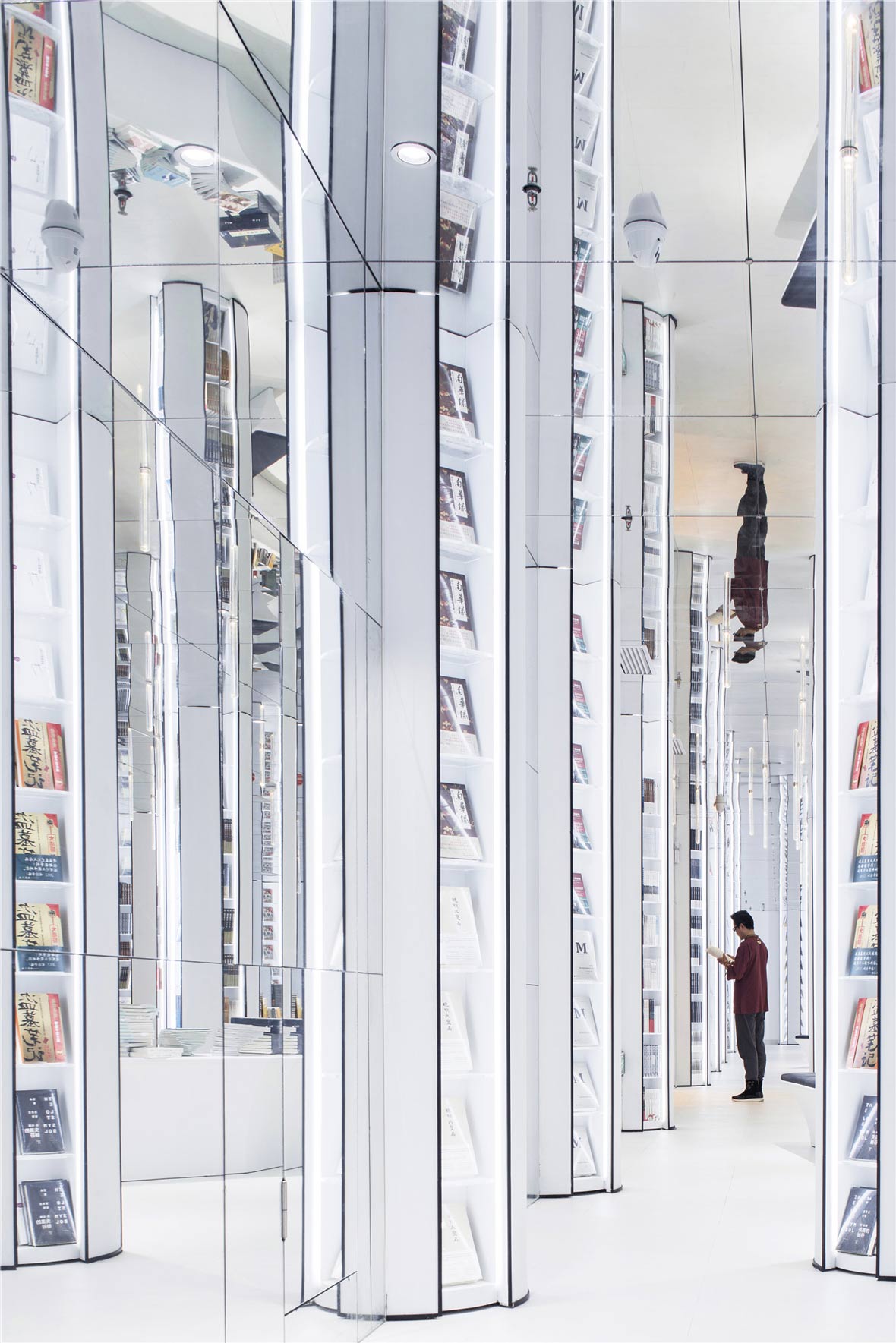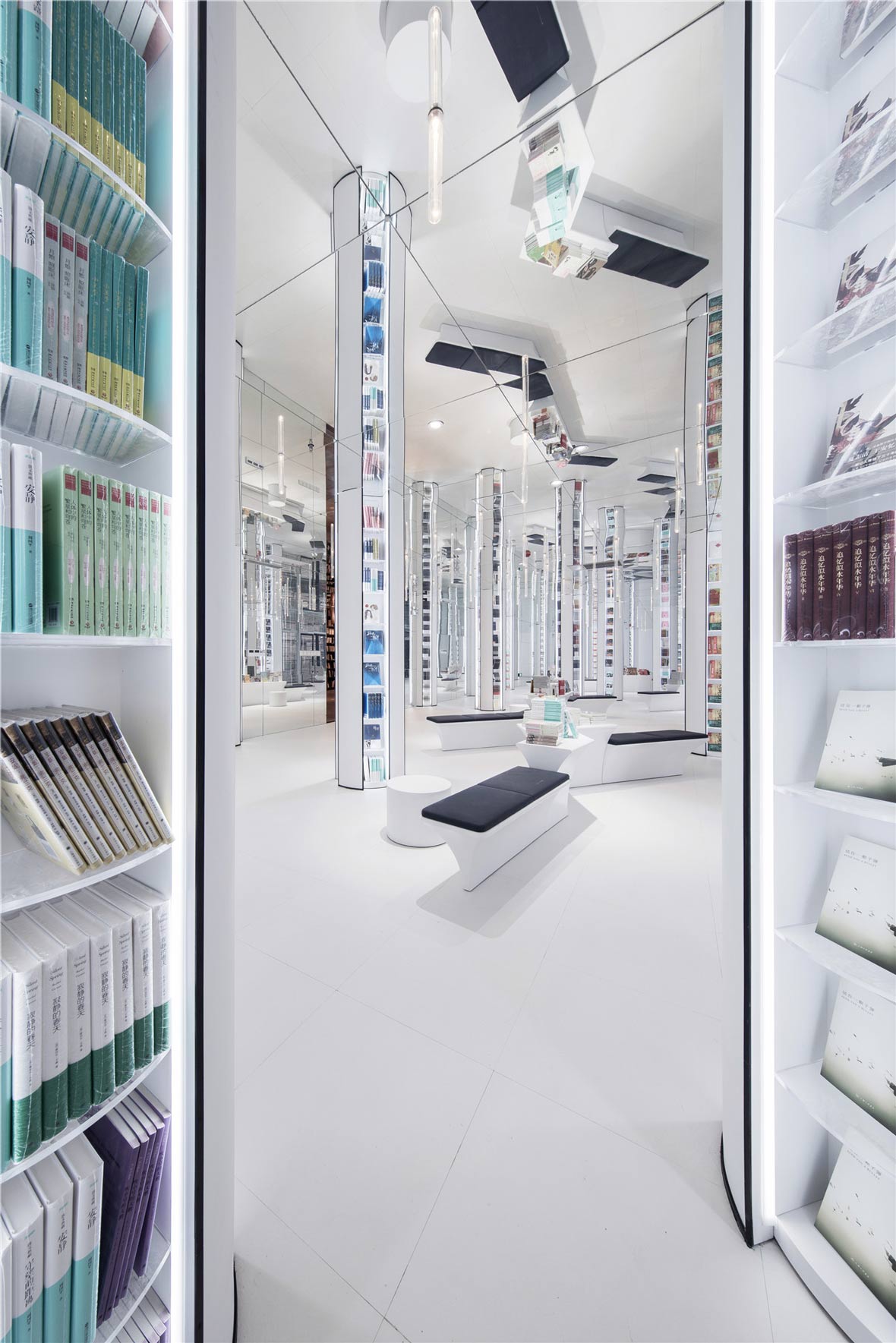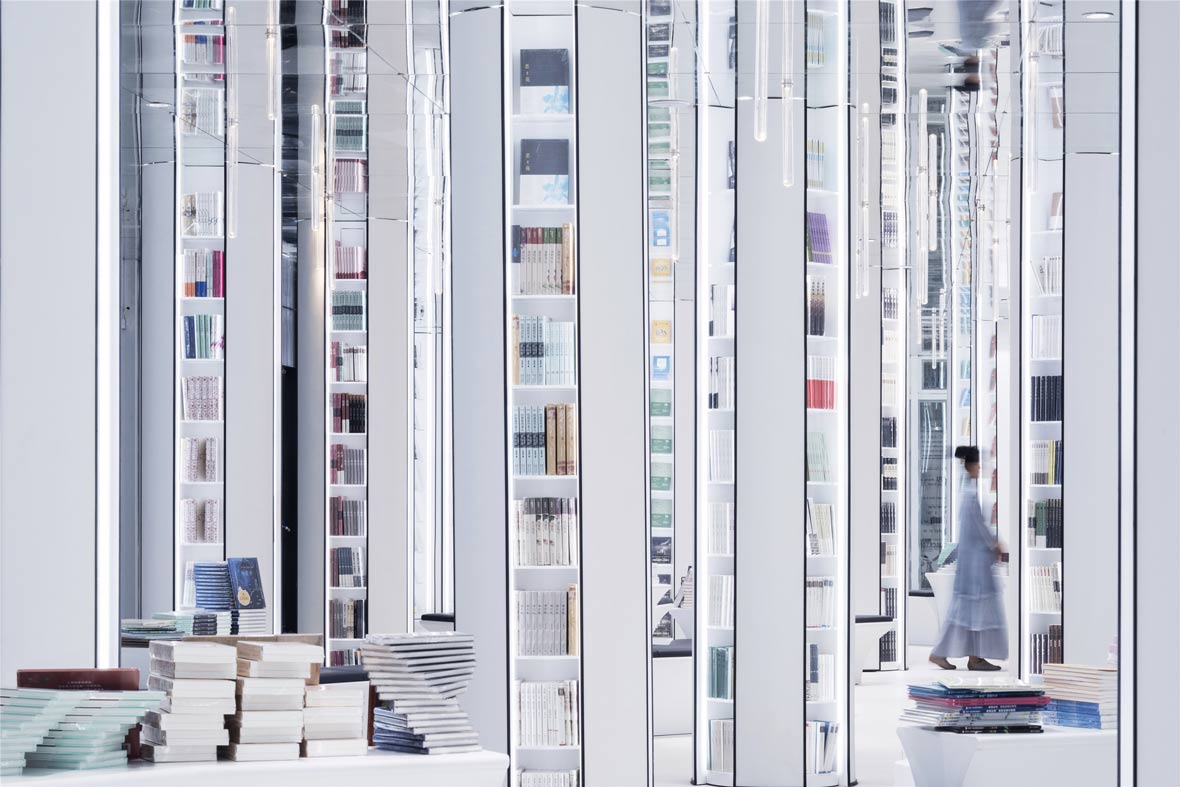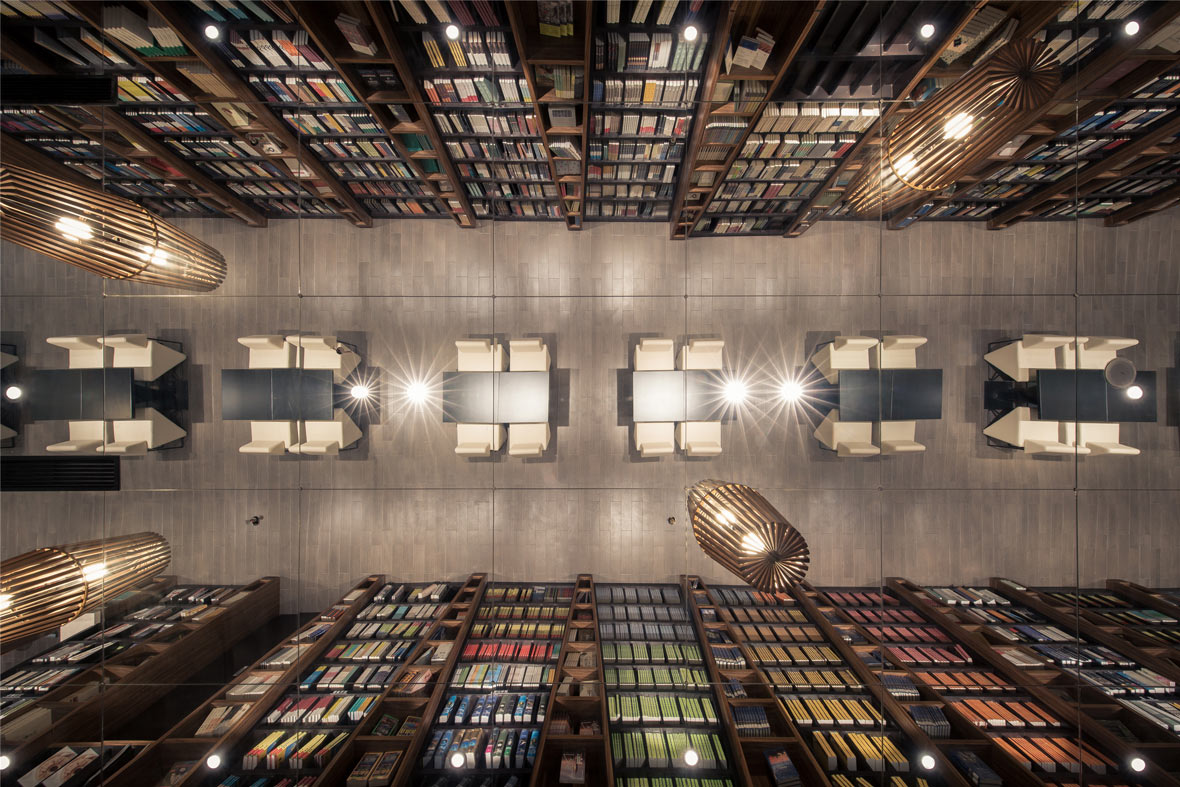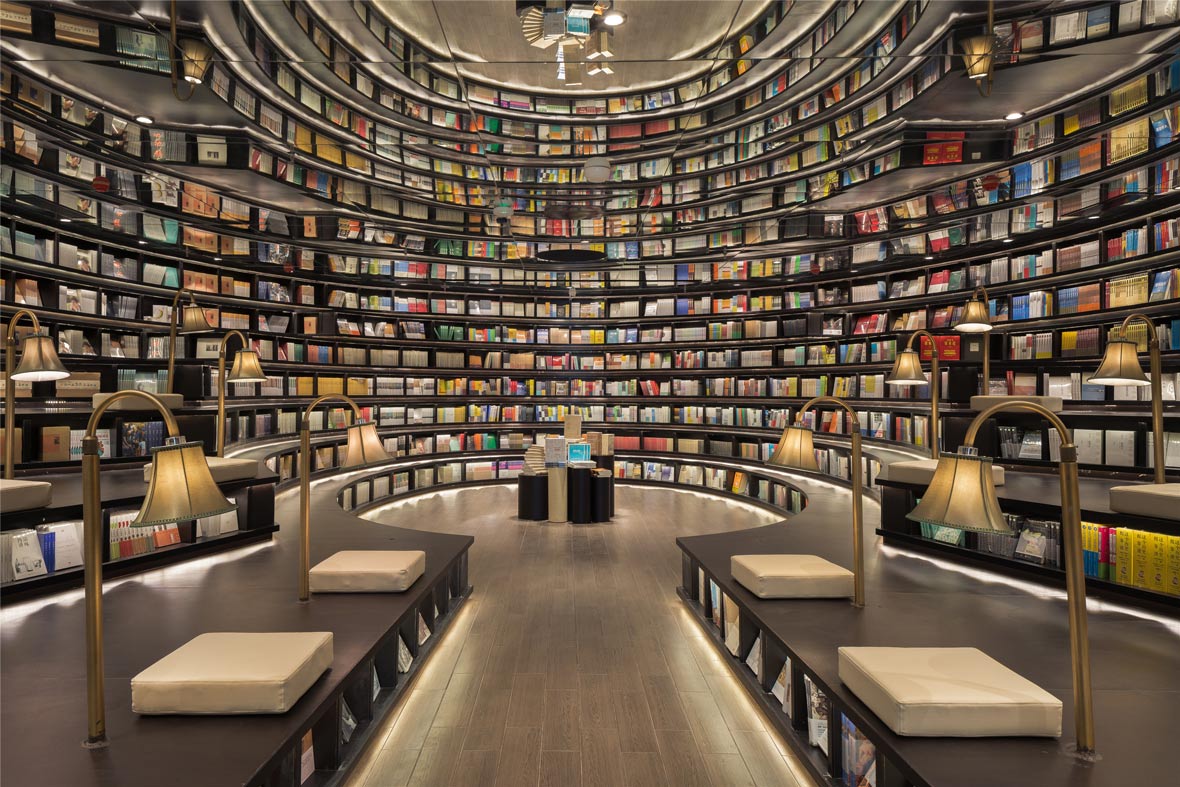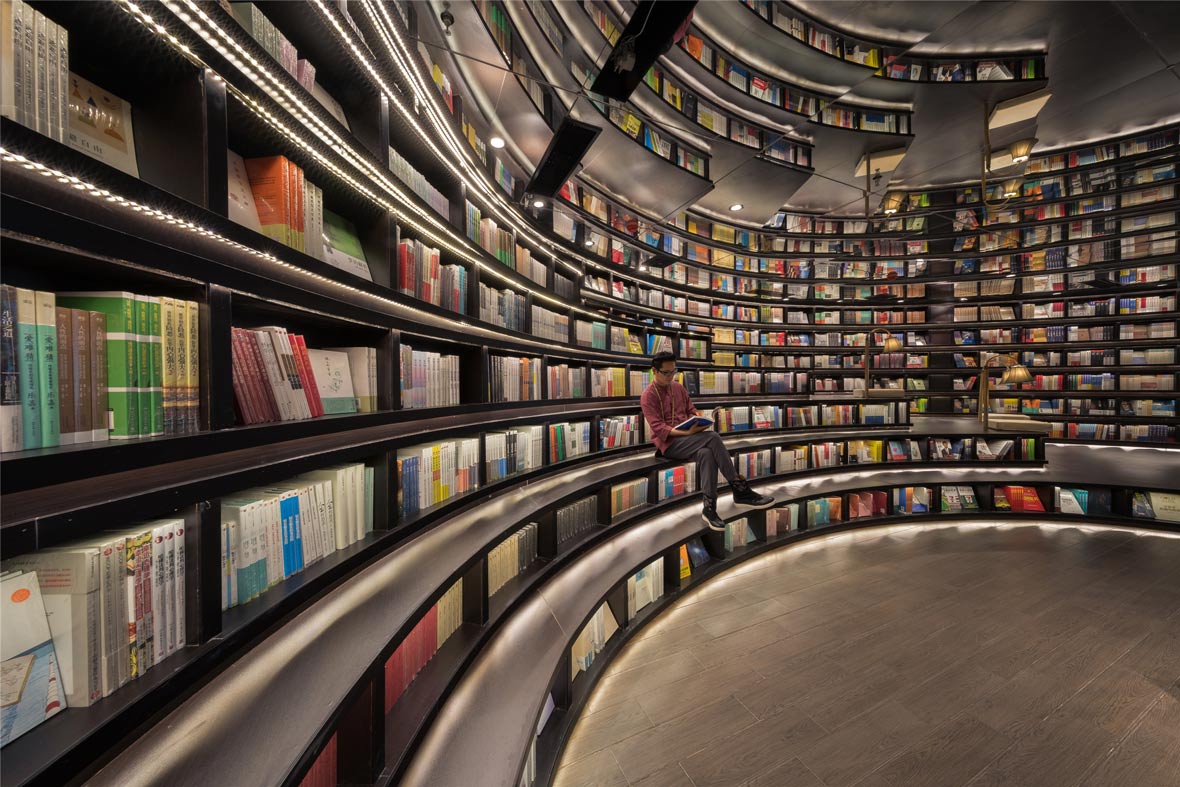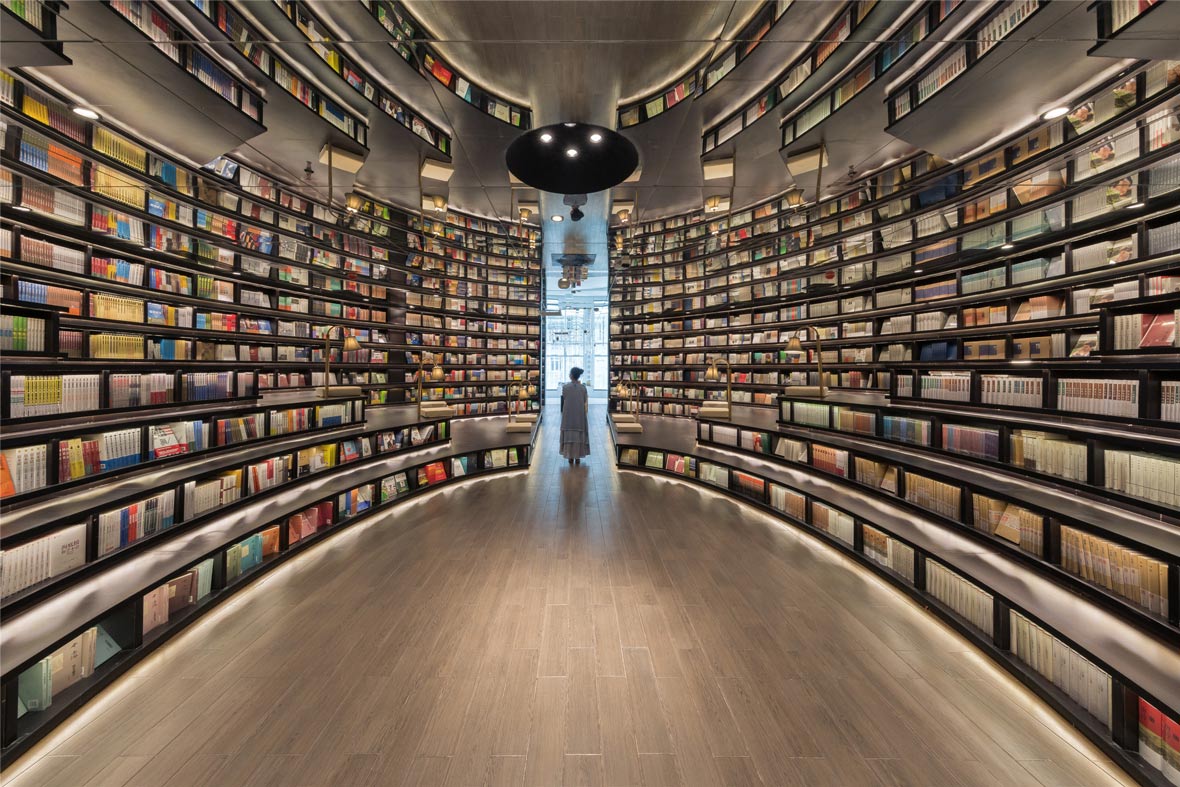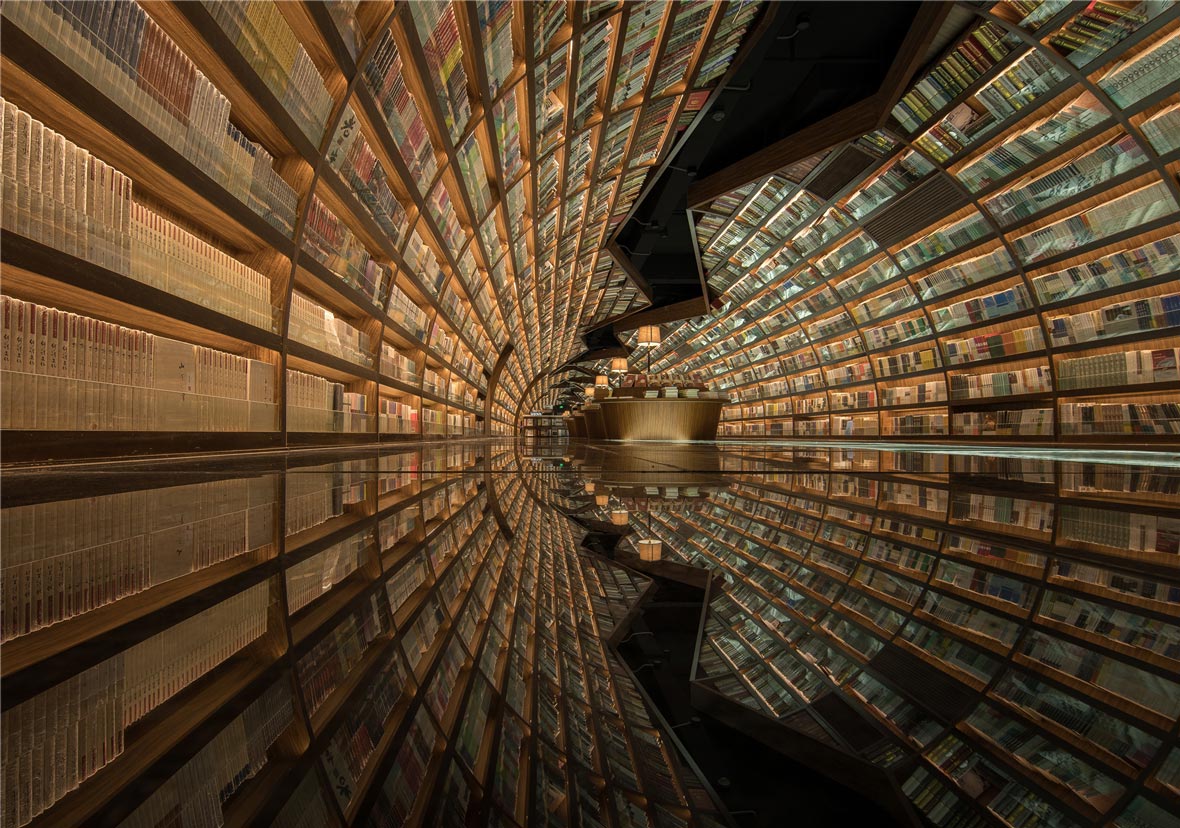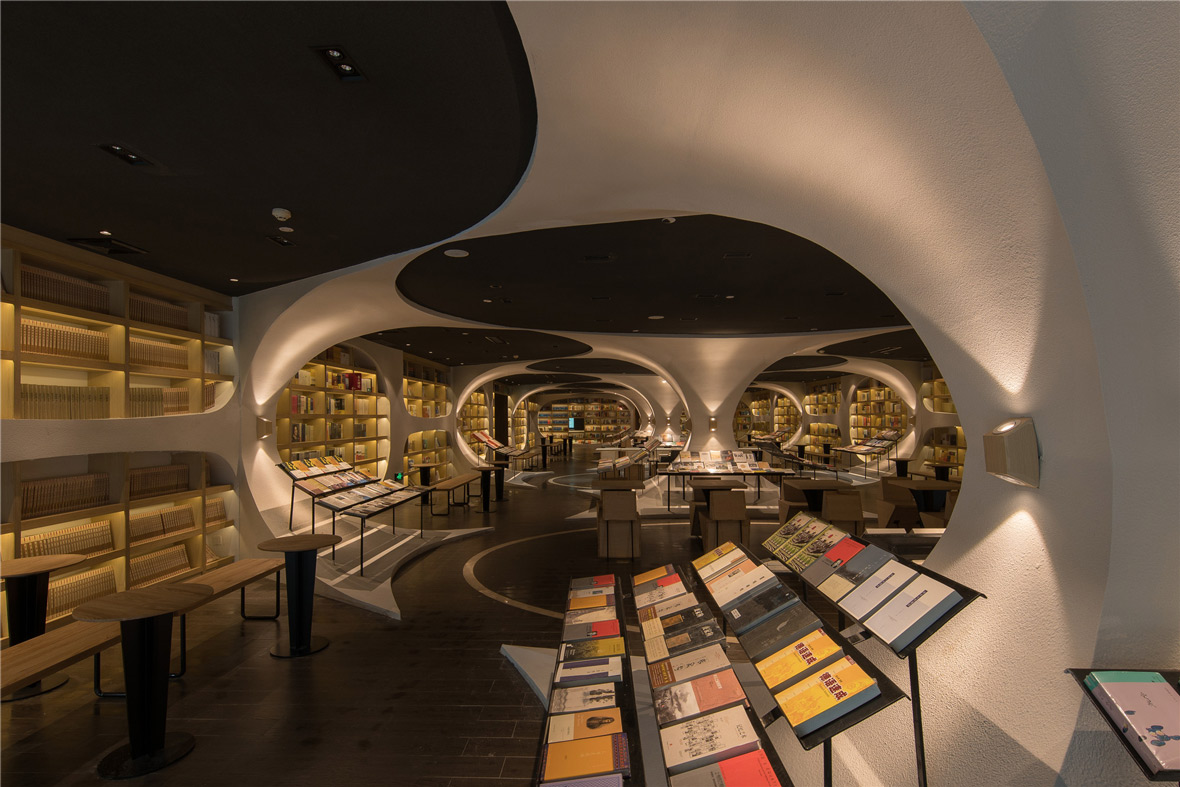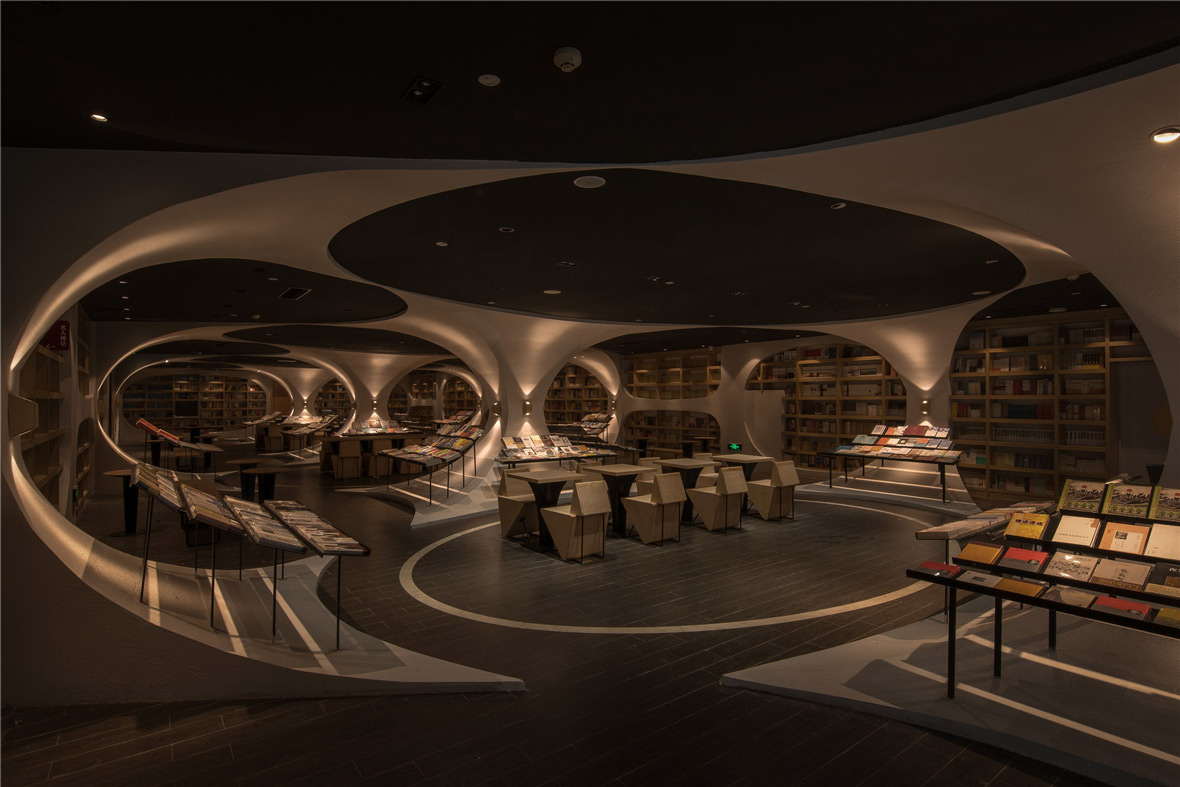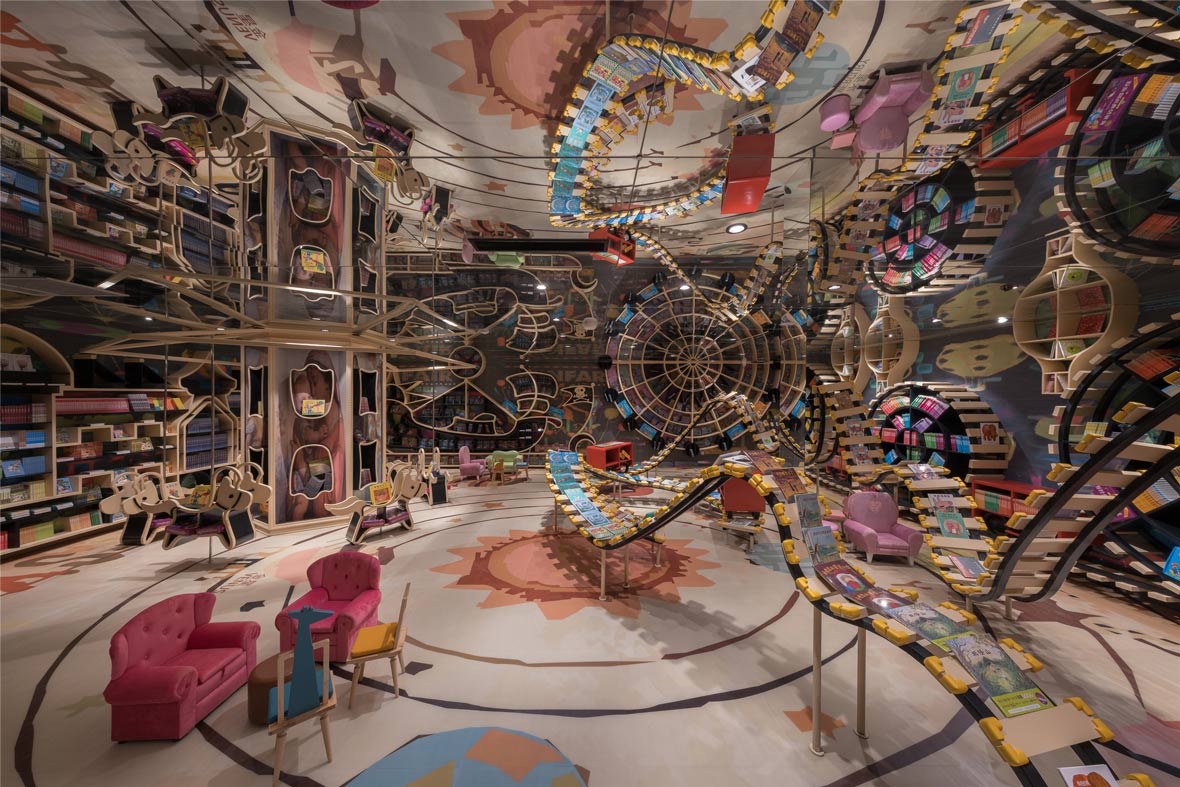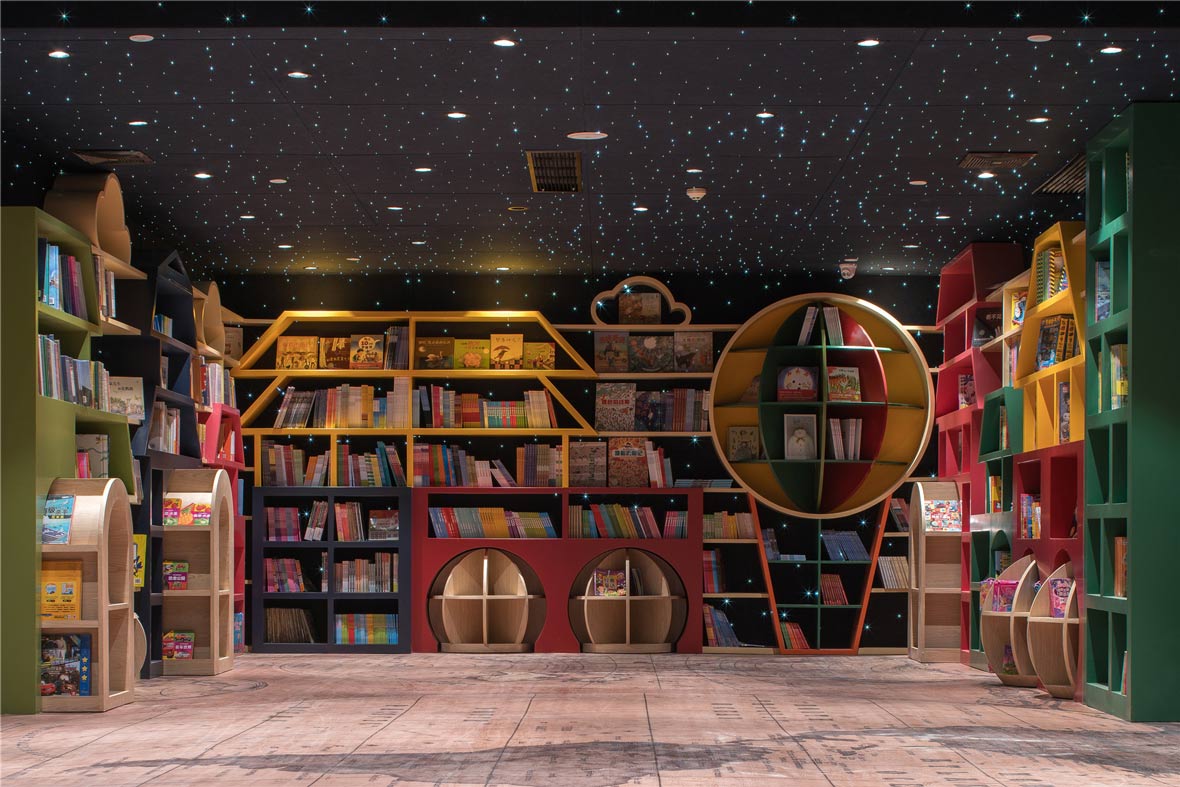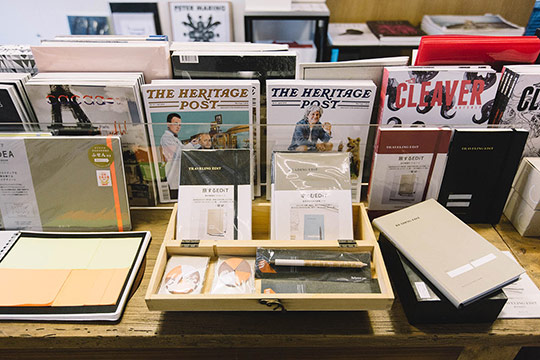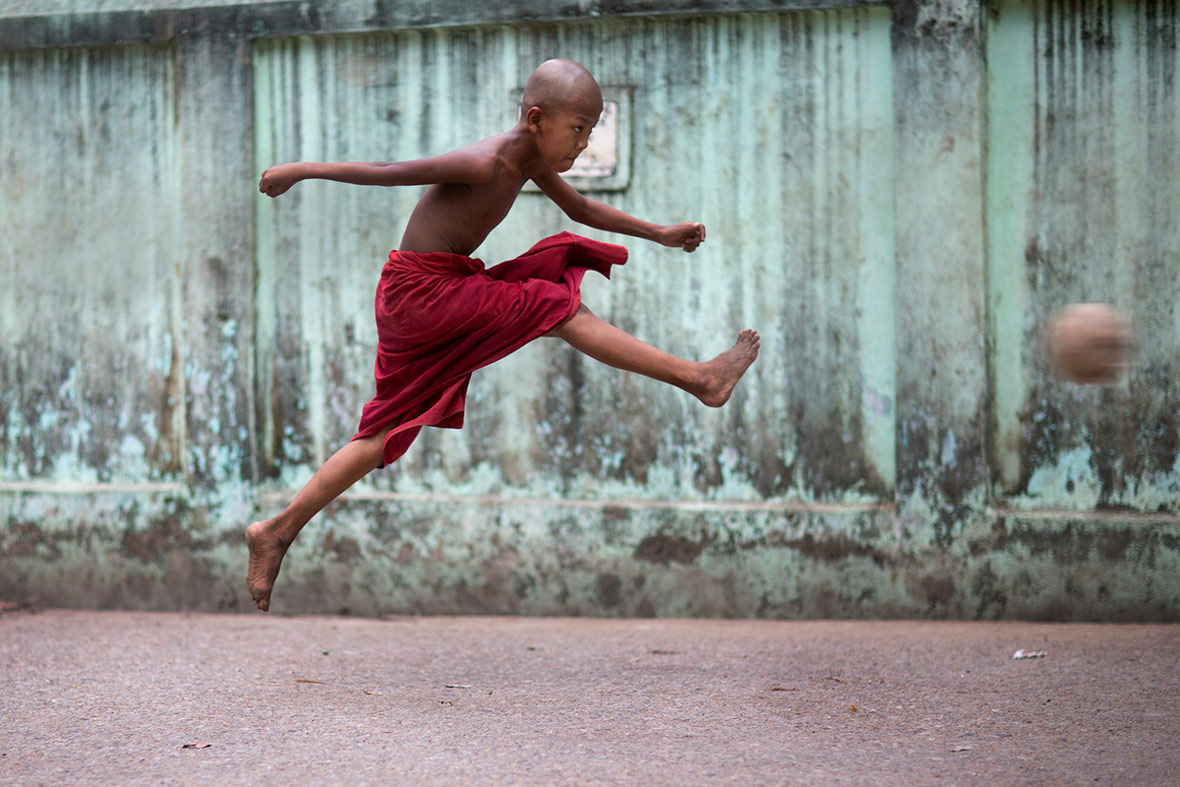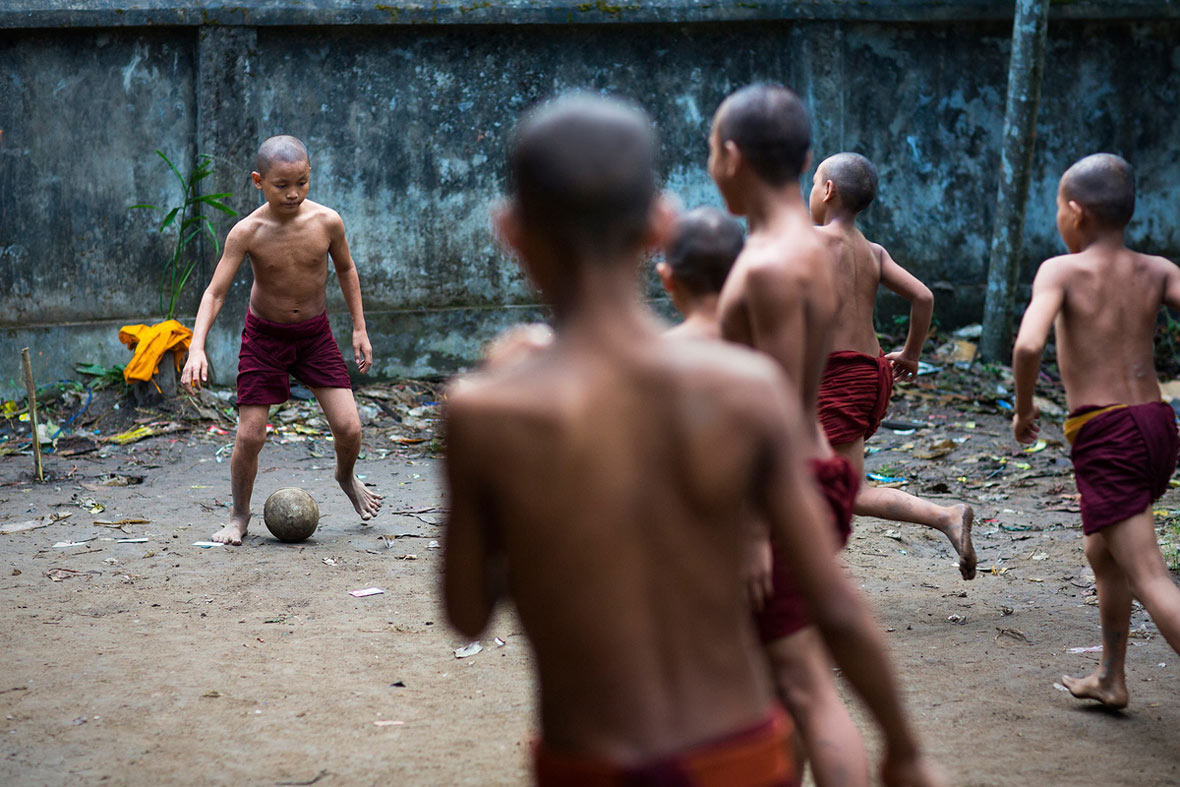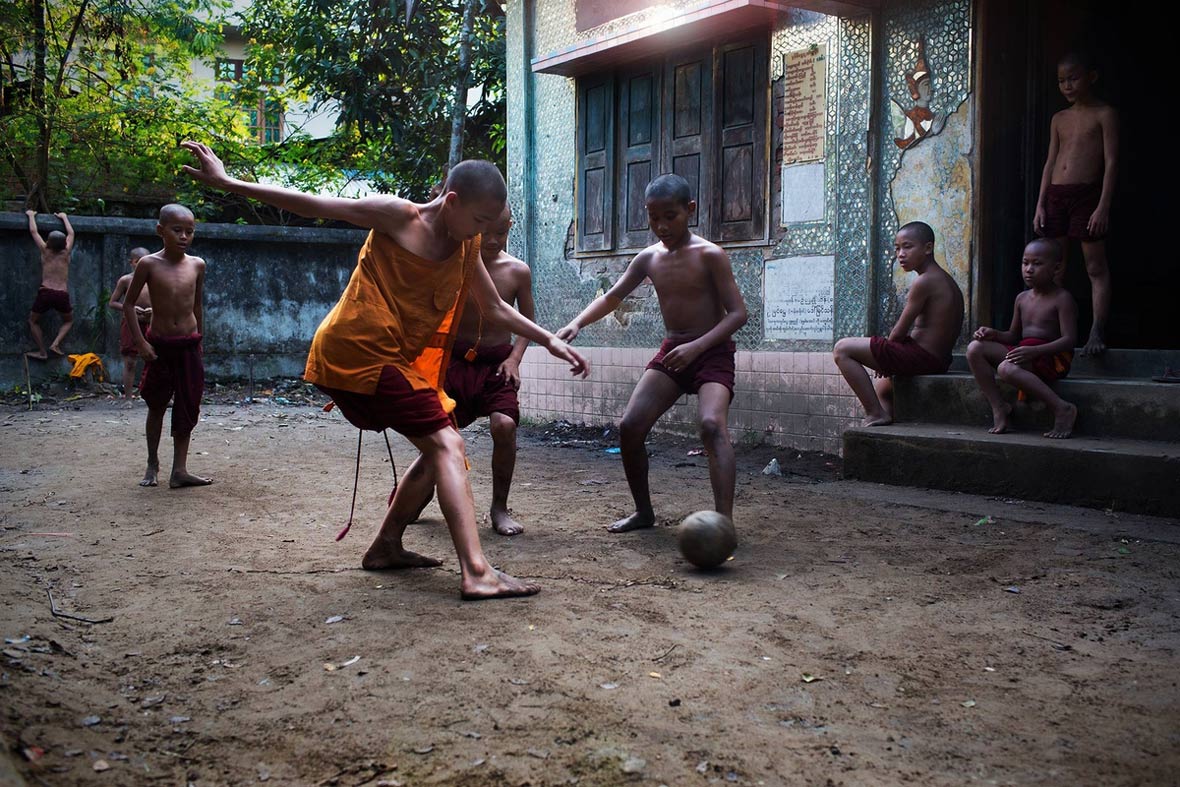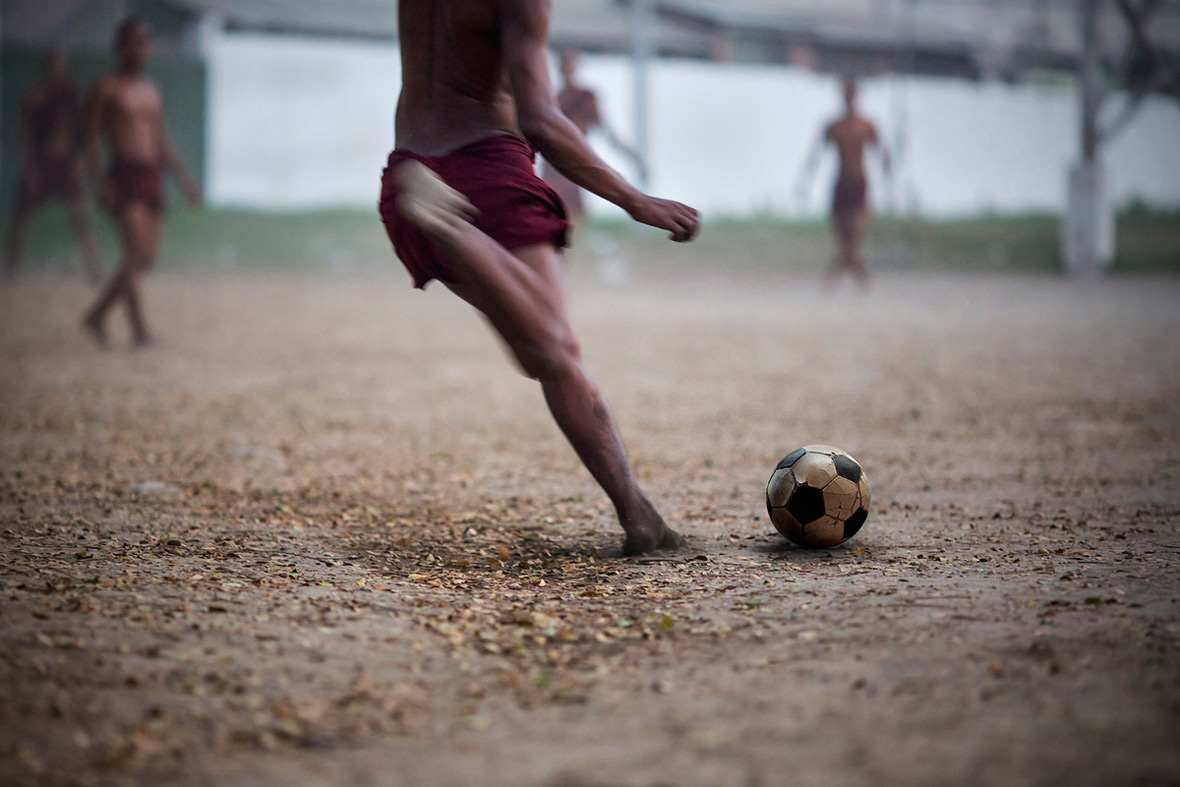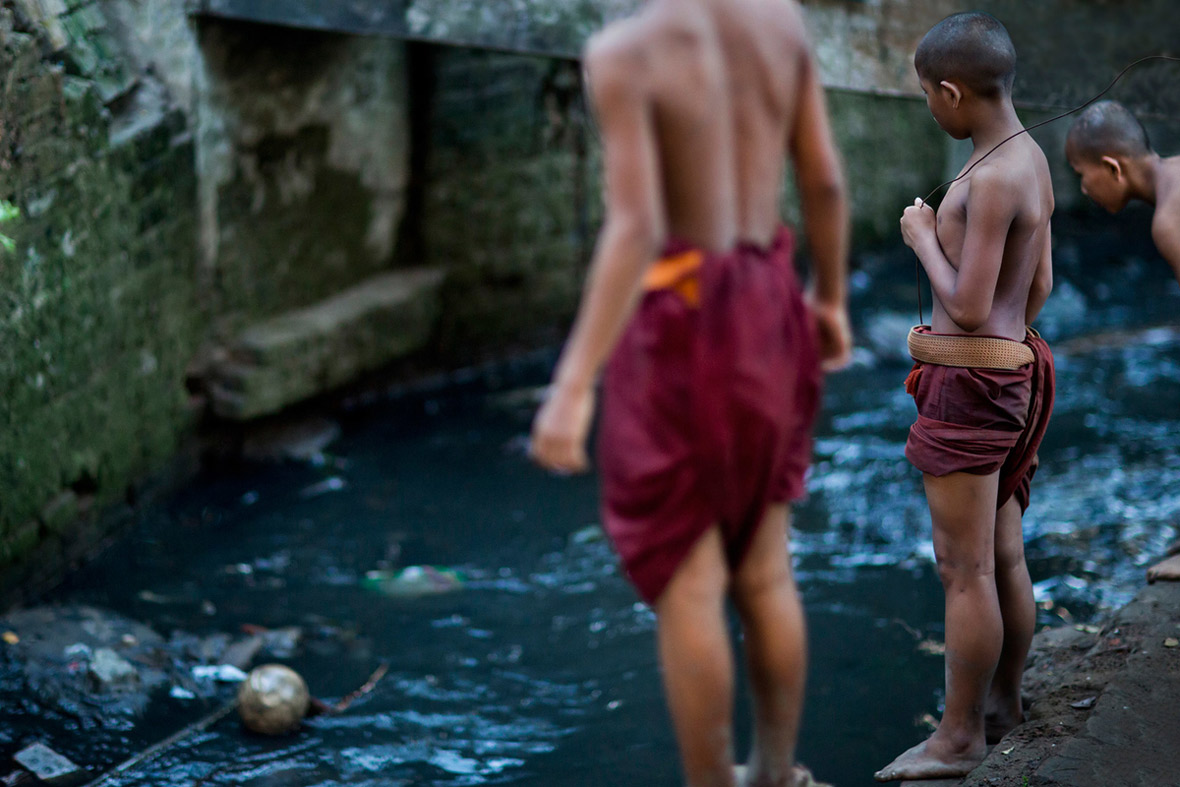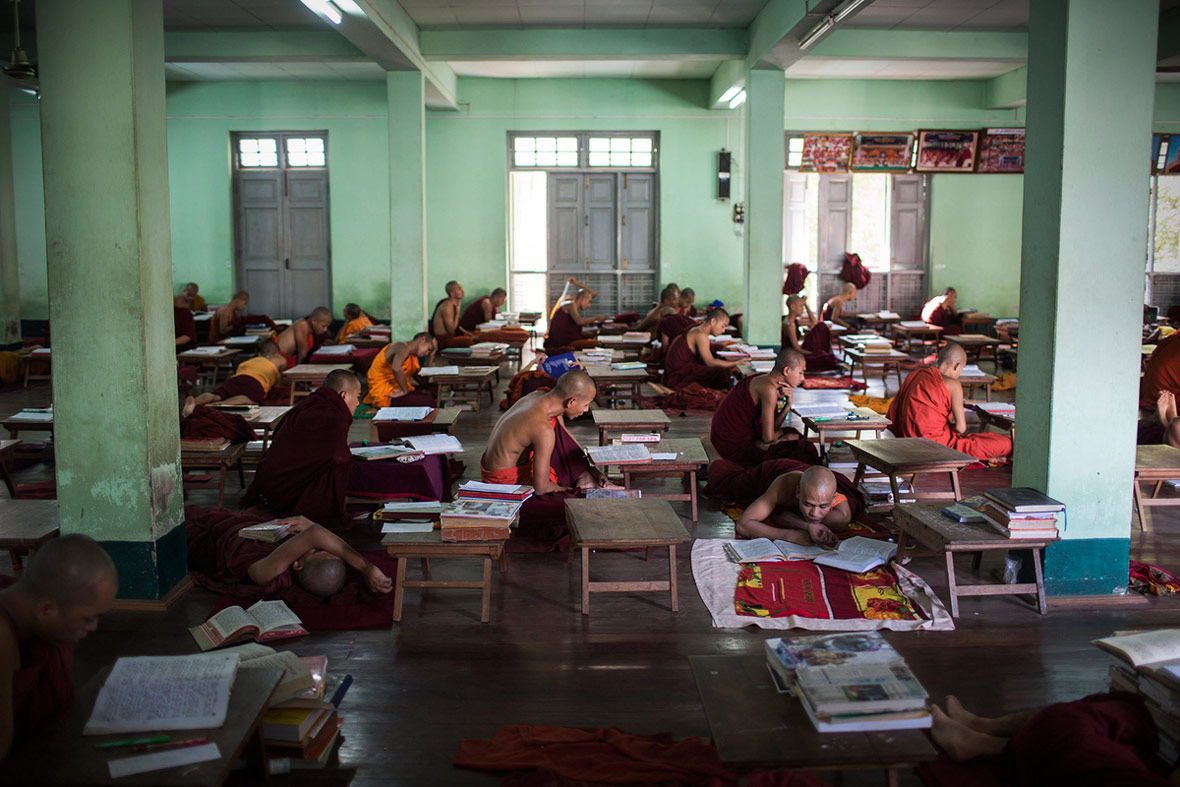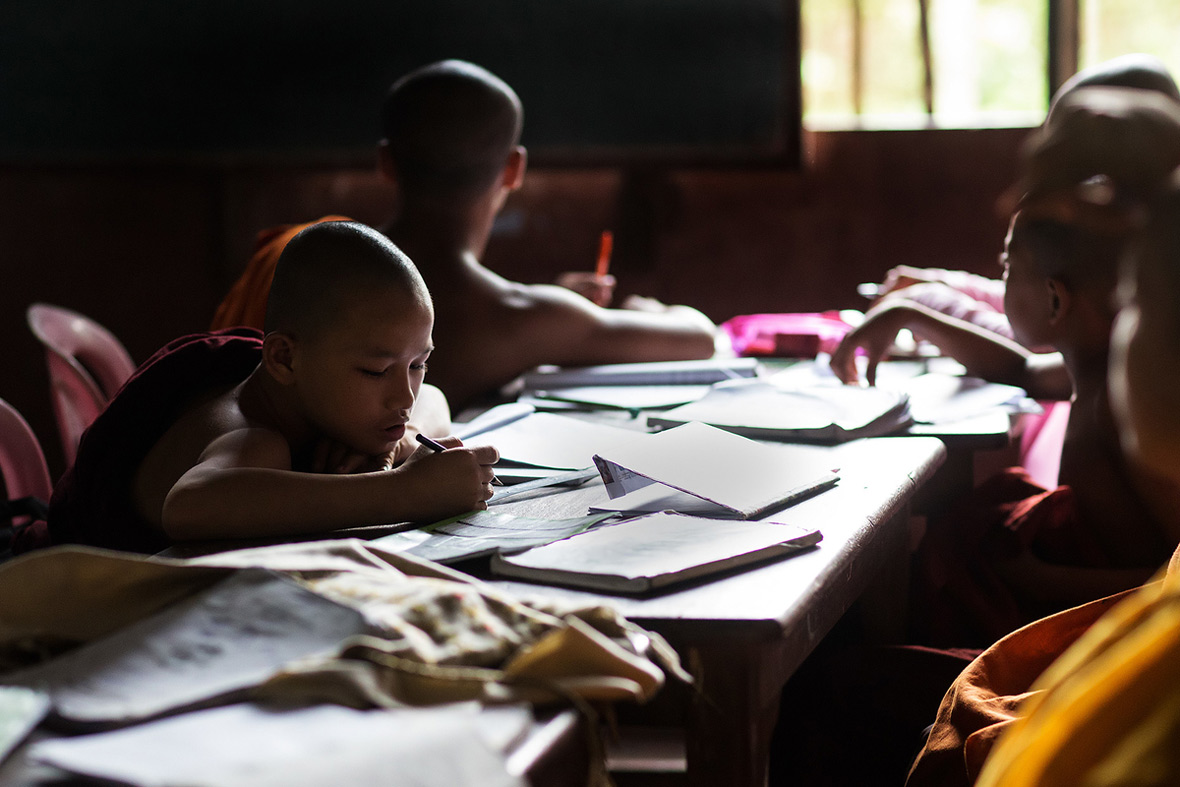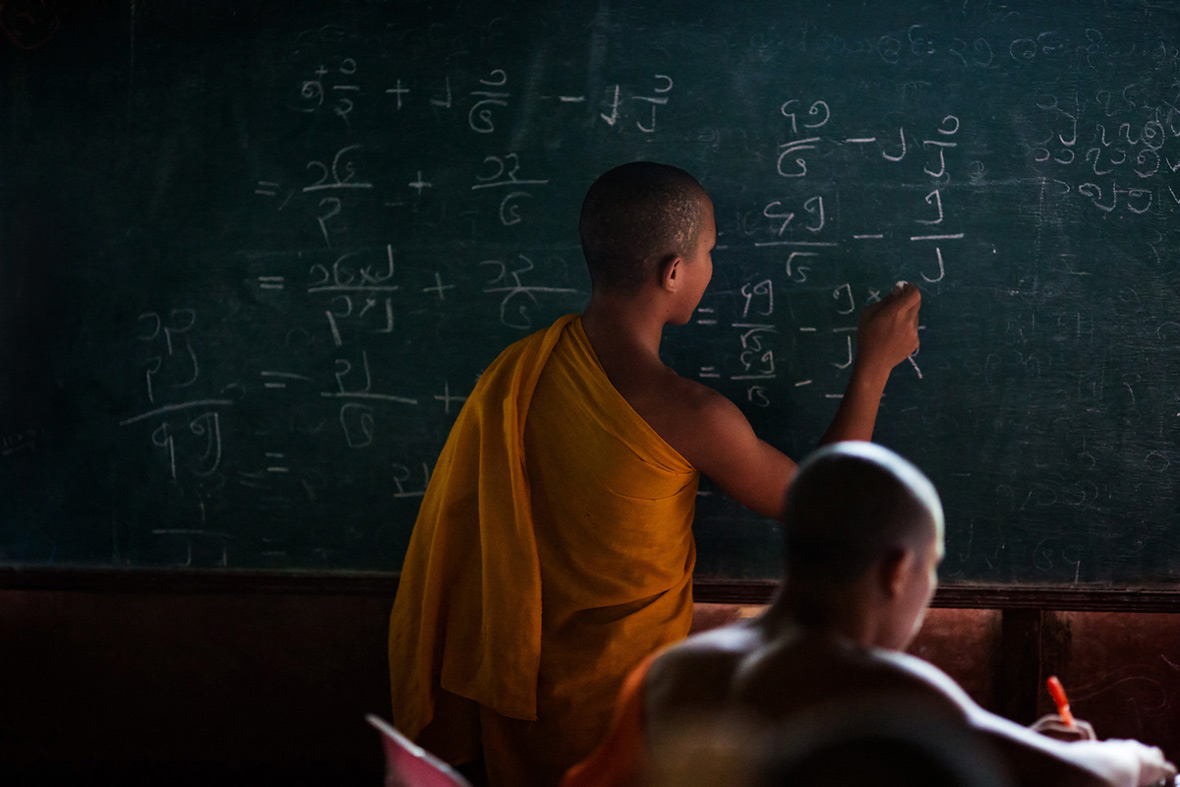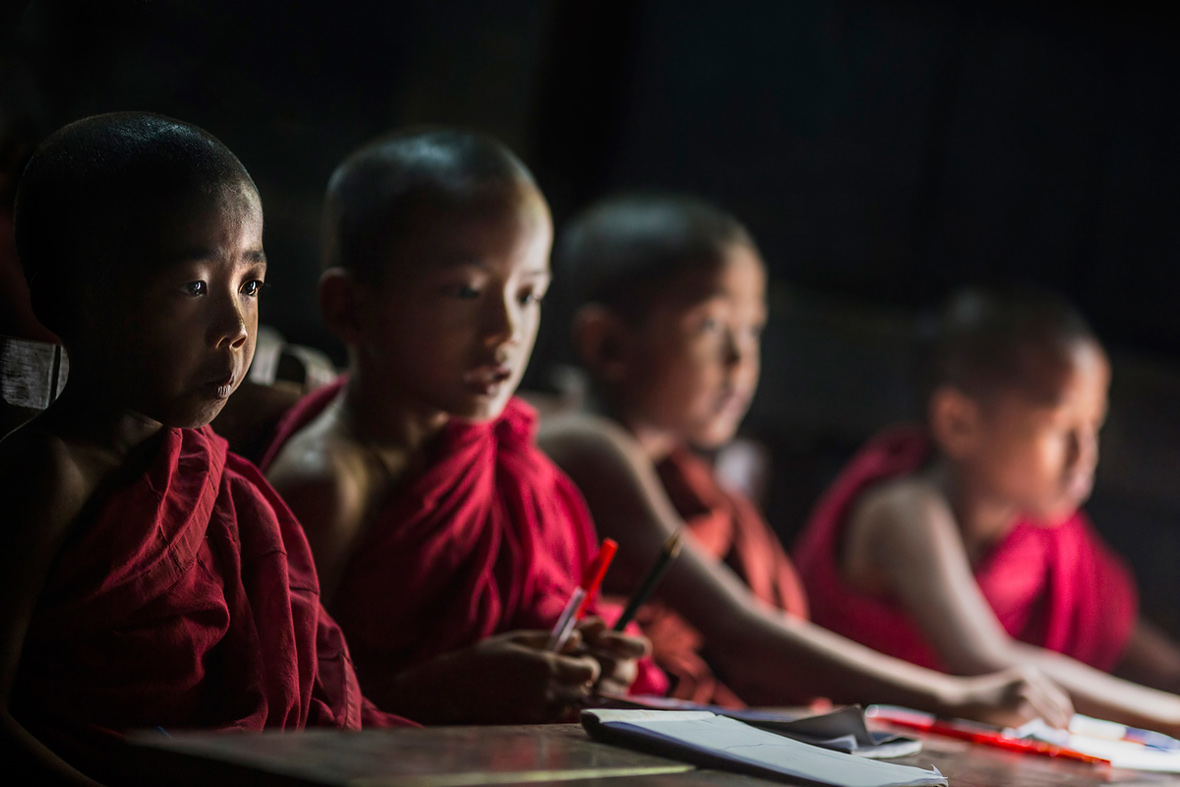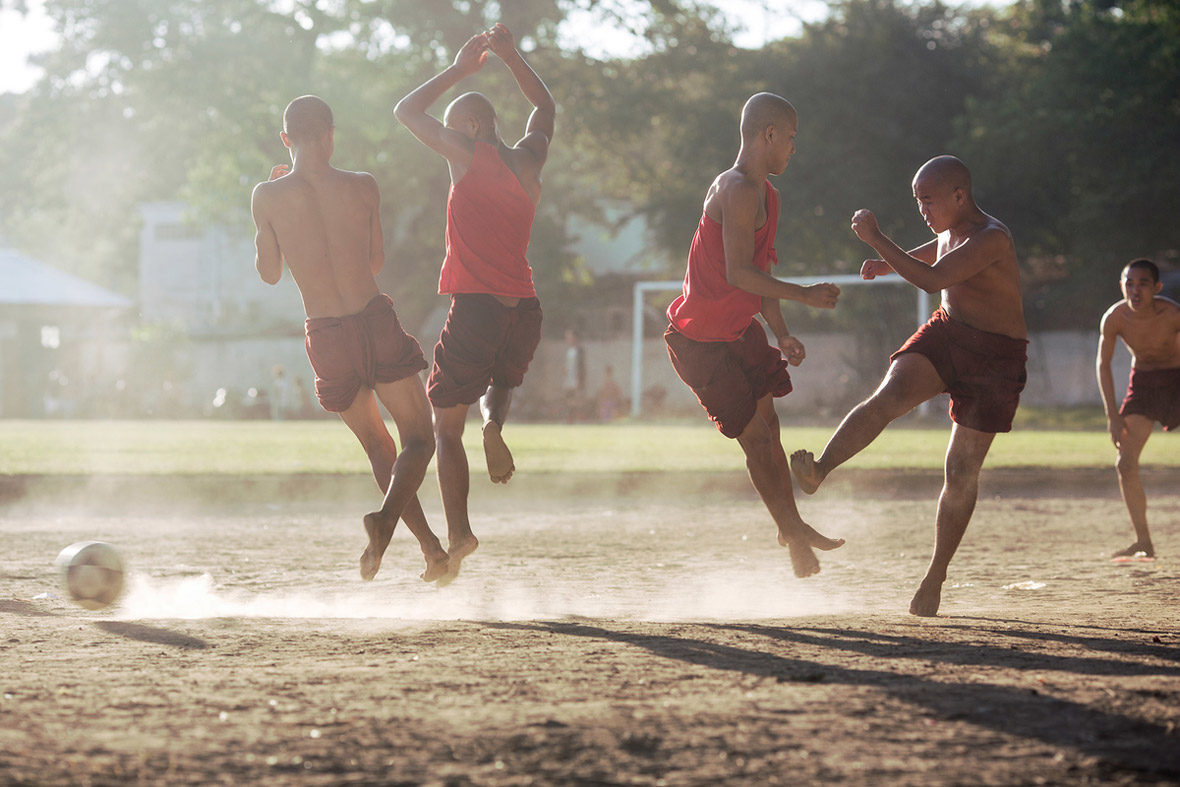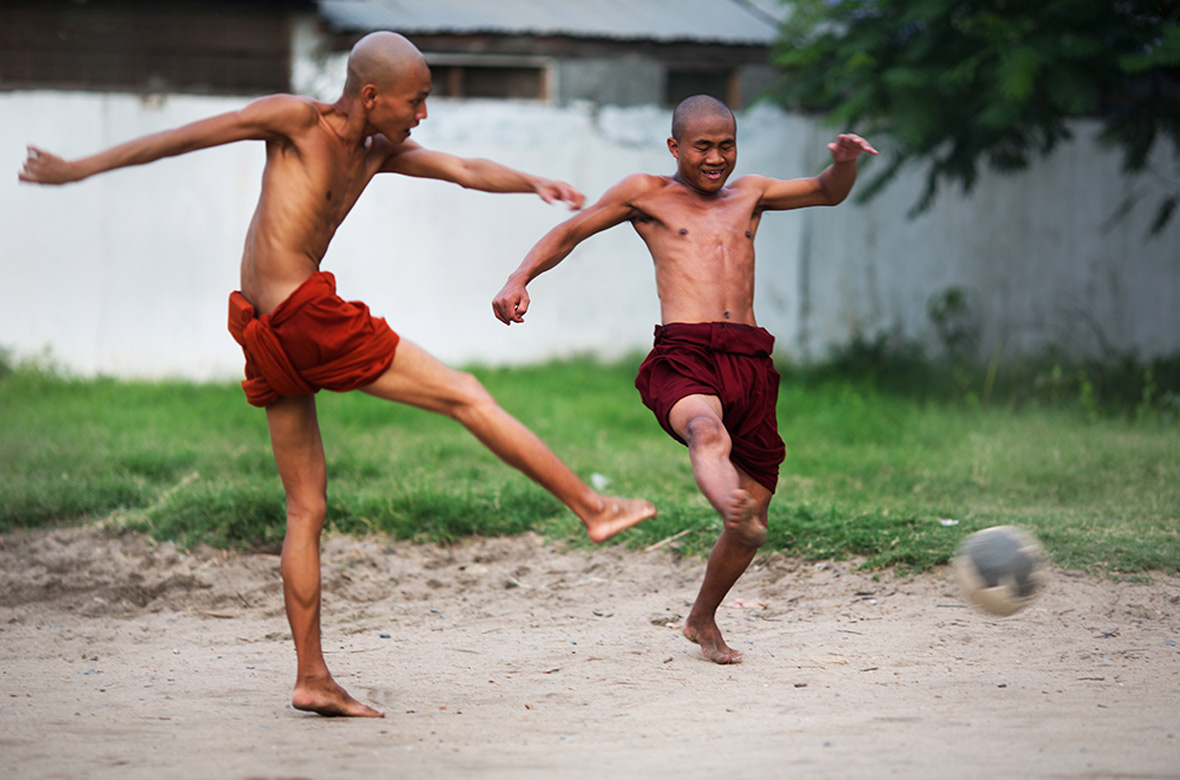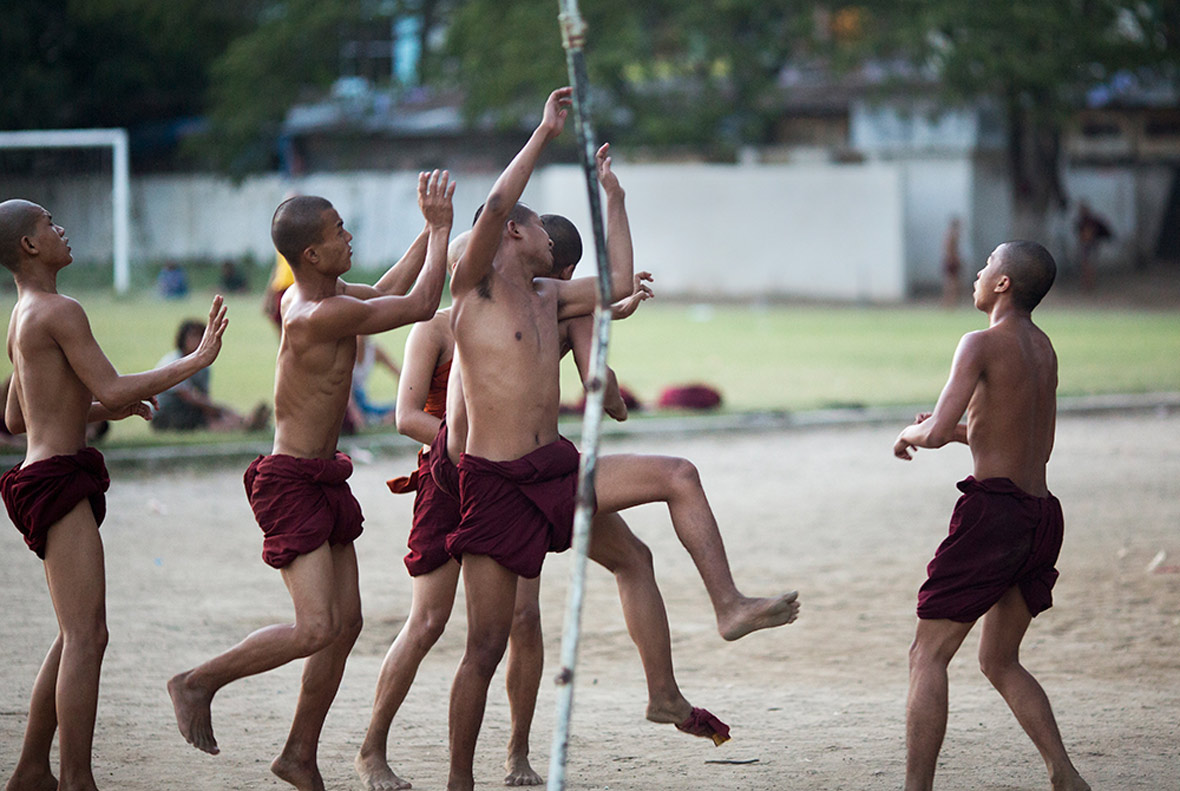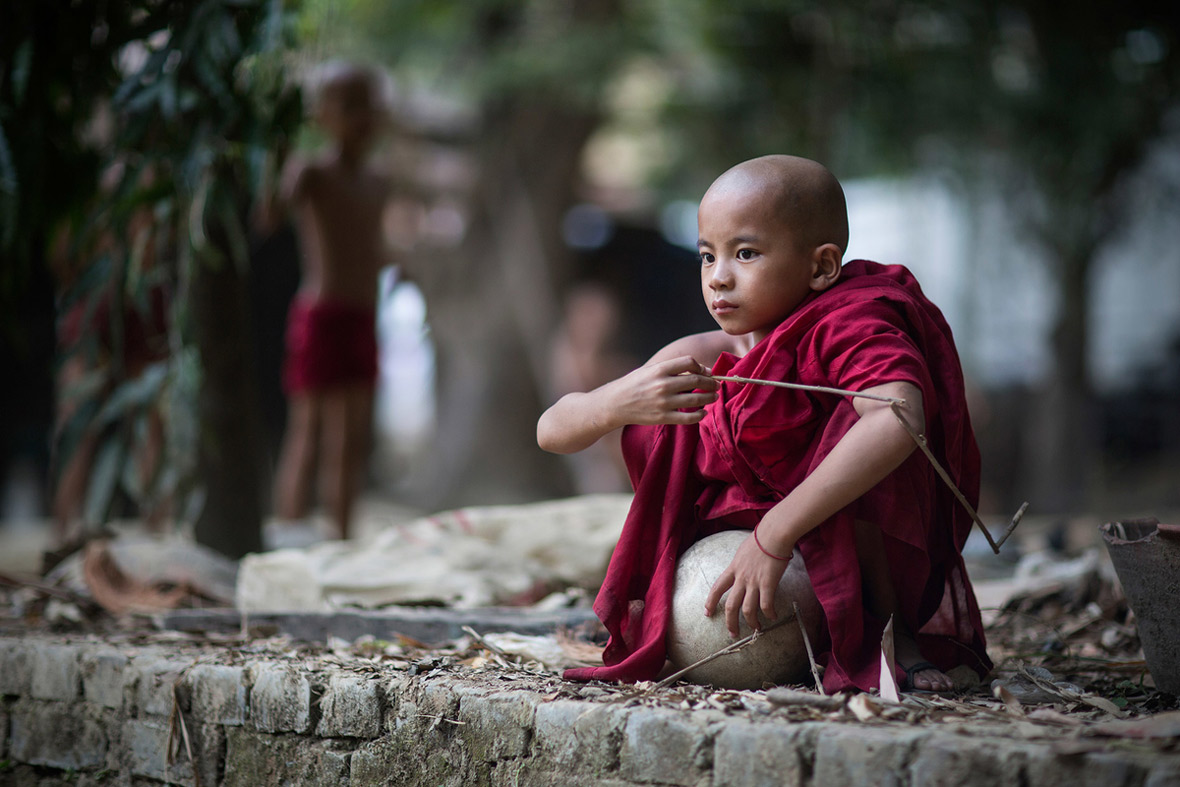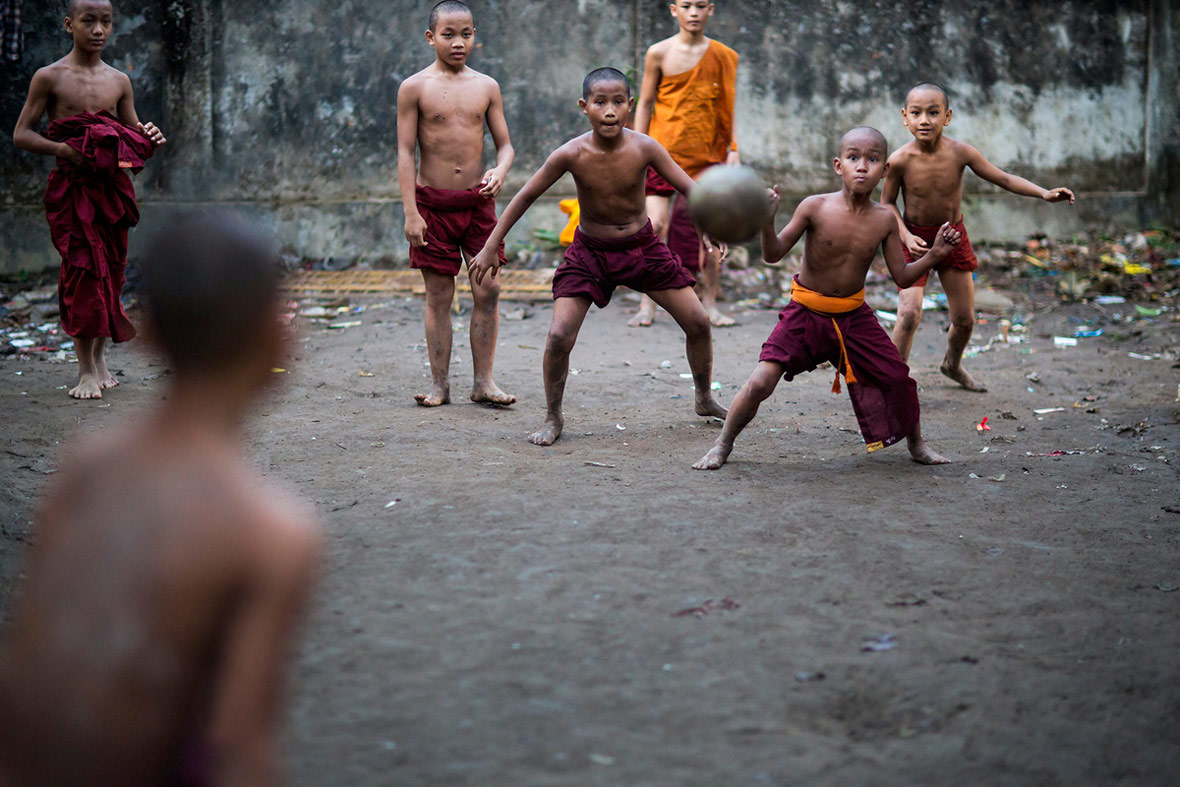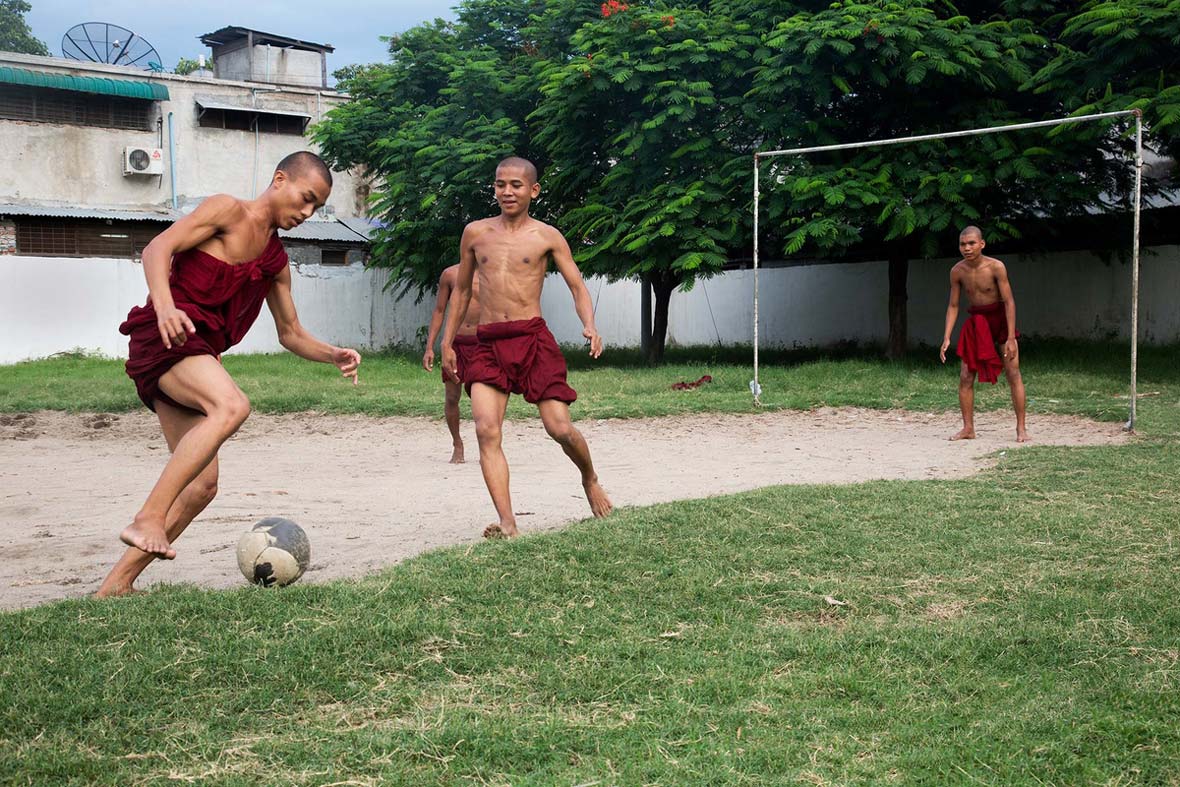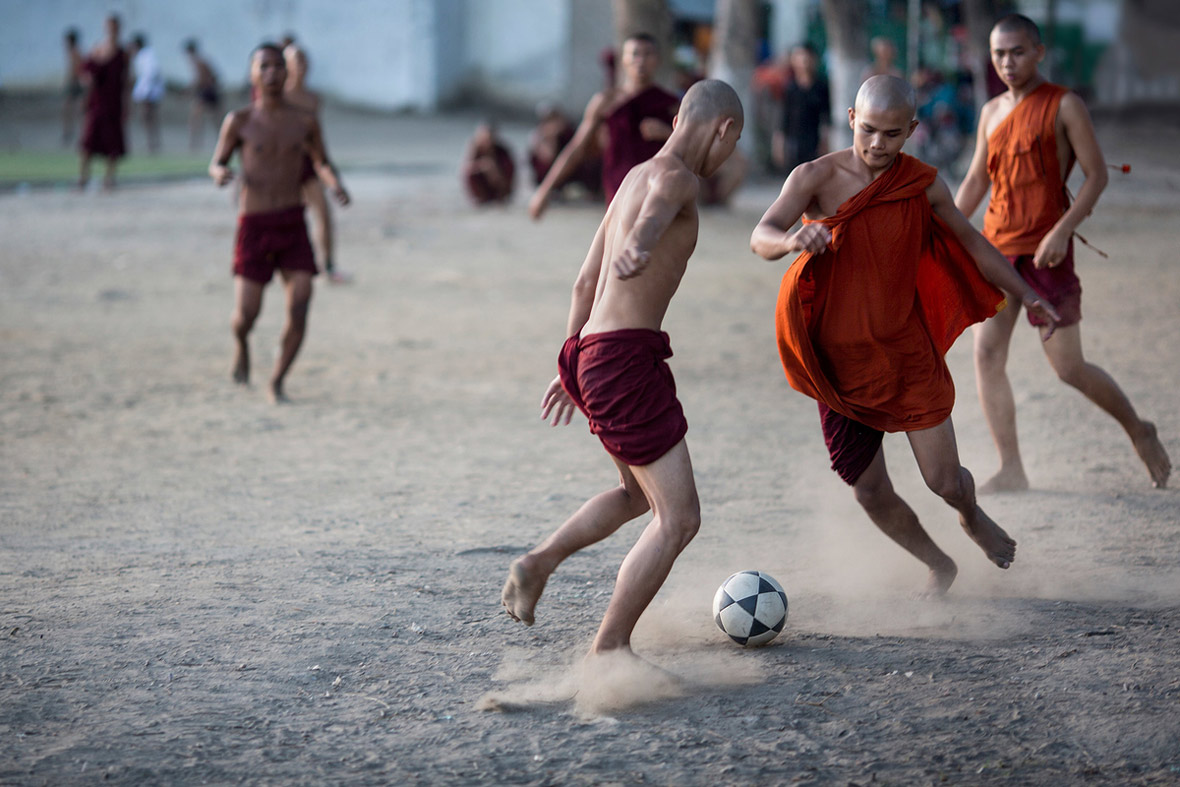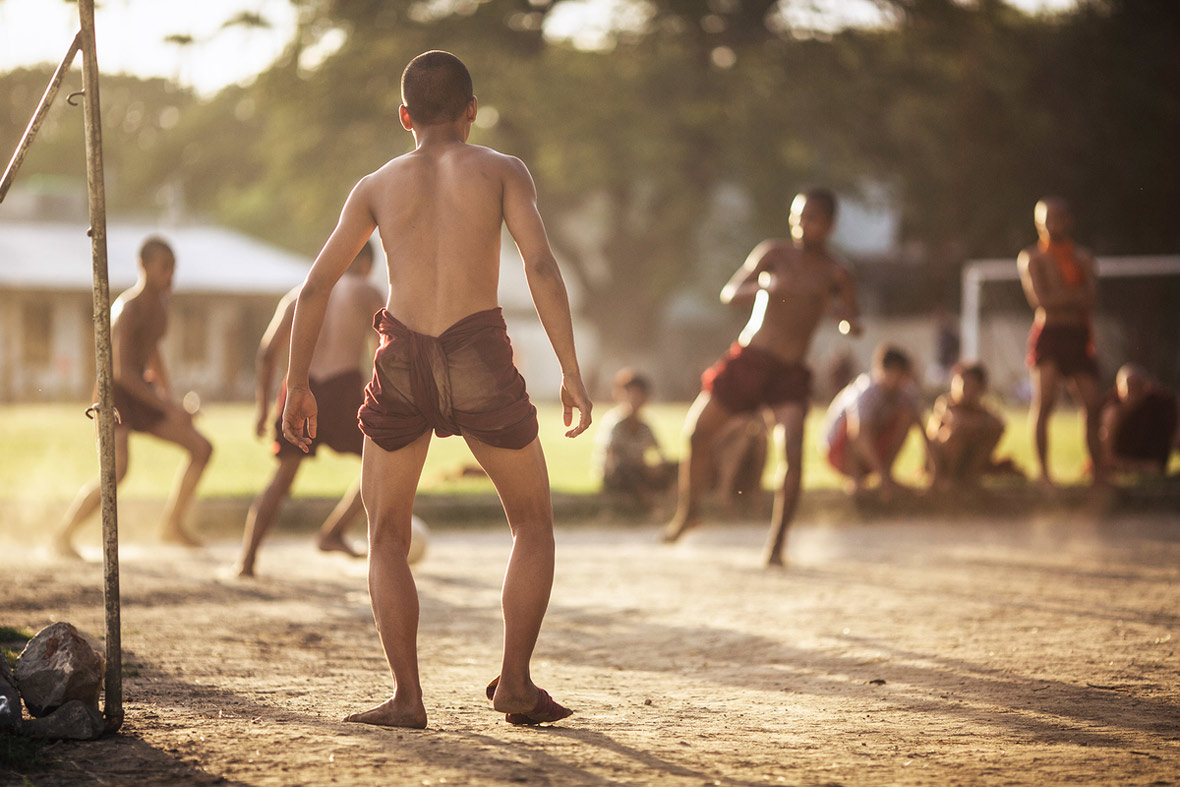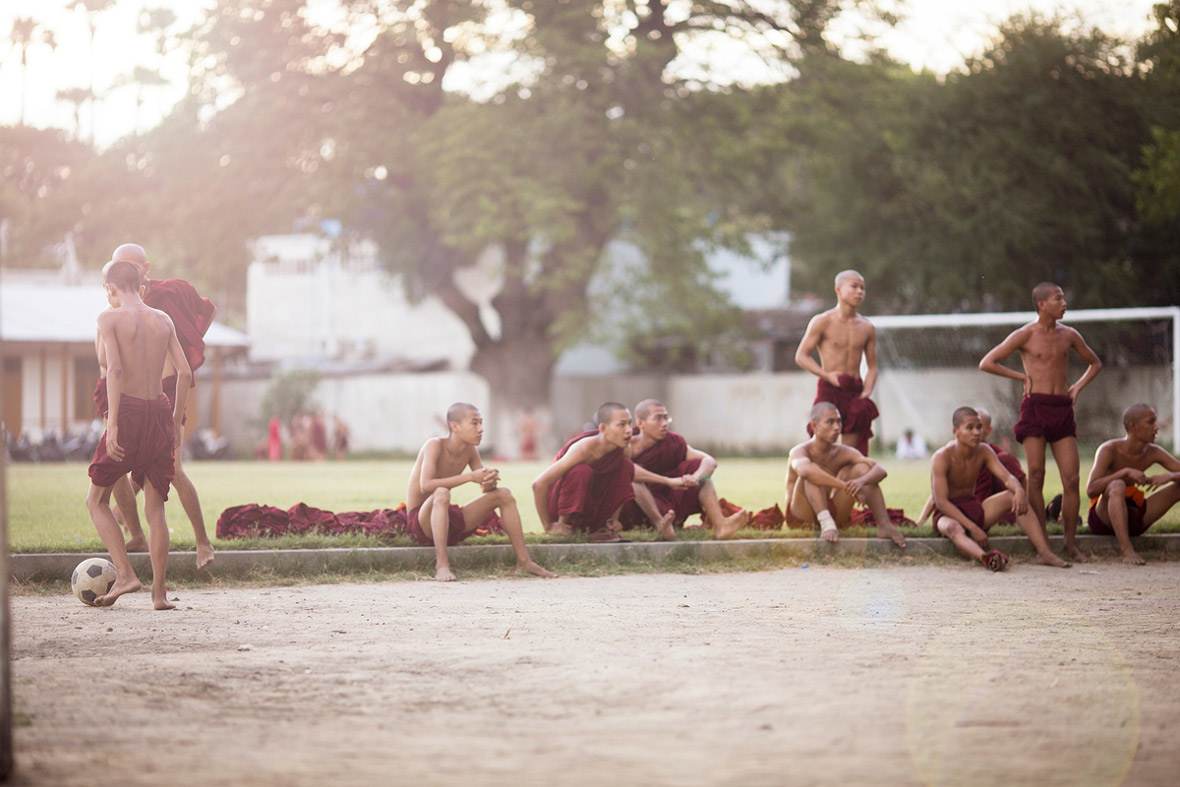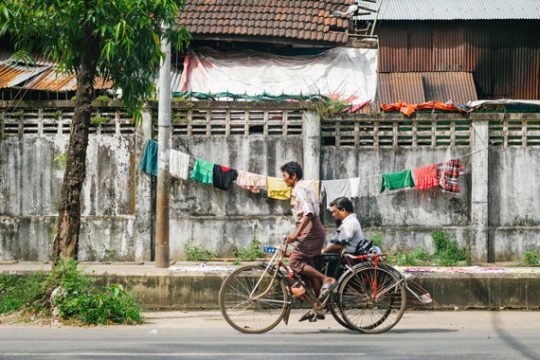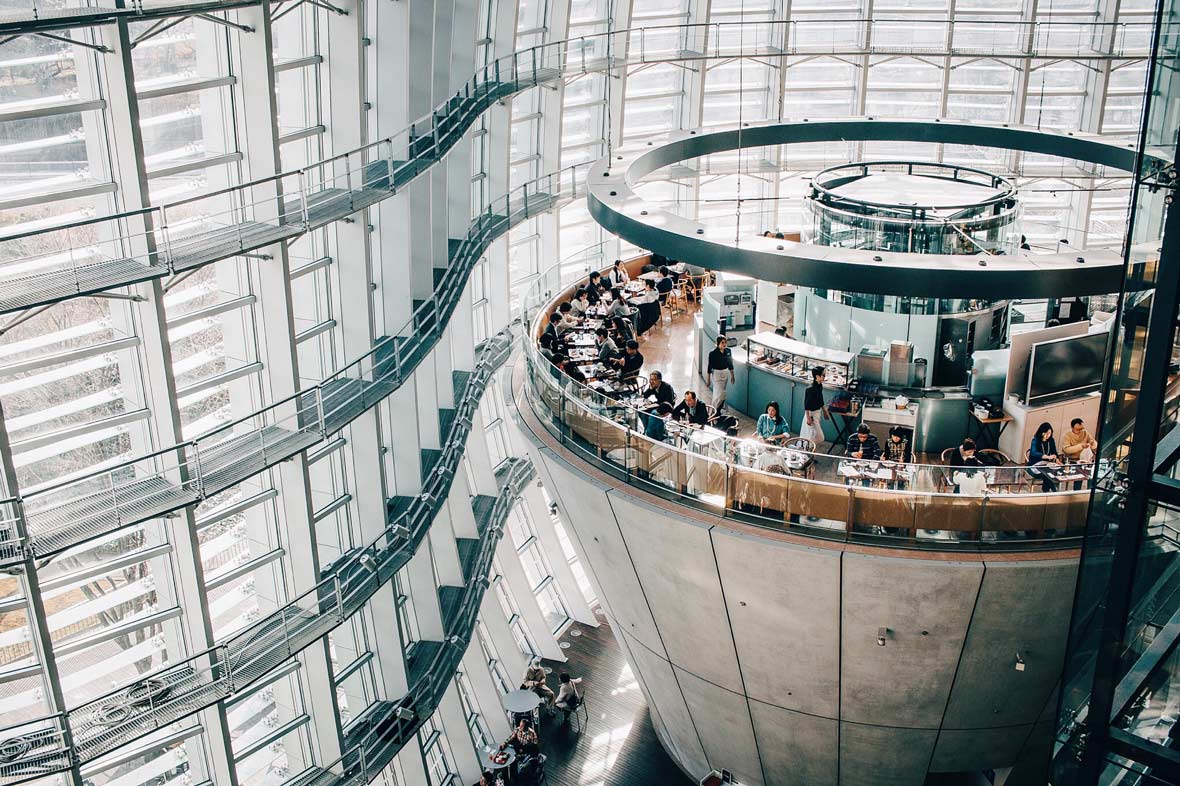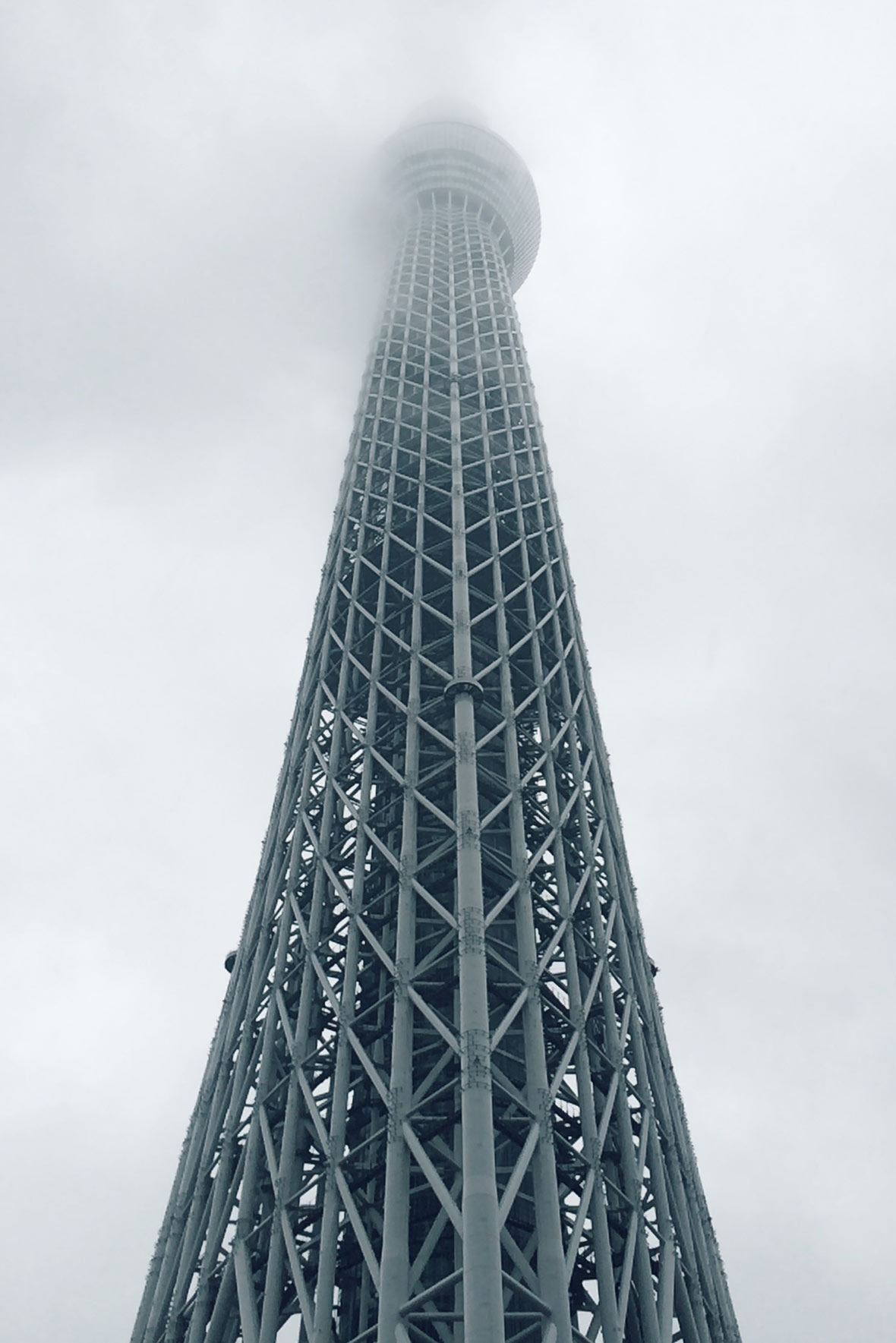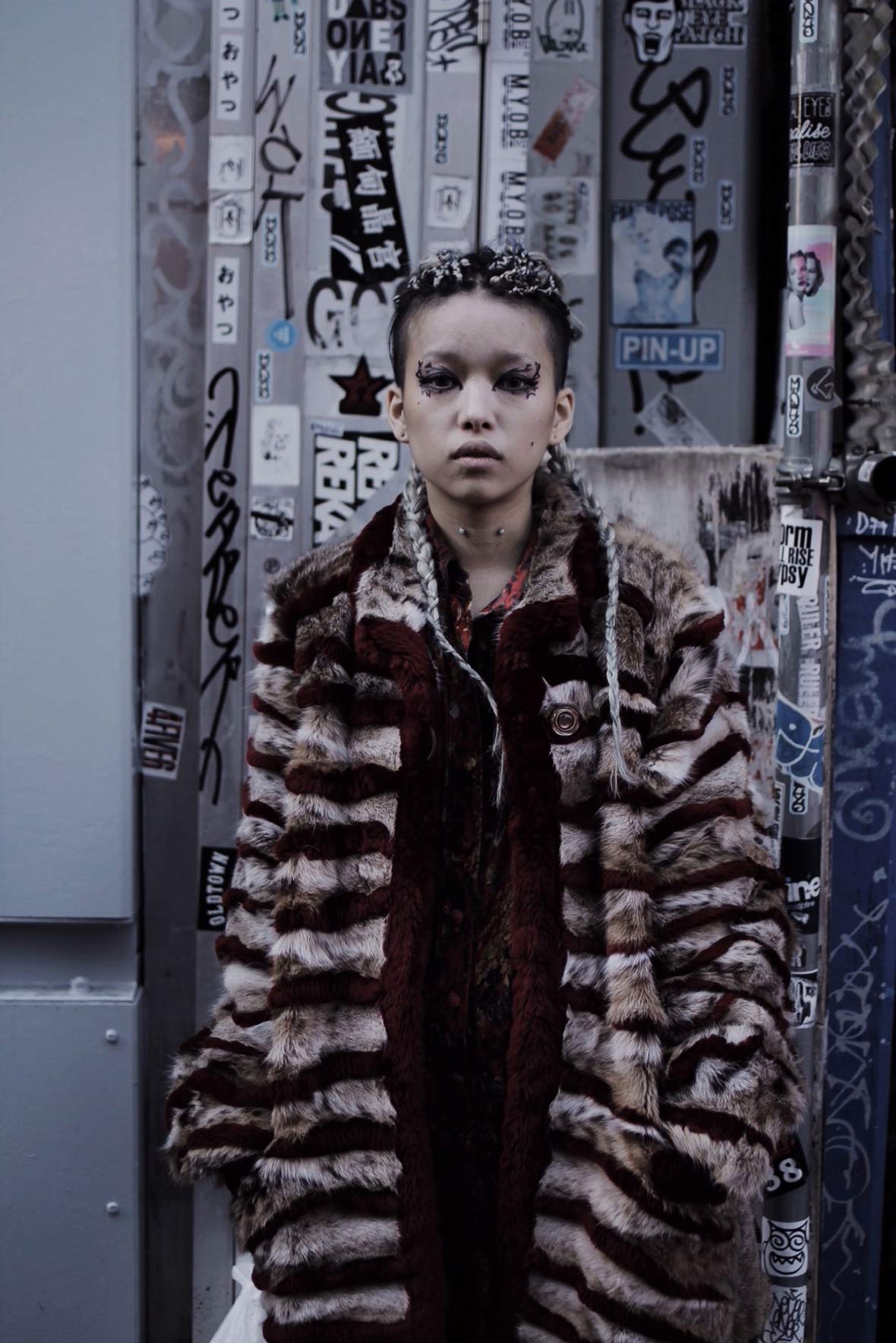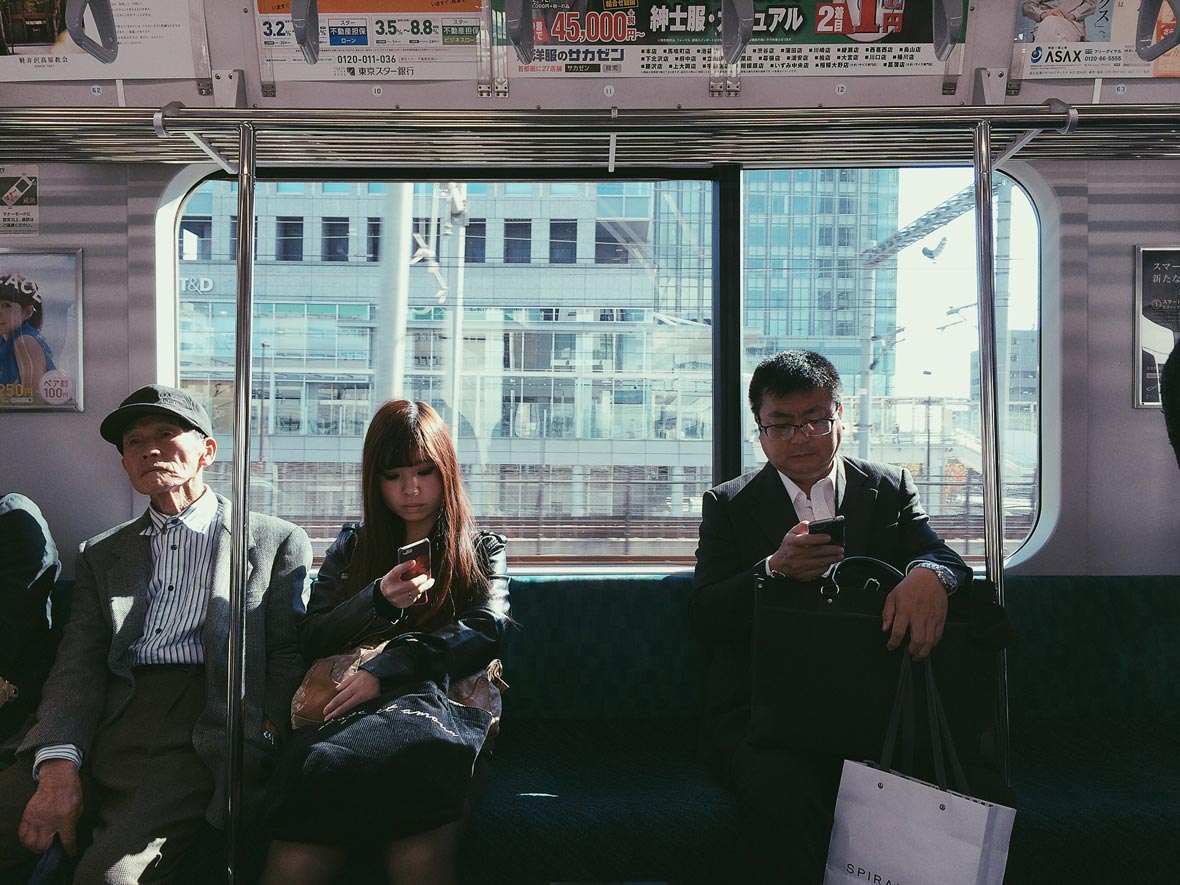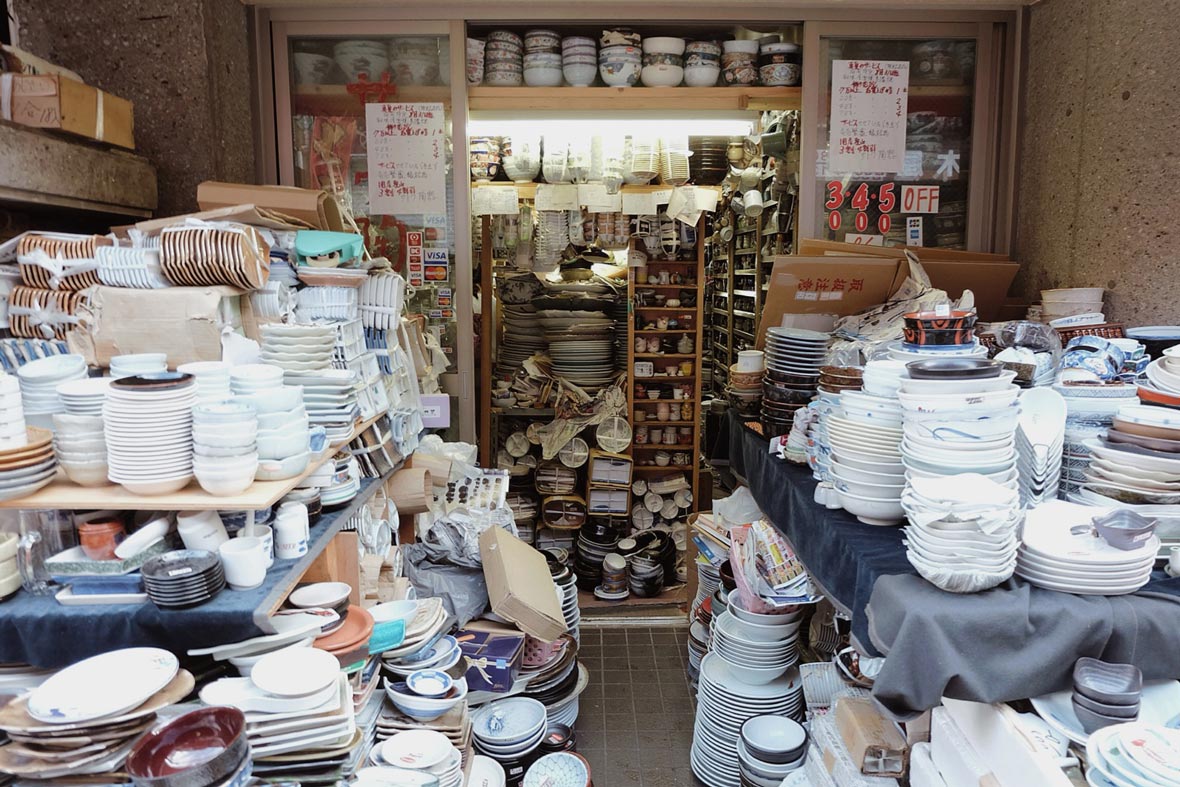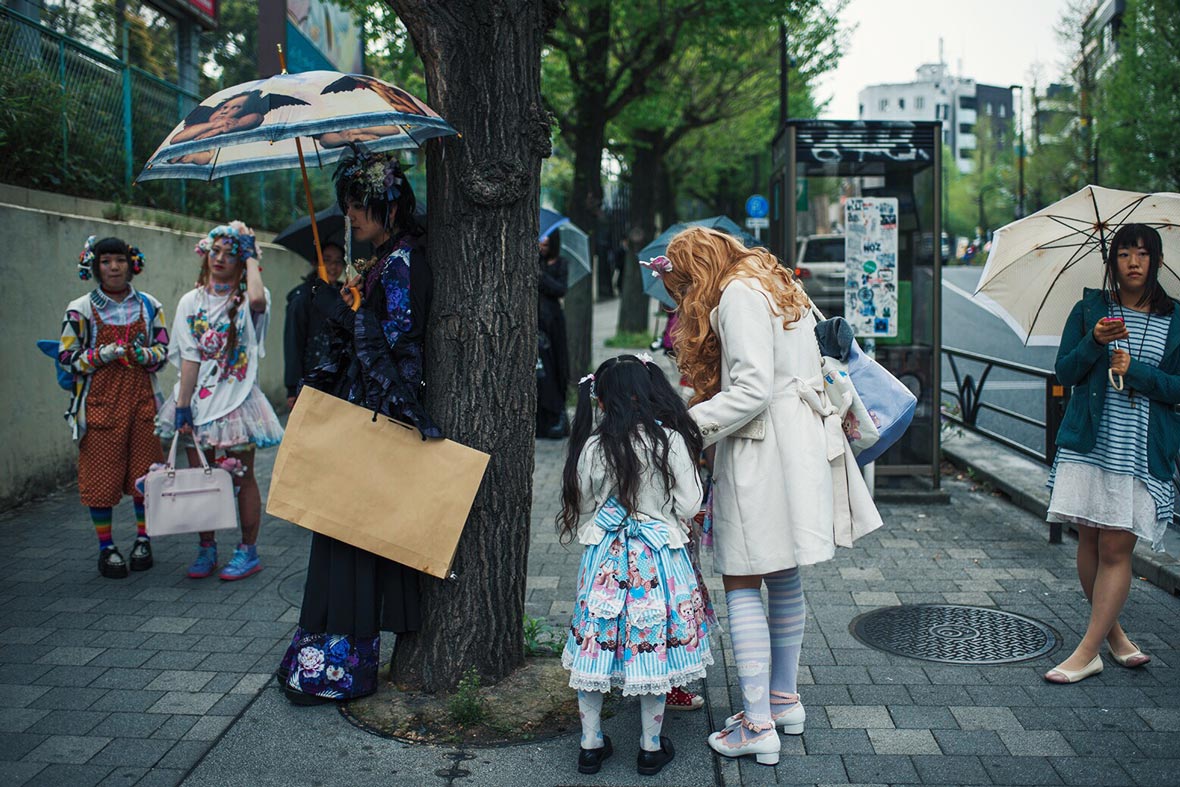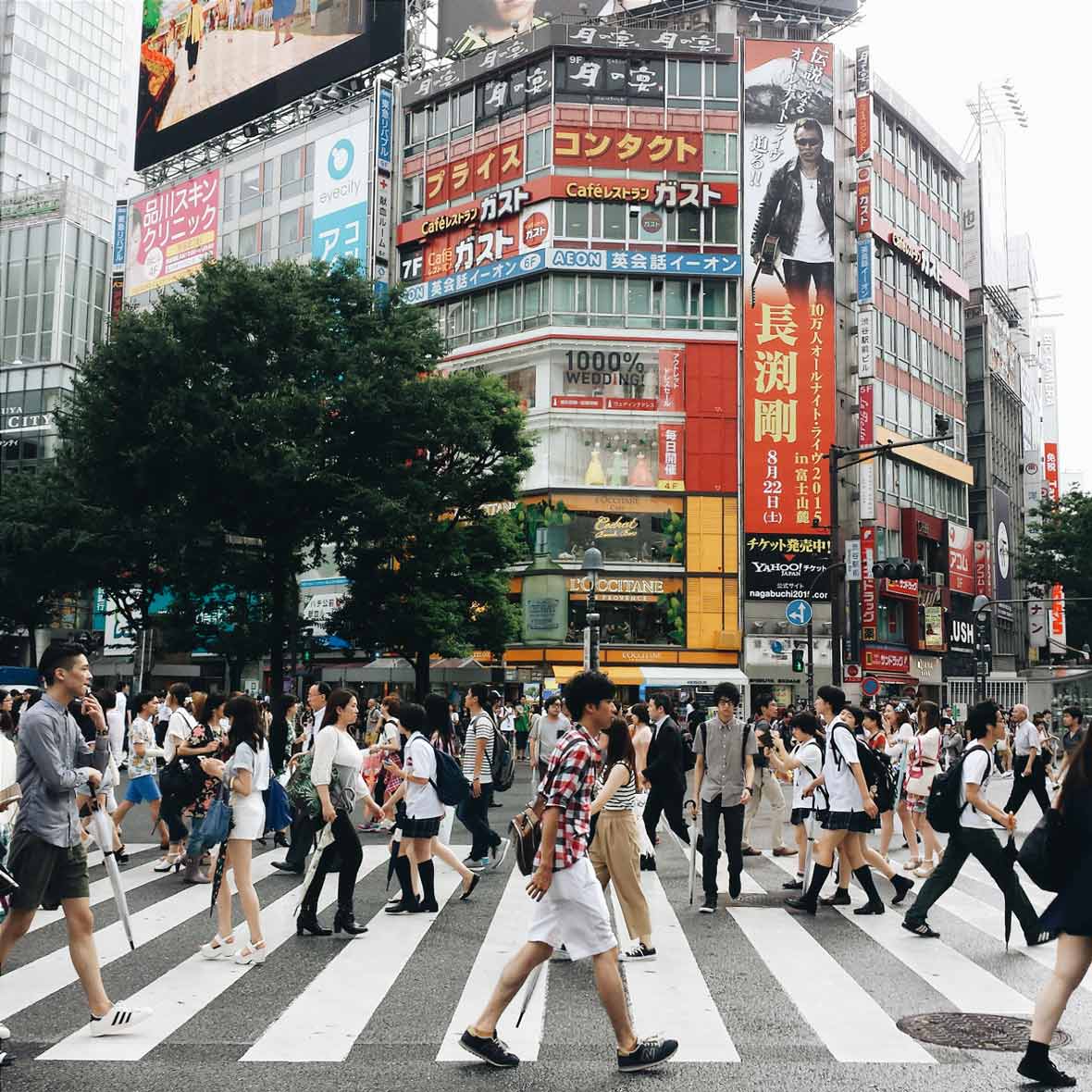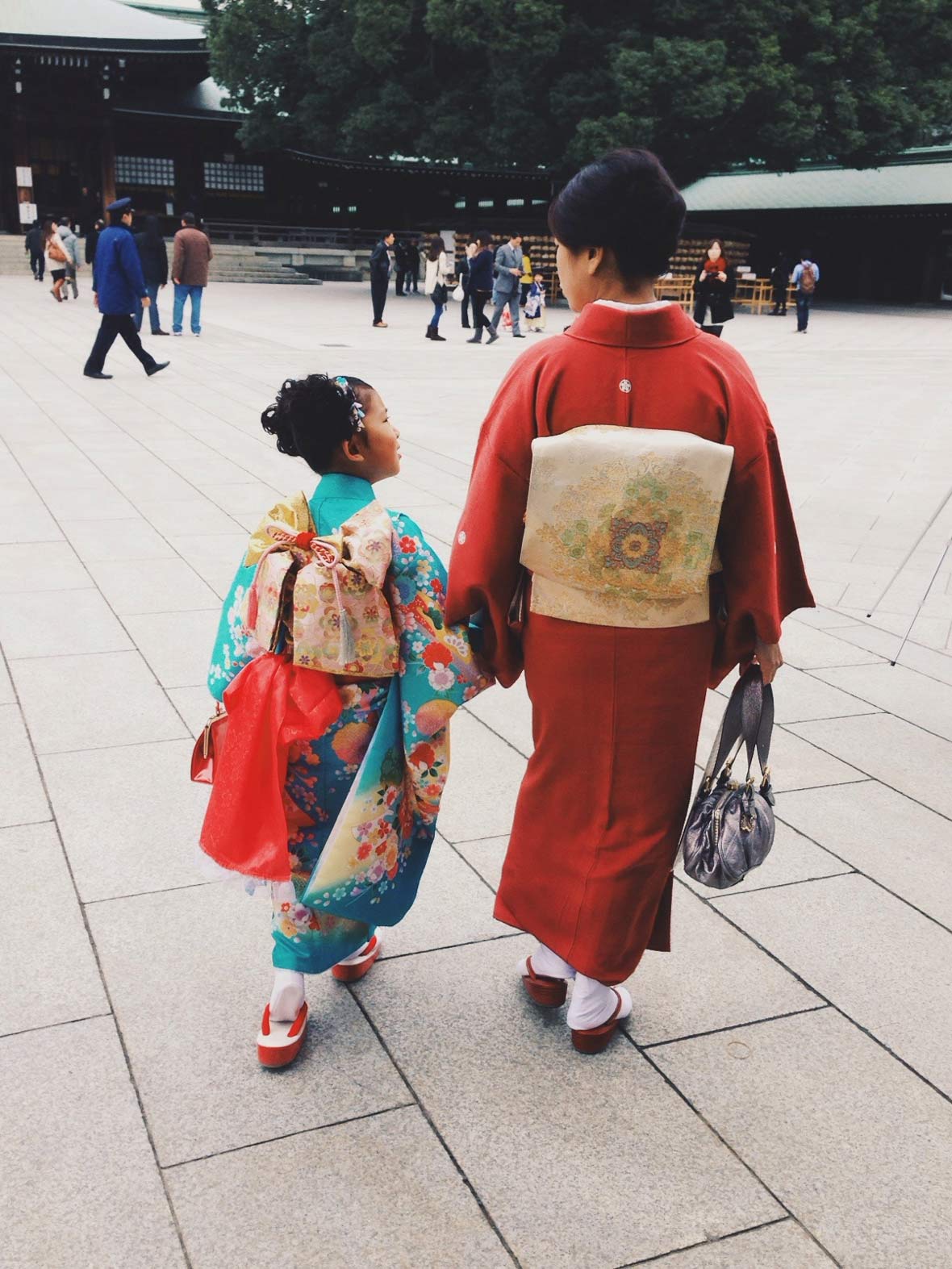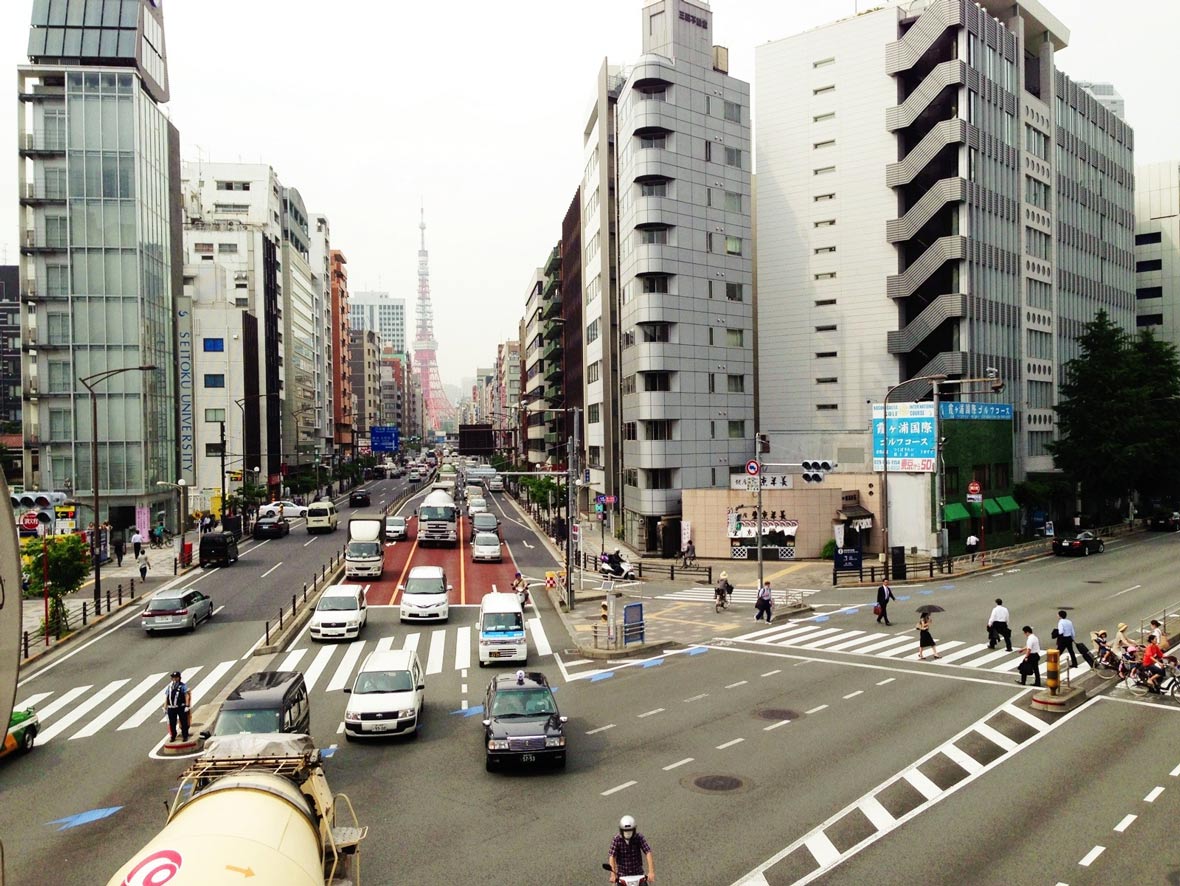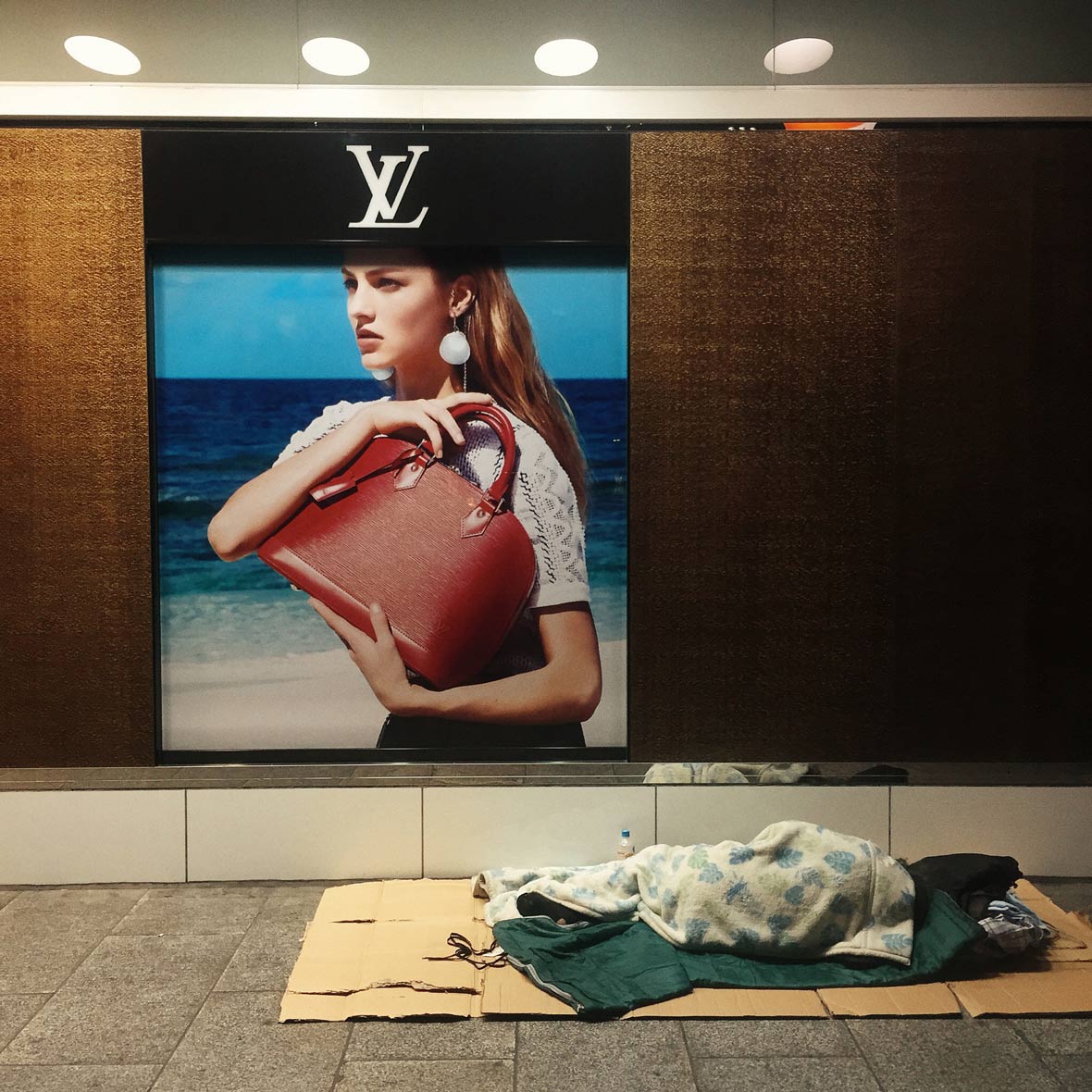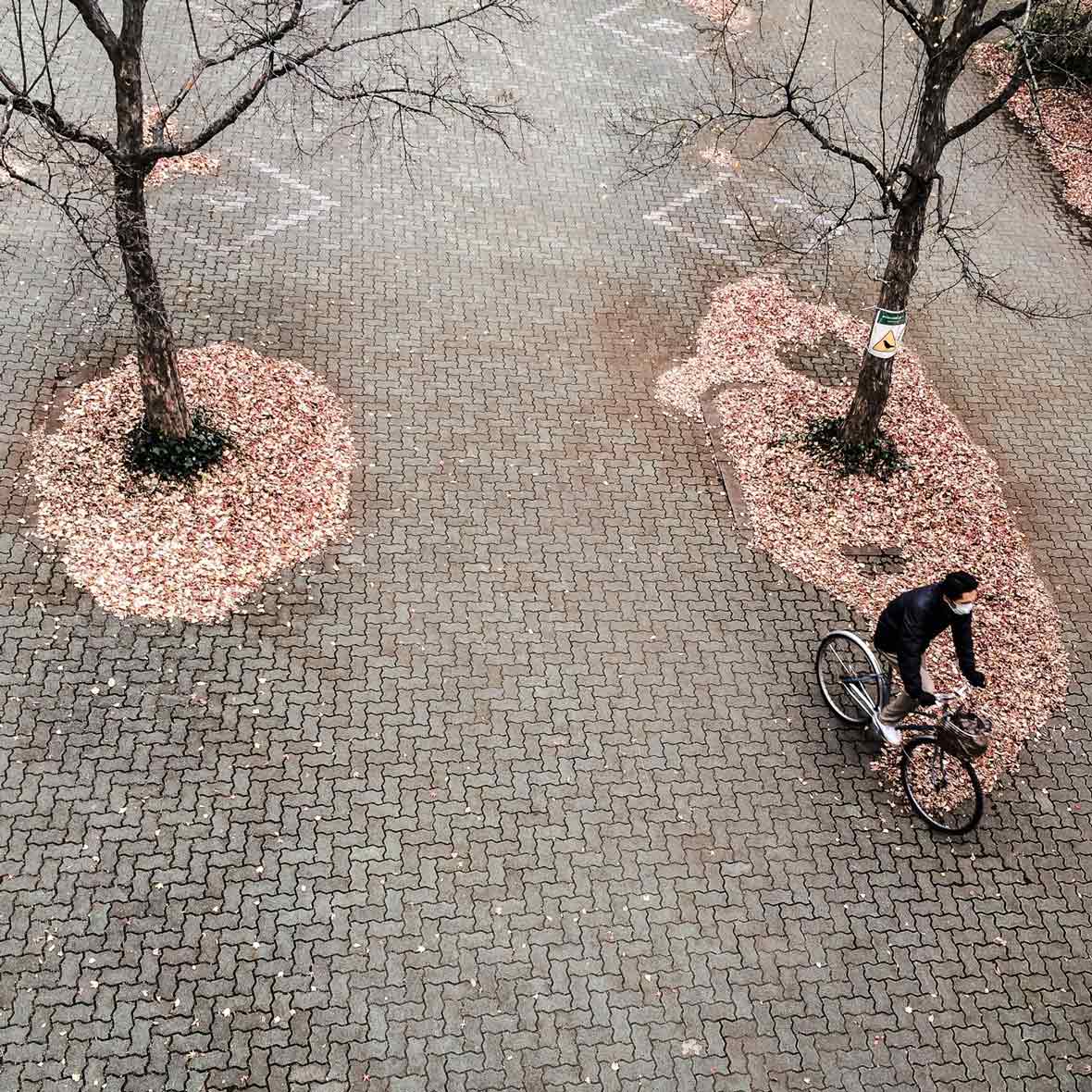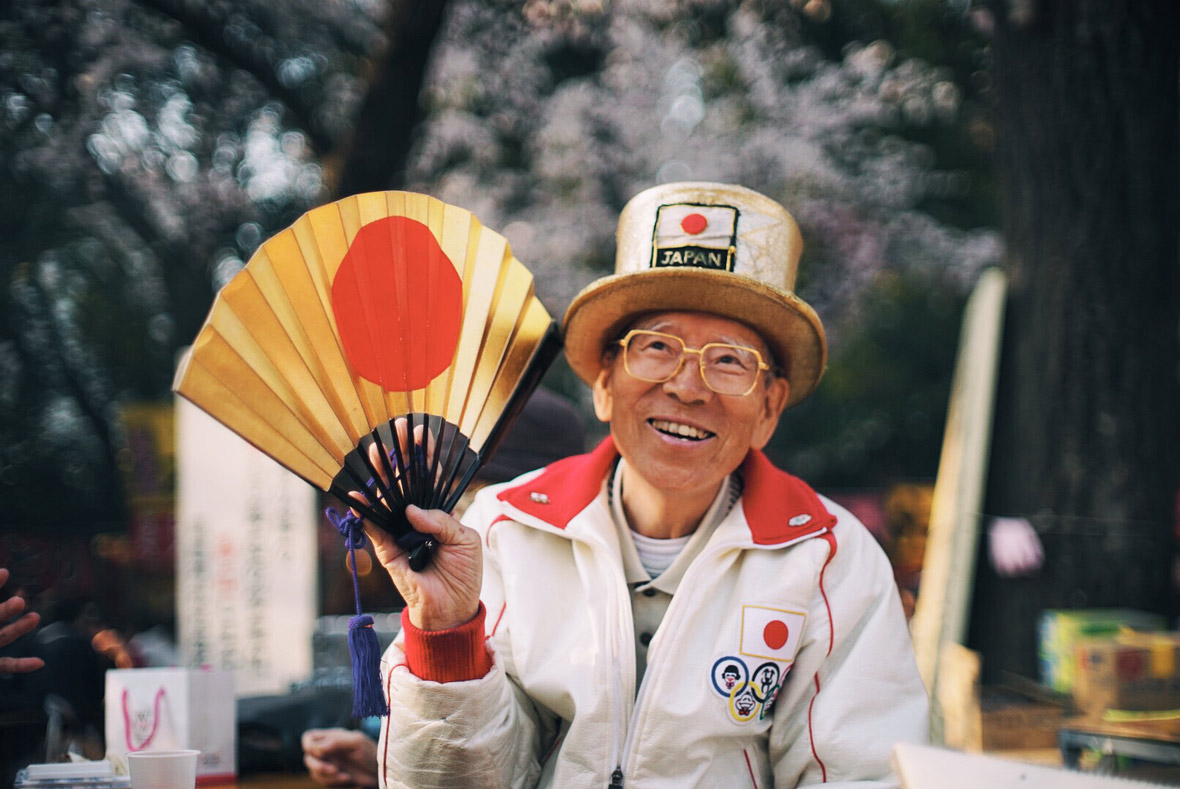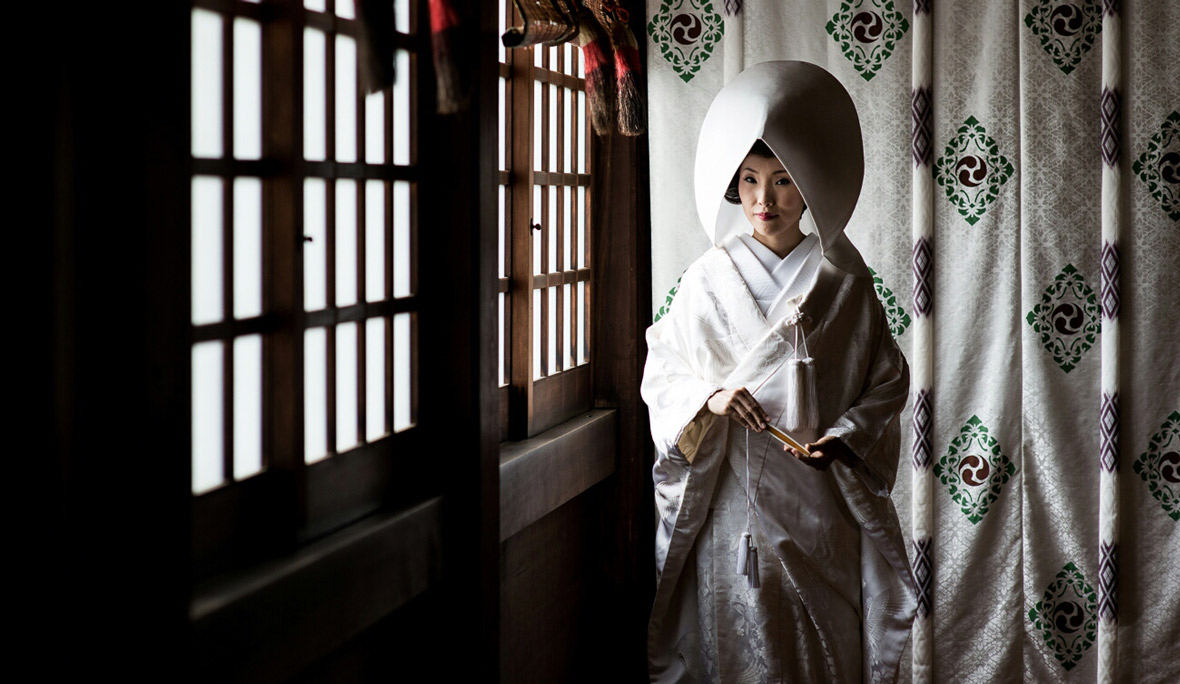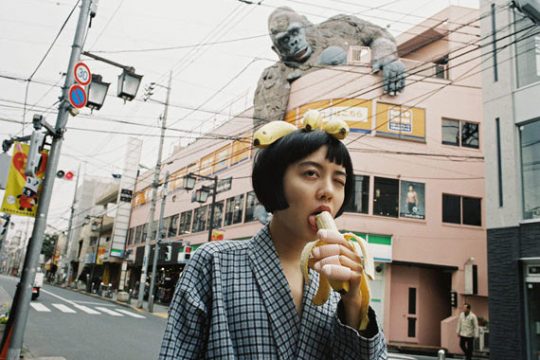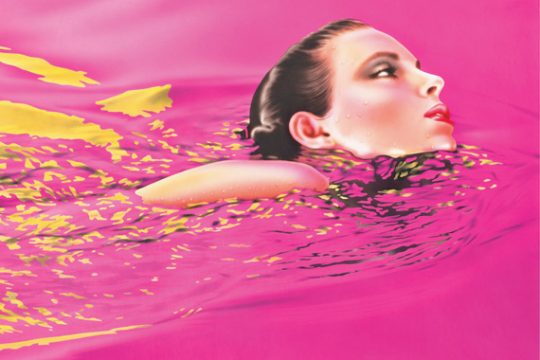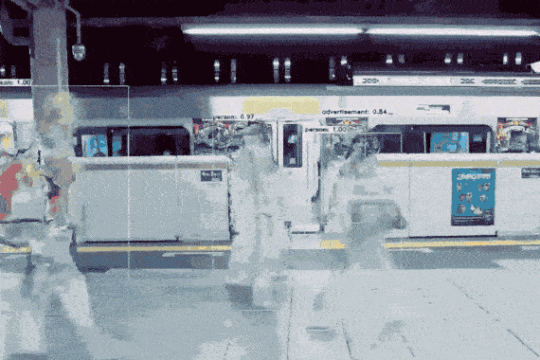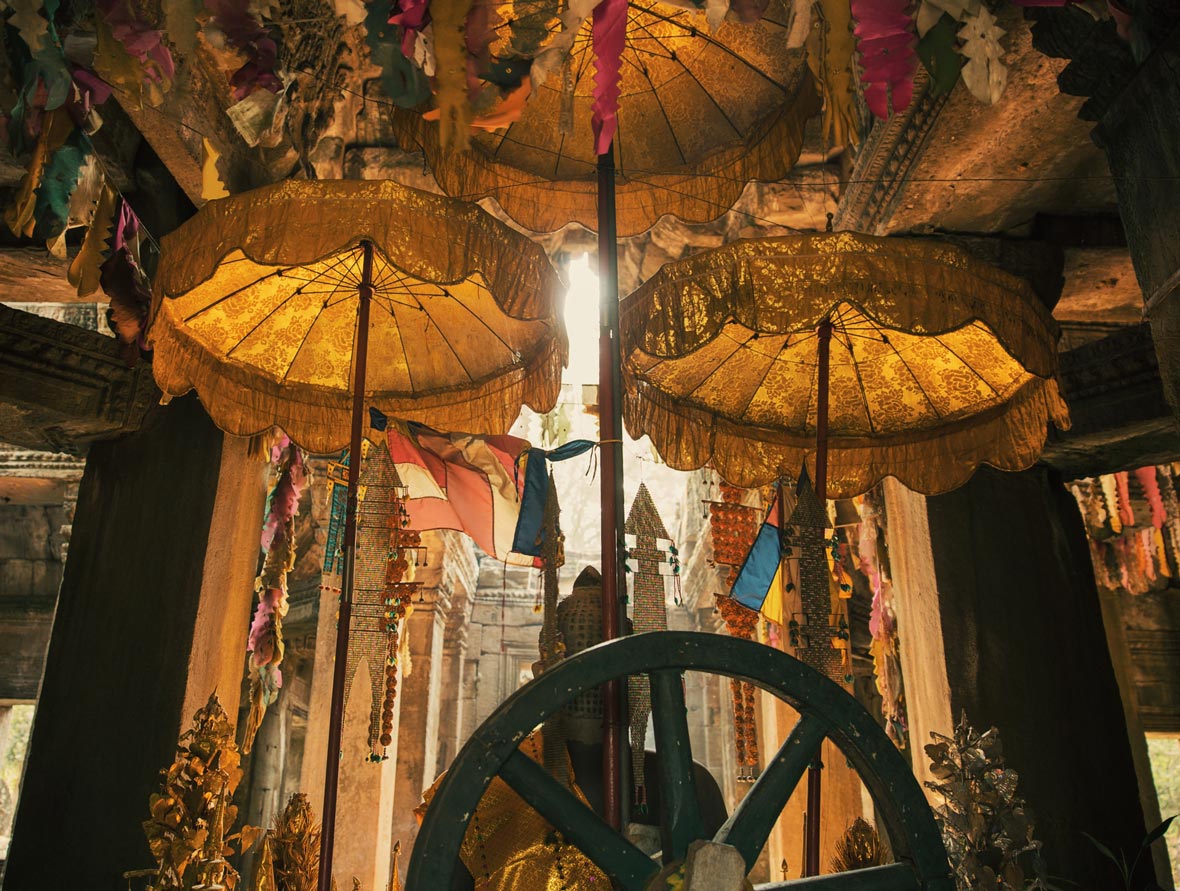
On what turned out to be one of the hottest days of the year in Cambodia this past April, I along with my guide set out to explore the atmospheric ruins of Angkor, the former glorious capital city of the Khmer Empire. While the intense heat, reaching a scorching 40°C by mid-afternoon, is immensely unpleasant for exploring, it is a deterrent that helps keep the usual hordes of tourists away. During those days in Siem Reap, bats were reportedly falling out of the sky – and in Battambang, dead monkeys were found by the roadside, many of them expired from dehydration.
ចំពោះអ្វីៗដែលបានបញ្ជាក់យ៉ាងច្បាស់គឺថ្ងៃមួយក្នុងចំណោមថ្ងៃដ៍ក្តៅខ្លាំងបំផុតក្នុងប្រទេសកម្ពុជាកាលពីខែមេសាកន្លងទៅនេះ ខ្ញុំរួមជាមួយនឹងមគ្គុទេសក៏របស់ខ្ញុំ បានចាប់ផ្តើមគយគន់បរិយាកាសនៃប្រាសាទអង្គរវត្ត ដែលជាអតីតកាលនៃរាជធានីដ៏រុងរឿងនៃចក្រភពខ្មែរ។ ក្នុងខណៈពេលដែលមានកម្តៅយ៉ាងខ្លាំងដែលក្តៅហែងមានកម្រិតរហូតដល់40 អង្សារនៅពាក់កណ្តាលពេលរសៀល គឺវាមិនគួរឲ្យជាទីពេញចិត្តទាល់តែសោះដើម្បីធ្វើការគយគន់។ វាគឺជាអ្វីៗដែលធ្វើឲ្យរាញញើតដែលជួយរារាំងក្រុមទេសចរទាំងឡាយឲ្យចាកចេញឆ្ងាយ។ ក្នុងកំឡុងថ្ងៃទាំងនោះនៃទីរួមខេត្តសៀមរាប សត្វប្រជៀវទាំងឡាយត្រូវបានគេរាយការណ៍មកថាមានពាសពេញមេឃ ហើយចំណែកឯនៅខេត្តបាត់ដំបងវិញ គេឃើញមានស្វាទាំងឡាយងាប់នៅតាមដងផ្លូវ និងសត្វស្វាជាច្រើនបានស្លាប់ដោយ កង្វះទឹកនៅក្នុងខ្លួន។
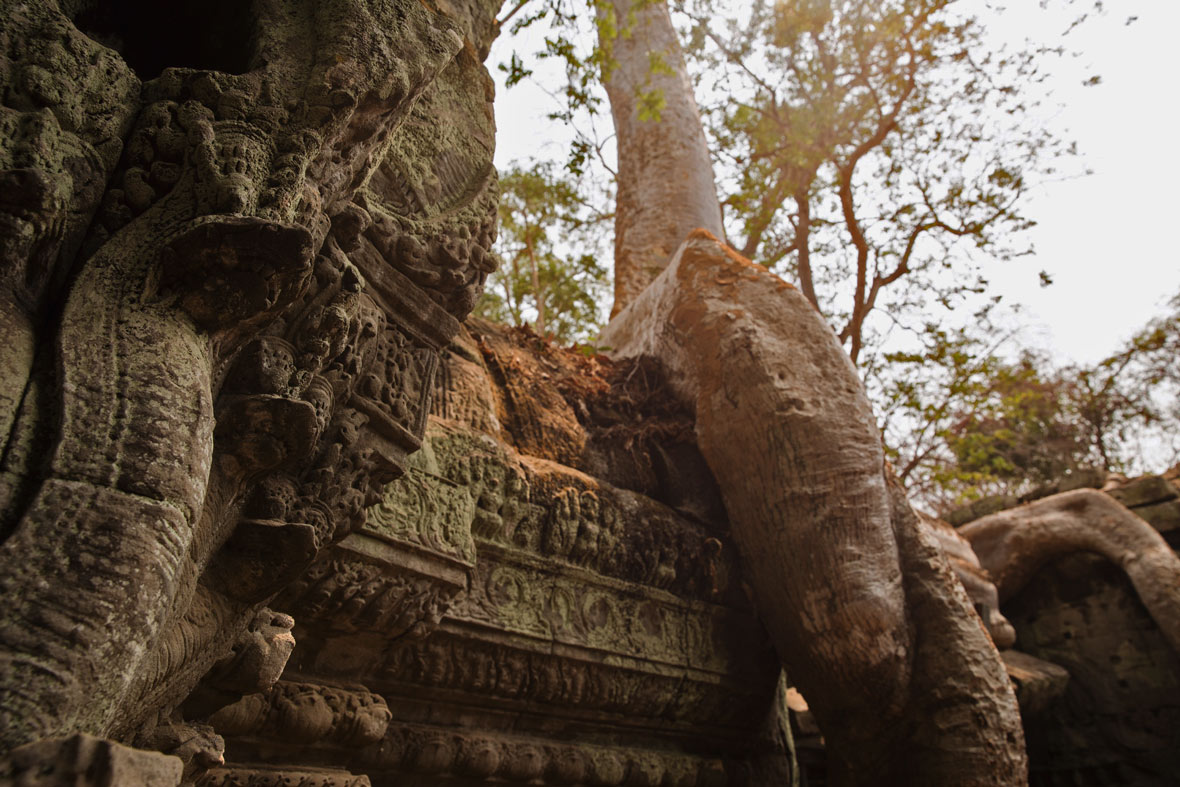
Angkor, which is a Khmer word, originally derives from the Sanskrit word nagara, which means “city”. It also refers to the former Khmer capital city, located about five kilometers north of present-day Siem Reap. The ancient city contains the ruins of thousands of spectacular religious temples, including its most famous temple, the magnificent Angkor Wat. The Khmer Empire was one of the most important civilizations of southeast Asia; its territory once included all of Cambodia, parts of southeast Thailand, and northern Vietnam. Angkor boasts an impressive medieval hydraulic system built by the city’s engineers, beautifully ornate architecture, and an extensive network of roads – but today all that is left are the ruins of structures, sometimes surreally overrun by large trees or left in a state of disarray.
អង្គរ ជាភាសាខ្មែរដែលពីដំបូងកើតចេញពីពាក្យសំស្ក្រឹត ណាហ្ការា ដែលមានន័យថា “ទីក្រុង”។វាសំដៅទៅលើអតីតរាជធានីខ្មែរ ដែលមានទីតាំងប្រហែលប្រាំគីឡូម៉ែត្រភាគខាងជើងនៃខេត្តសៀមរាបនាបច្ចុប្បន្ន។ ទីក្រុងបុរាណមានប្រាសាទរាប់ពាន់ក្នុងប្រាសាទសាសនាដ៏អស្ចារ្យនេះ រួមមានប្រាសាទល្បីបំផុតរបស់ខ្លួនជាអង្គរវត្តដ៏ល្អឆើតឆាយ។ អធិរាជាណាចក្រខ្មែរជាផ្នែកមួយនៃភាពស៊ីវិល័យសំខាន់បំផុតនៃតំបន់អាស៊ីអាគ្នេយ៍; ទឹកដីរបស់ខ្លួននៅពេលដែលរួមបញ្ចូលទាំងអស់មកជាប្រទេសកម្ពុជា ដែលរួមមានបណ្តាផ្នែកភាគខាងត្បូងឆៀងខាងកើតនៃប្រទេសថៃ និងភាគខាងជើងនៃប្រទេសវៀតណាម។ អង្គរមានប្រព័ន្ធធារាសាស្ត្រនាមជ្ឈិមសម័យគួរឱ្យចាប់អារម្មណ៍បានសាងសង់ឡើងដោយវិស្វកររបស់ក្រុងនេះ ស្ថាបត្យកម្មតុបតែងលម្អស្រស់ស្អាត និងមានបណ្តាញផ្លូវថ្នល់ធំទូលាយ– ប៉ុន្តែអ្វីទាំងអស់ដែលនៅសល់នោះគឺសំណង់ប្រាង្គប្រាសាទ ពេលខ្លះមានការខូចខាតយ៉ាងពិតប្រាកដដោយសារដើមឈើធំៗ ឬស្ថិតក្នុងស្ថានភាពច្របូកច្របល់។
I started the day walking around the ancient Buddhist temple at Banteay Kdei and Ta Prohm with my guide, who made frequent stops to explain to me the meaning of etchings in the walls and the functions of the different chambers and enclosures we passed through. There were some visible signs of ongoing restoration work at Ta Prohm, but over the years, a lot of it has quietly been left in ruins – admittedly by the École Française d’Extrême-Orient, who led the early efforts to restore the dilapidated structures, as a “concession to the general taste for the picturesque.” With the passage of time, giant and imposing silk-cottom and fig trees have eerily and spectacularly blended into and grown on top of the structures.
ខ្ញុំបានចាប់ផ្តើមថ្ងៃនេះដើរនៅជុំវិញប្រាសាទព្រះពុទ្ធសាសនានៅសម័យបុរាណនៅឯប្រាសាទបន្ទាយក្តី និងប្រាសាទតាព្រហ្ម ជាមួយអ្នកនាំផ្លូវរបស់ខ្ញុំ ជាអ្នកដែលបានឈប់ជាញឹកញាប់ដើម្បីធ្វើការពន្យល់ខ្ញុំពីអត្ថន័យនៃចម្លាក់ ក្នុងជញ្ជាំង និងមុខងារតាមបន្ទប់ និងតាមប្រាង្គផ្សេងៗដែលយើងបានឆ្លងកាត់។ មានសញ្ញាដែលអាចមើលឃើញមួយចំនួននៃការងារស្តារឡើងវិញដែលកំពុងត្រូវបានគេធ្វើបន្តនៅឯប្រាសាទតាព្រហ្ម ប៉ុន្តែច្រើនឆ្នាំមកហើយ វាមានច្រើនទៀតណាស់ដែលបានសេសសល់យ៉ាងស្ងៀមស្ងាតក្នុងប្រាសាទ – ដែលបានរកឃើញដោយសាលាស្រាវជ្រាវបារាំង, ជាអ្នកដែលបានដឹកនាំកិច្ចខិតខំប្រឹងប្រែងដើម្បីស្តាររចនាសម្ព័ន្ធទ្រុឌទ្រោមដើមឡើងវិញ ដូចជា “ការប្រគល់ឱ្យ ដើម្បីសាកល្បងទូរទៅសម្រាប់វិចិត្រកម្មគំនូរ។” ជាមួយនិងការកំណត់នៃពេលវេលា, ប្រៀបដូចជាយក្ស និងកប្បាសសូត្រ និងឧទុម្ពរបានលាយបញ្ចូលគ្នាទាំងស្រុងក្នុងភាពប្លែកៗគ្នា និងការដាំដុះនៅលើកំពូលនៃសំណង់នេះ។
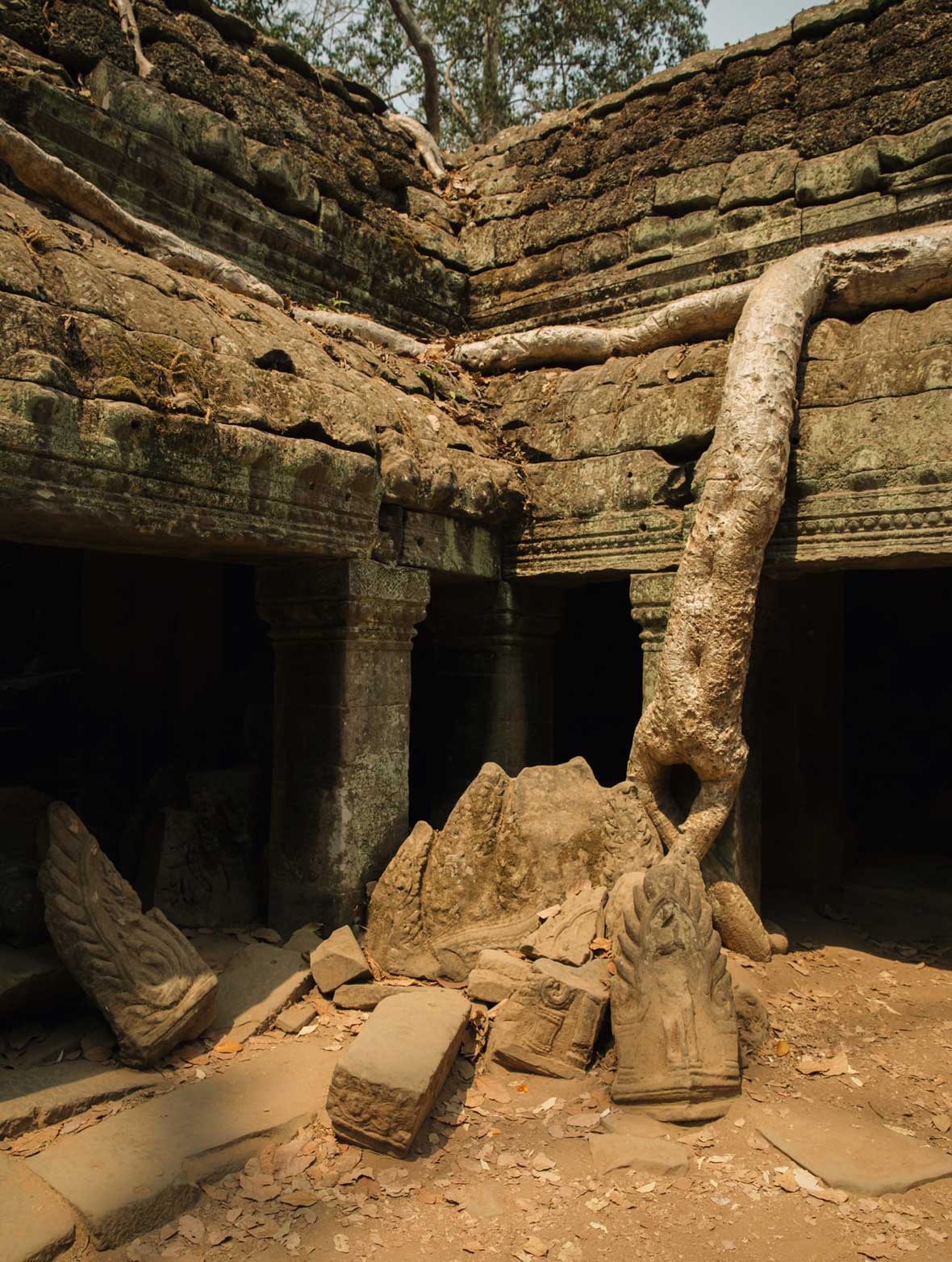
Originally built as a Mahayana Buddhist monastery and school, Ta Prohm was eventually abandoned after the fall of the Khmer Empire in the 15th century. Like the rest of Angkor, it prospered for centuries but, after the mysterious collapse of the Khmer Empire, was abandoned and neglected for centuries. The overgrowth of vegetation at Ta Prohm has made it a popular destination for photographers – in many places appearing as if the surrounding jungle has swallowed up the entire complex of ancient temples.
បានកសាងដំបូងជាវត្តអារាមសម្រាប់អ្នកកាន់ព្រះពុទ្ធសាសនាមហាយាន និងសាលារៀន នៅទីបំផុតប្រាសាទតាព្រហ្មត្រូវបានគេបោះបង់ចោលបន្ទាប់ពីការដួលរលំនៃចក្រភពខ្មែរនៅក្នុងសតវត្សទី 15 ។ ដូចជានៅសល់នៃអង្គរ វាបានរុងរឿងជាច្រើនសតវត្ស ប៉ុន្តែបន្ទាប់ពីការដួលរលំដ៏អាថ៍កំបាំងនៃអាណាចក្រខ្មែរ វាក៏ត្រូវបានបោះបង់ចោល និងការធ្វេសប្រហែសជាច្រើនសតវត្ស។ រុក្ខជាតិនានាដុះព័ទ្ធពាសពេញប្រាសាទតាព្រហ្មនេះបានធ្វើឱ្យវាជាគោលដៅពេញនិយមសម្រាប់អ្នកថតរូប – ក្នុងកន្លែងជាច្រើនបានលេចមុខចេញ ក៏ដូចជាប្រសិនបើព្រៃនៅជុំវិញនោះបានលេបយកសំណងខ្វាត់ខ្វែងទាំងមូលនៃប្រាសាទបុរាណ។
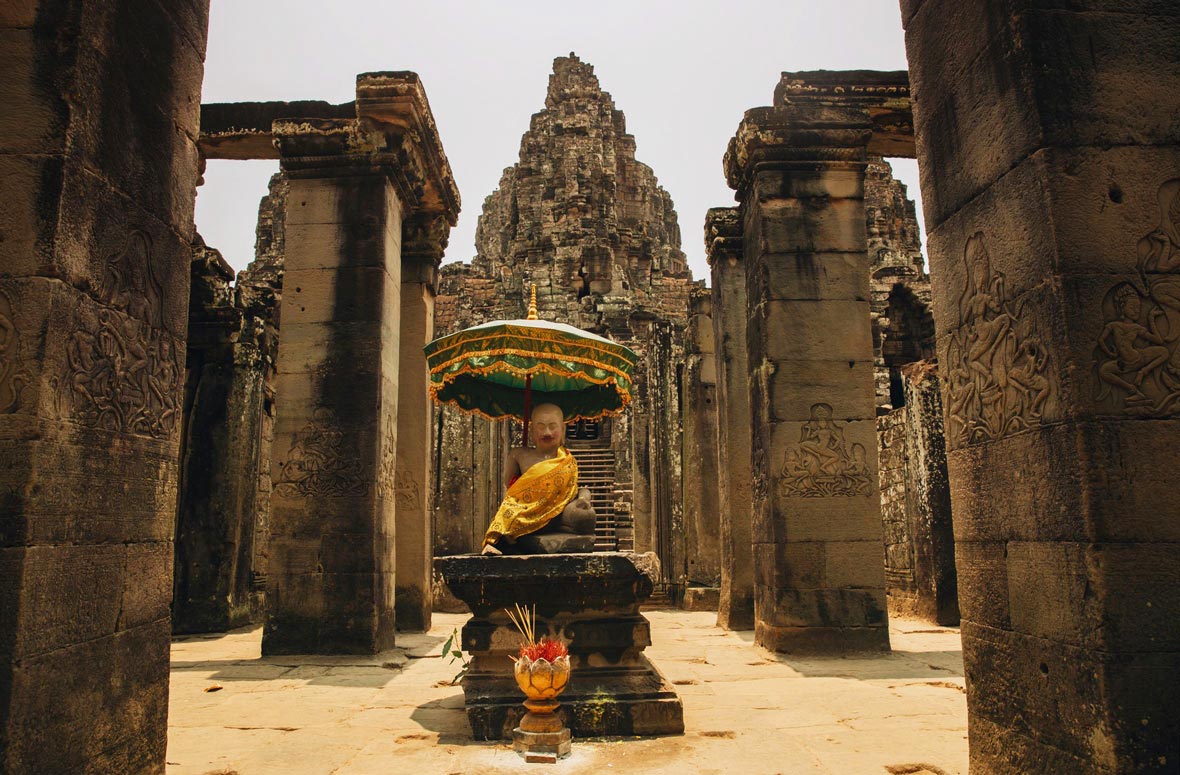
To the west of Ta Prohm is Angkor Thom, meaning “great city”, the last effective capital city of Angkor – and in the 12th century, it was then also the world’s largest city. At the exact center of Angkor Thom is the Bayon, the famous Khmer temple, which at the top of its towers, features a multitude of serene, smiling stone faces. Reportedly there are over 2000 carved faces on this structure. The baroque style and compressed claustrophobic spaces of the Bayon in Angkor Thom would be a stunning contrast with the classical ornate architecture and grand open spaces of Angkor Wat, which we head over to explore next.
ទៅភាគខាងលិចនៃតាព្រហ្មគឺអង្គរធំមានន័យថា “មហានគរ” ដែលជារាជធានីដែលមានប្រសិទ្ធិភាពចុងក្រោយនៃអង្គរ – ហើយនៅក្នុងសតវត្សទី 12 វាជាទីក្រុងធំបន្ទាប់បំផុតរបស់ពិភពលោកផងដែរ។ នៅកណ្តាលពិតប្រាកដនៃអង្គរធំគឺបាយ័នជាប្រាសាទខ្មែរល្បីដែលនៅលើកំពូលនៃប៉មរបស់ខ្លួនមានលក្ខណៈពិសេសដែលមានមុខថ្មមួយញញឹមយ៉ាងស្ងប់ស្ងាត់។ តាមរបាយការណ៍ថាមានចម្លាក់មុខជាង 2000 ចម្លាក់លើរចនាសម្ព័ន្ធនេះ។ រចនាបថប្លែកៗ និងចន្លោះបង្ហាប់ទីចង្អៀត នៃប្រាសាទបាយ័នក្នុងអង្គរធំនឹងក្លាយជាវត្ថុគួរឱ្យភ្ញាក់ផ្អើលជាមួយ និងស្ថាបត្យកម្មបុរាណនិងចន្លោះតុបតែងបើកចំហរនៃប្រាសាទអង្គរវត្តដែលយើងបានធ្វើដំណើរទៅស្វែងរកក្រោយ។
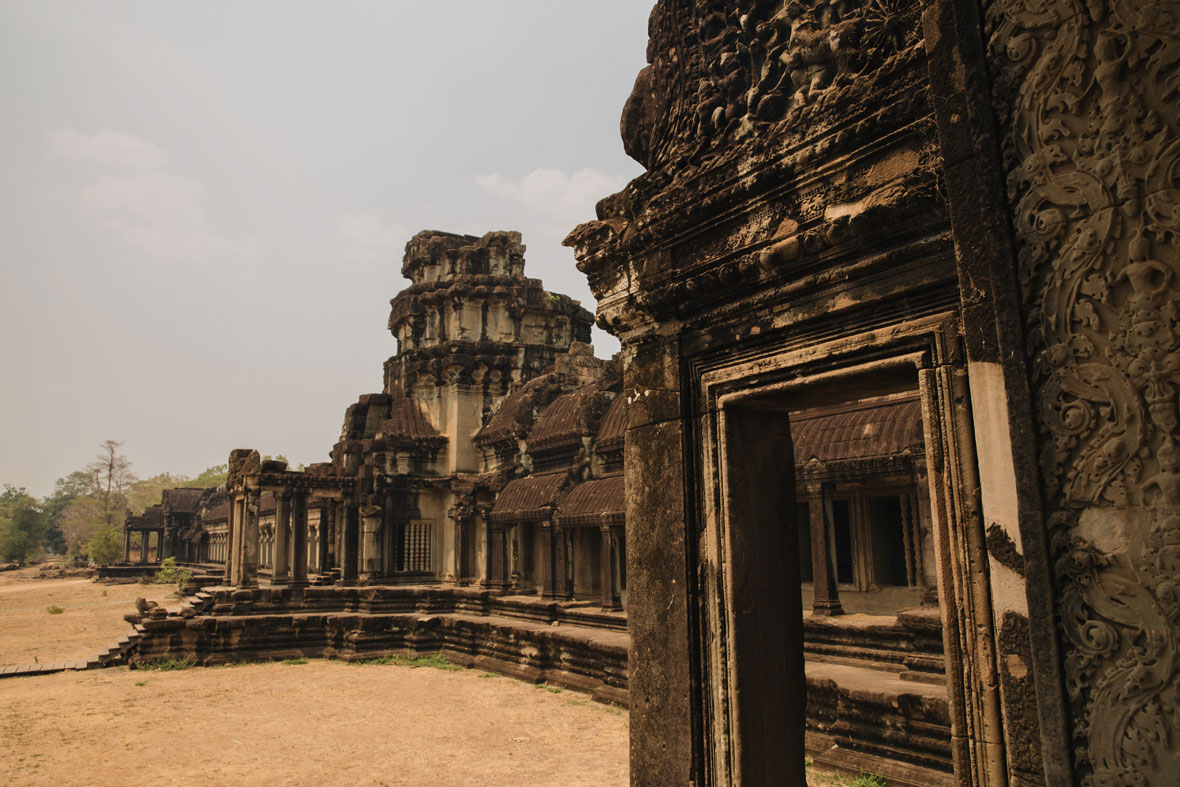
Now midday, at the height of the day’s intense heat, I have lunch just outside of Angkor Wat: a Cambodian fish amok, sticky rice mango with coconut milk, and fresh coconut water to drink. Although reluctant to head back into the heat, my guide and I are eager to continue exploring our last stop of the day – and so we cross over the famed moat of Angkor Wat and enter the temple complex from the main causeway. Once inside, I am amazed by the sheer scale and grandeur of the place. The best preserved temple of all in Angkor, Angkor Wat represents the high classical style of Khmer architecture. The amount of detail in its bas-reliefs and wall etchings is staggering.
ឥឡូវថ្ងៃត្រង់ នៅកម្ពស់នៃការកំដៅយ៉ាងខ្លាំងនៅថ្ងៃនេះ ខ្ញុំហូបអាហារថ្ងៃត្រង់នៅខាងក្រៅនៃប្រាសាទអង្គរវត្ត: ត្រីអាំង ម្ជូរស្វាយ បាយដំណើបខ្ទិះដូង និងទឹកដូងស្រស់ដើម្បីផឹក។ ទោះបីជាស្ទាក់ស្ទើរក្នុងការធ្វើដំណើរត្រឡប់មកក្រោមកម្តៅវិញក៏ដោយ ក៏មគ្គុទេសក៍របស់ខ្ញុំហើយនិងខ្ញុចង់បន្តការរុករកកន្លែងឈប់ចុងក្រោយរបស់ពួកយើងនៃថ្ងៃនោះ – ដូច្នេះយើងបានឆ្លងកាត់គូរទឹកល្បីល្បាញនៃប្រាសាទអង្គរវត្ត និងច្រកចូលប្រាសាទពីច្រកឆ្លងកាត់គូរទឹកសំខាន់ៗ។ ពេលដែលនៅខាងក្នុង, ខ្ញុំភ្ញាក់ផ្អើលយ៉ាងខ្លាំងដោយទំហំបរិមាណនិងភាពអស្ចារ្យនៃកន្លែង។ ប្រាសាទត្រូវបានថែរក្សាយ៉ាងល្អបំផុតទាំងអស់នៅក្នុងអង្គរ ប្រាសាទអង្គរវត្តតំណាងឱ្យរចនាបថបុរាណជាន់ខ្ពស់នៃស្ថាបត្យកម្មខ្មែរ។ ចំនួនរៀបរាប់ក្នុងចម្លាក់លៀនស្រាលៗ និងតាមគែមជញ្ជាំងគឺគួរឱ្យភ្ញាក់ផ្អើល។

The largest religious monument in the world, Angkor Wat was originally built as a Hindu temple, then later transforming into a Buddhist temple and mausoleum for the Khmer King Suryavarman at the end of the 12th century. Today, shrines for both Vishnu and Buddha co-exist on the site and can be found at different locations in the complex. Because it is low season, I am fortunate to encounter fewer tourists in the temple and more religious pilgrims. Climbing up to the highest point of the temple, I am taken back by some of the views overlooking Angkor. Standing from up there, it felt like time stood still – and it was easy to imagine what the former Khmer Empire may have looked like many, many centuries ago. It was the perfect ending to an unforgettable day in the heat.
វិមានសាសនាធំជាងគេបំផុតនៅលើពិភពលោកដែលអង្គរវត្តត្រូវបានសាងសង់ឡើងជាប្រាសាទហិណ្ឌូមួយ បន្ទាប់ក្រោយមកបានផ្លាស់ប្តូរទៅជាព្រះវិហារព្រះពុទ្ធសាសនានិងព្រះសុសានសម្រាប់ព្រះបាទសូរ្យវរ្ម័នខ្មែរនៅចុងសតវត្សទី 12។ សព្វថ្ងៃនេះទីសក្ការៈបូជាសម្រាប់ទាំងព្រះវិស្ណុនិងព្រះពុទ្ធមាននៅលើសហតំបន់ និងអាចត្រូវបានរកឃើញនៅទីតាំងផ្សេងគ្នានៅក្នុងអគារខ្វាត់ខ្វែង។ ដោយសារតែវាជារដូវទាប, ខ្ញុំពិតជាសំណាងណាស់ដែលបានជួបប្រទះនៅព្រះវិហារមានភ្ញៀវទេសចរតិចតួចអ្នកធម្មយាត្រាសាសនា និងមនុស្សជាច្រើនទៀត។ ឡើងដល់ចំណុចខ្ពស់បំផុតនៃប្រាសាទនេះ, ខ្ញុំបានថតយកមកវិញនូវទេសភាពមួយចំនួននៃប្រាសាទអង្គរទាំងមូល។ ក្រោកឈរឡើងនៅទីនោះ វាមានអារម្មណ៍ដូចជាពេលវេលាដែលបានឈរនៅទីនោះដែរ – ហើយវាគឺជាការងាយស្រួលក្នុងការស្រមៃនូវអ្វីដែលជាអតីតកាលនៃអាណាចក្រខ្មែរ ប្រហែលជាមើលទៅដូចជាមនុស្សដ៏ច្រើនសតវត្សរ៍មកហើយ។ វាជាការបញ្ចប់យ៉ាងល្អឥតខ្ចោះមួយនៅក្រោមកម្តៅថ្ងៃដែលមិនអាចបំភ្លេចបាន។


